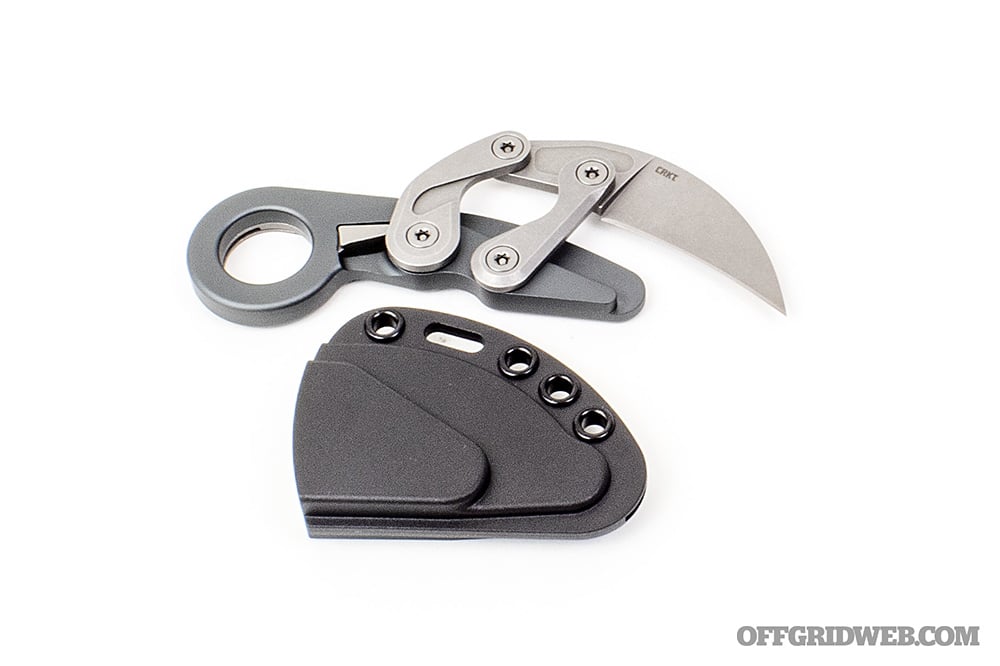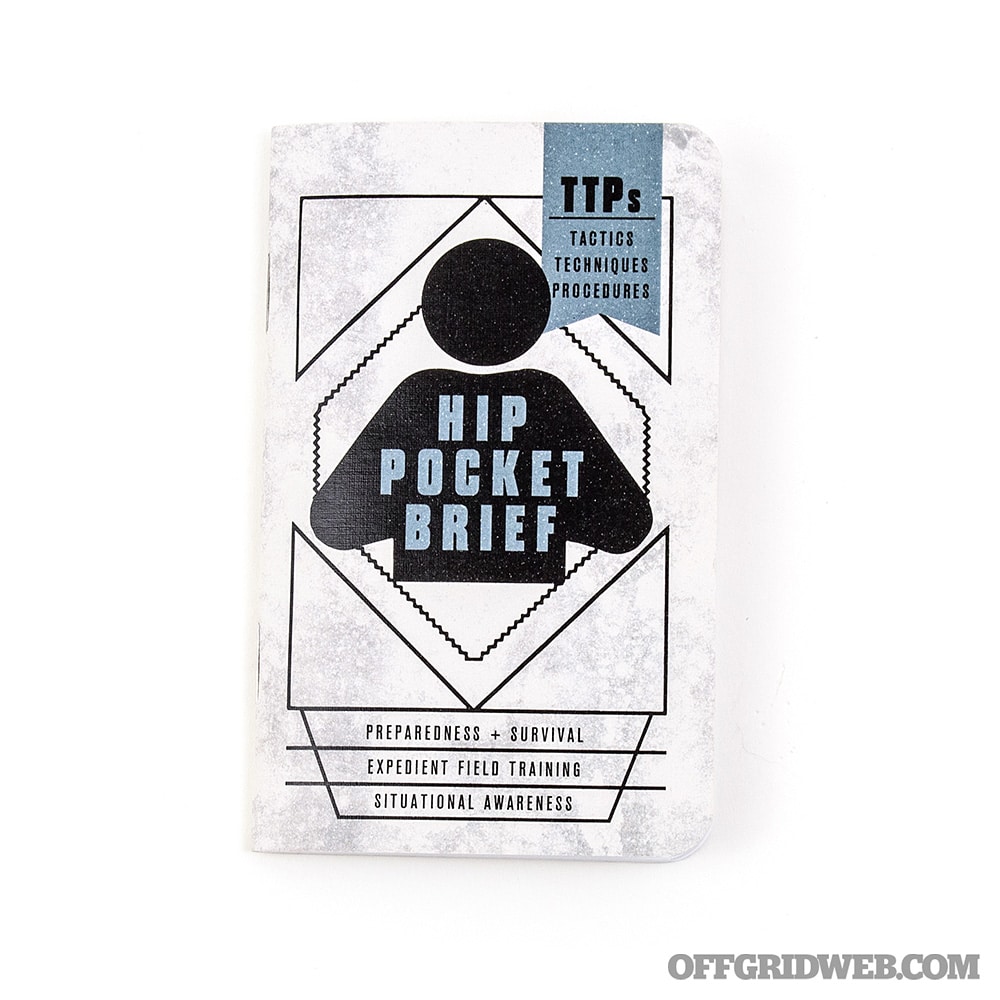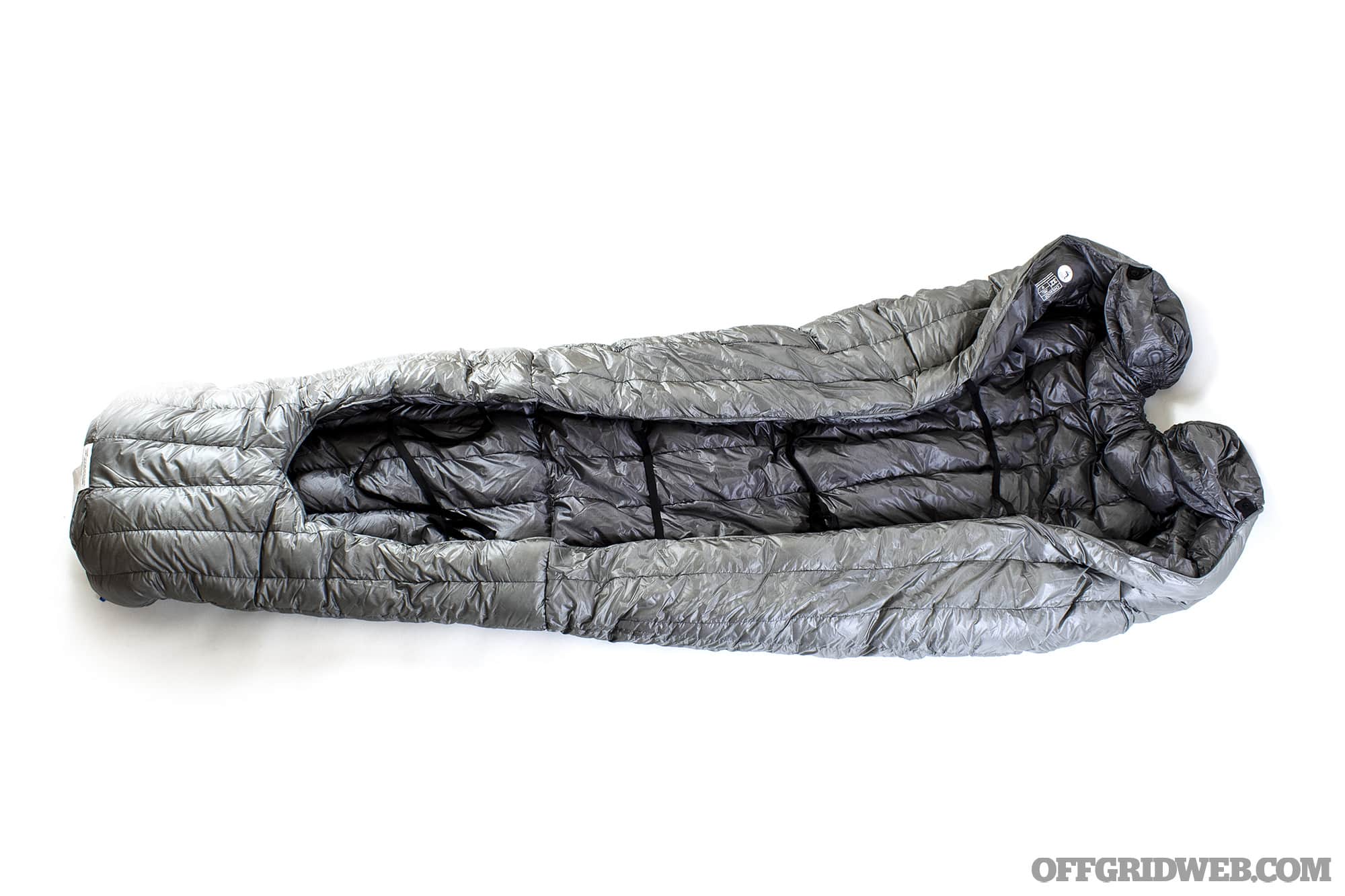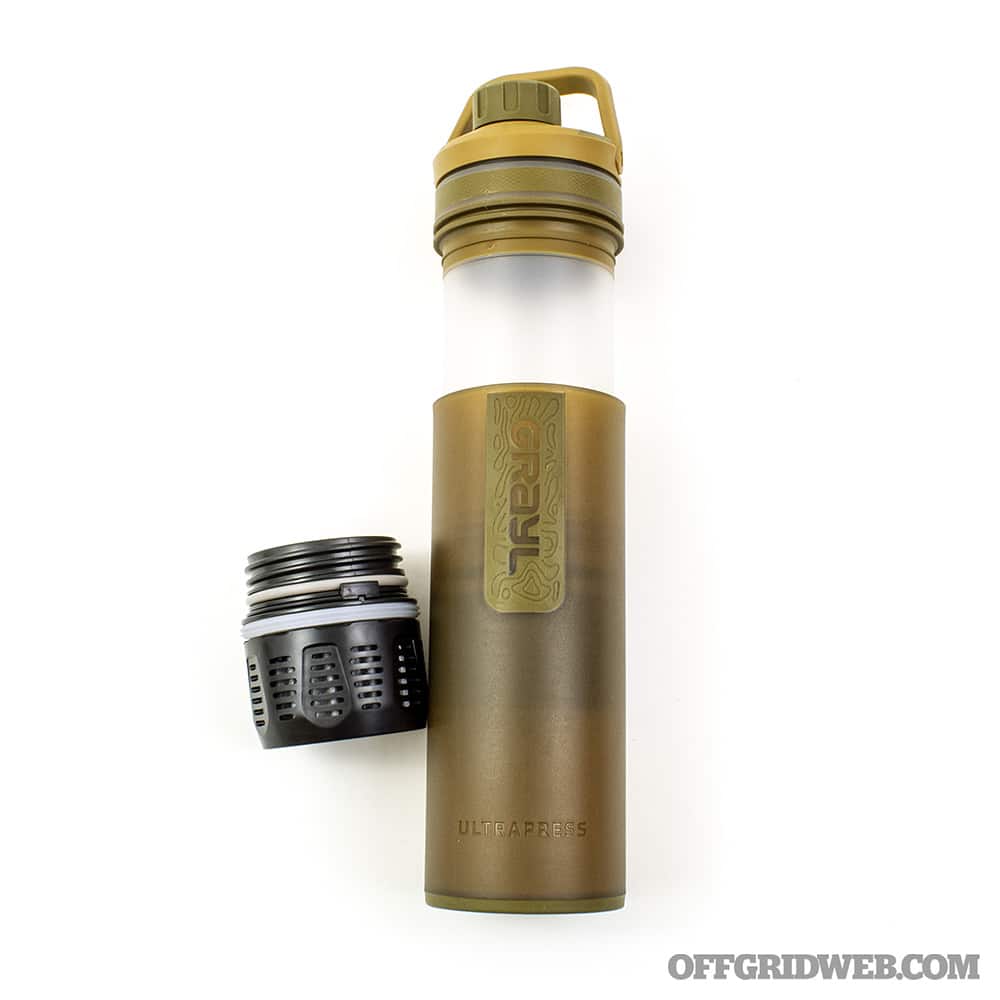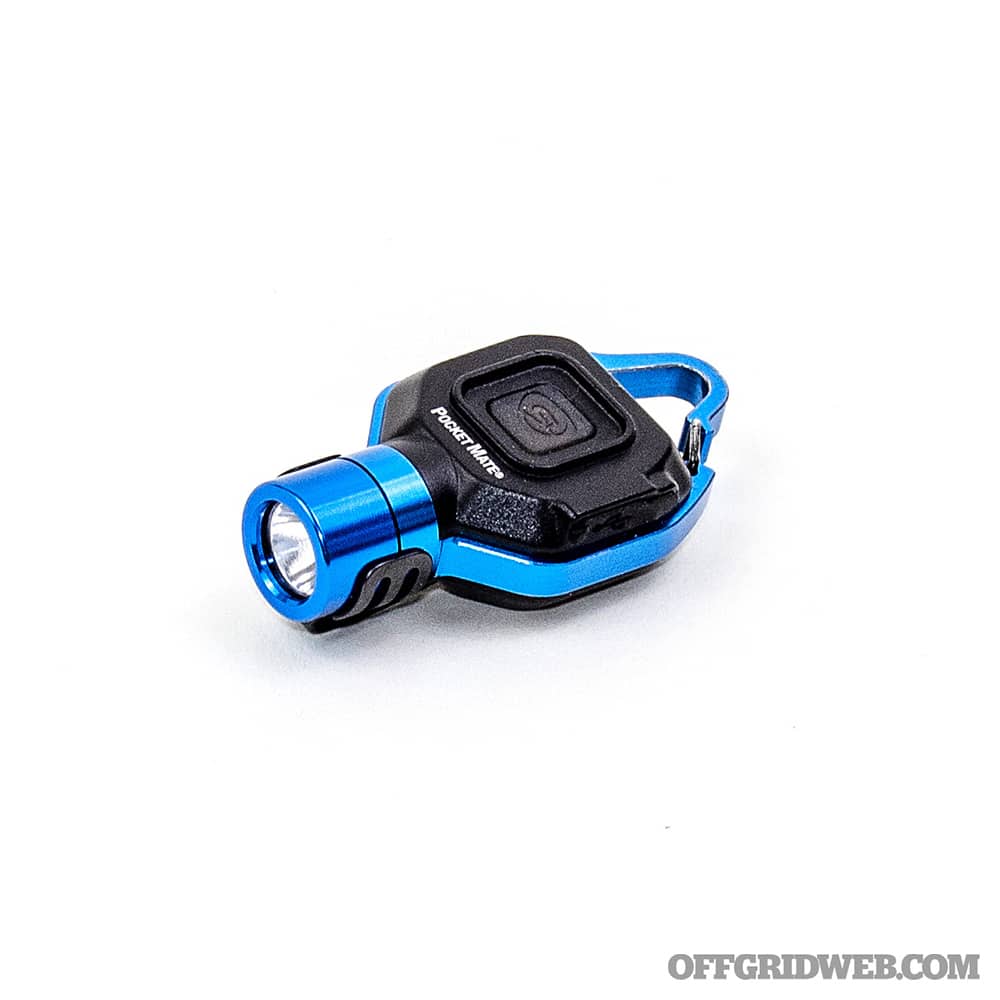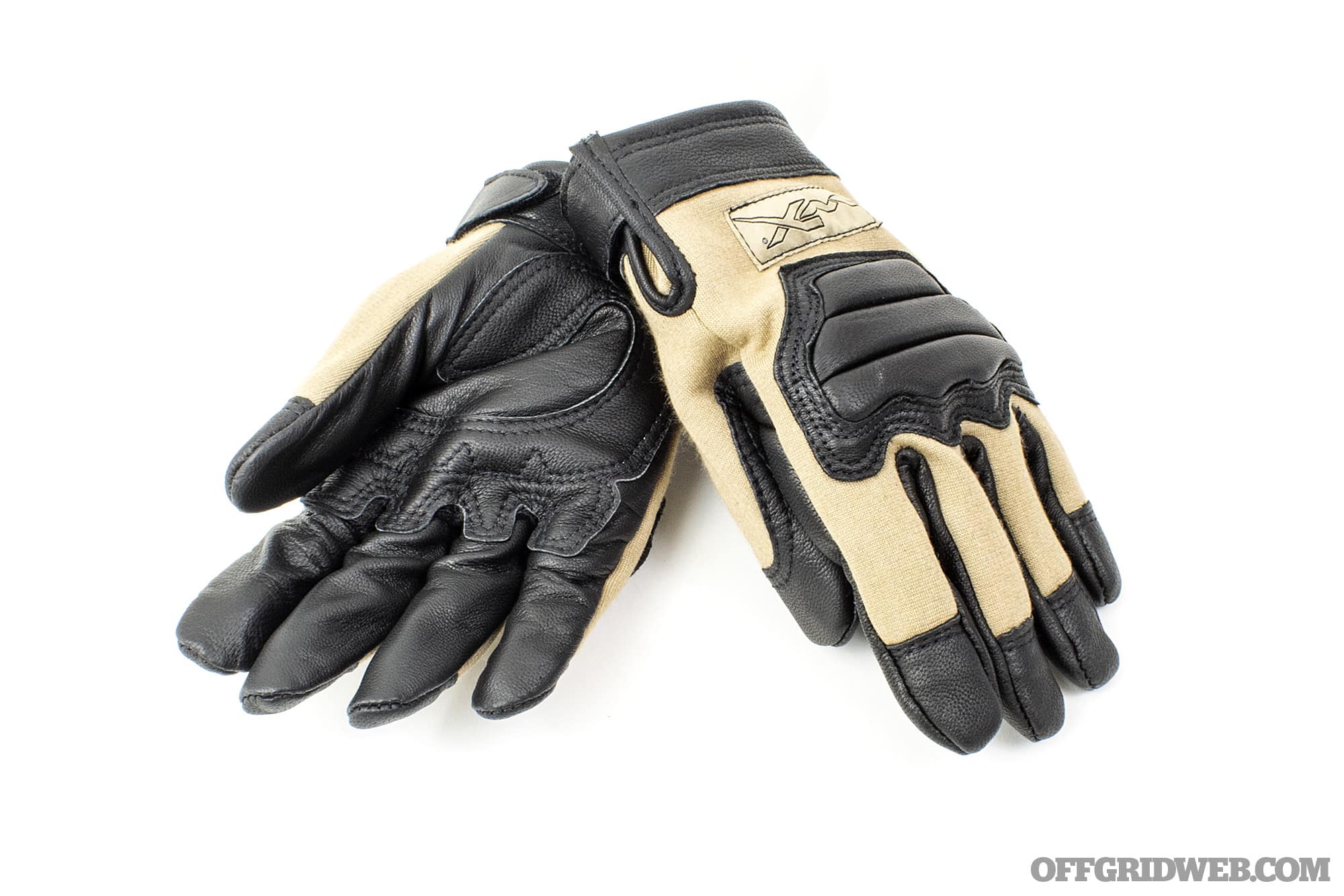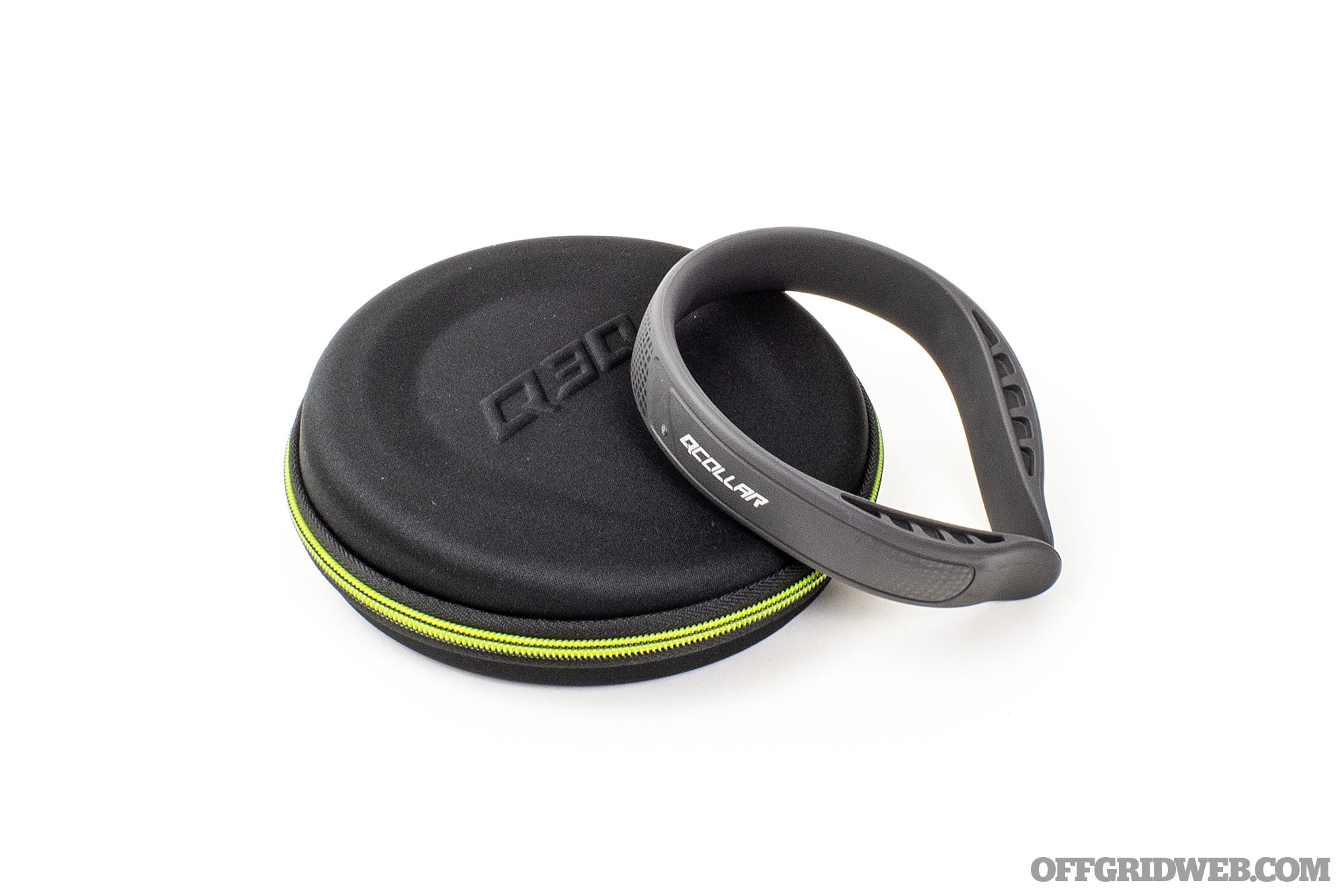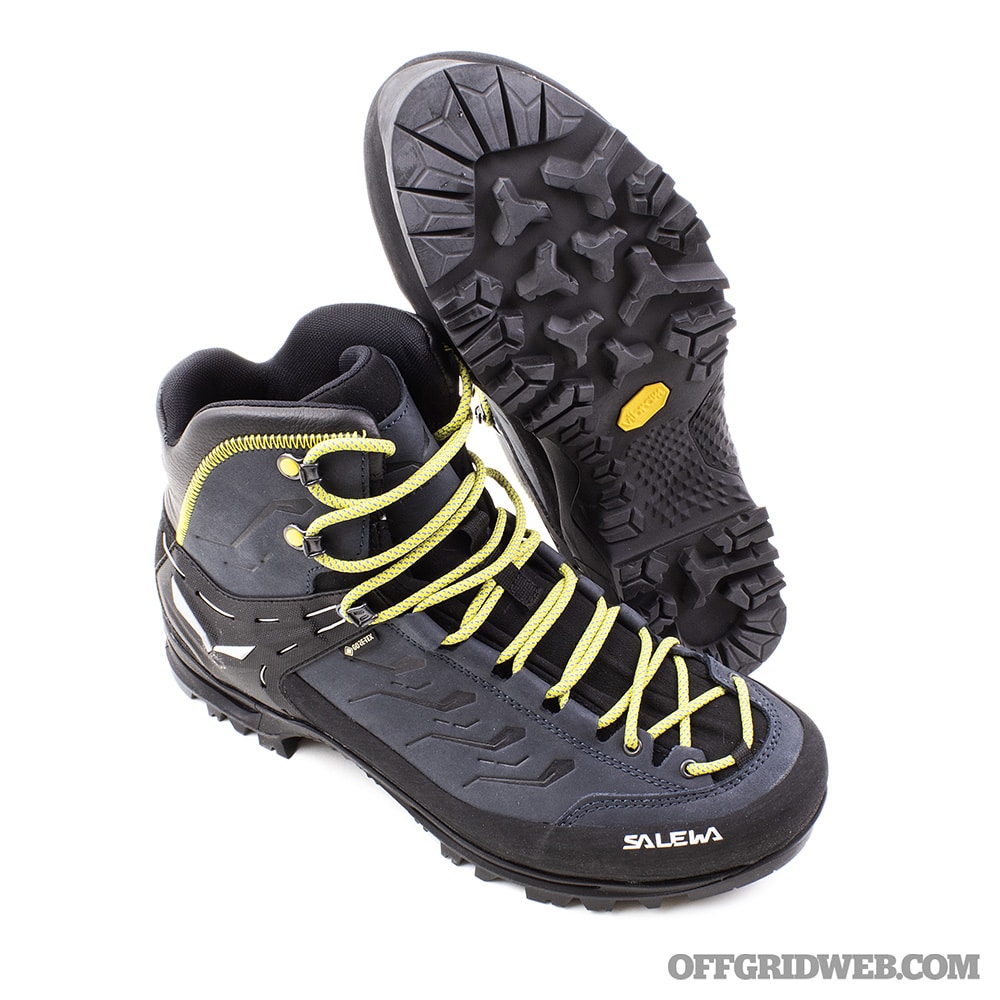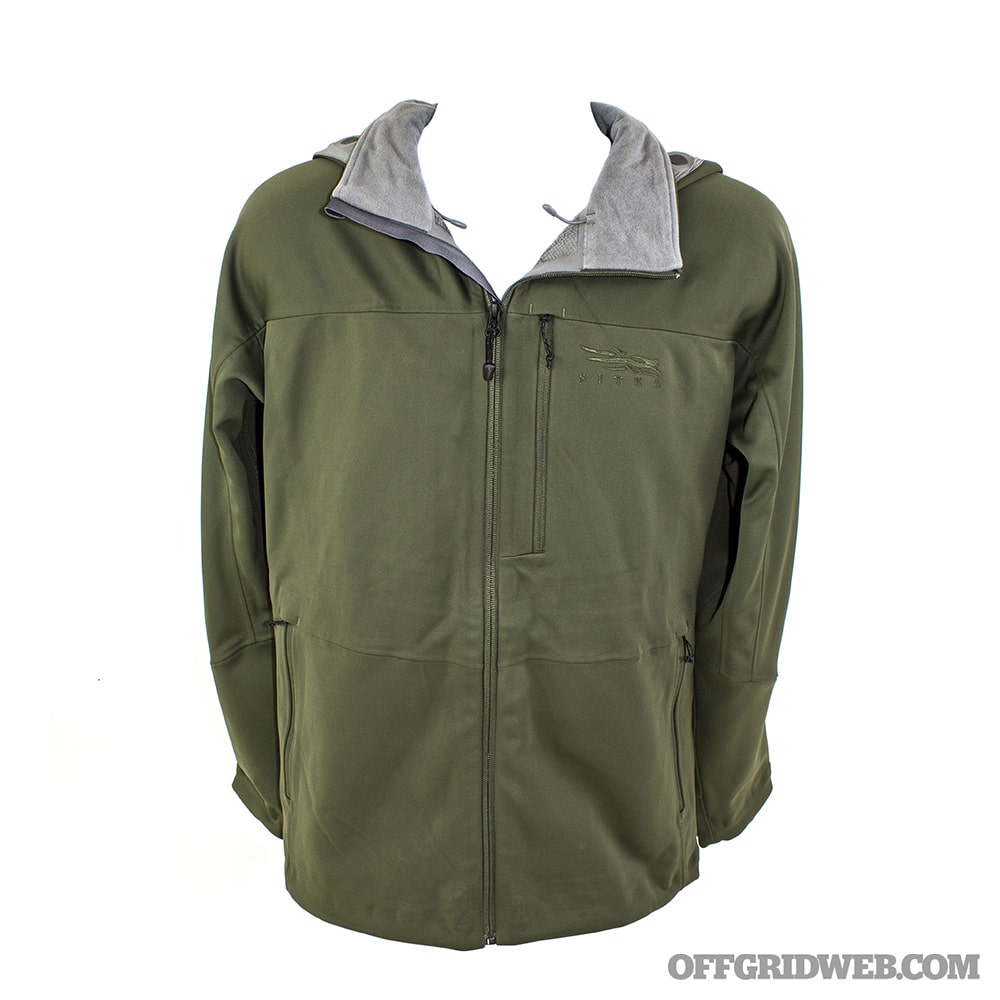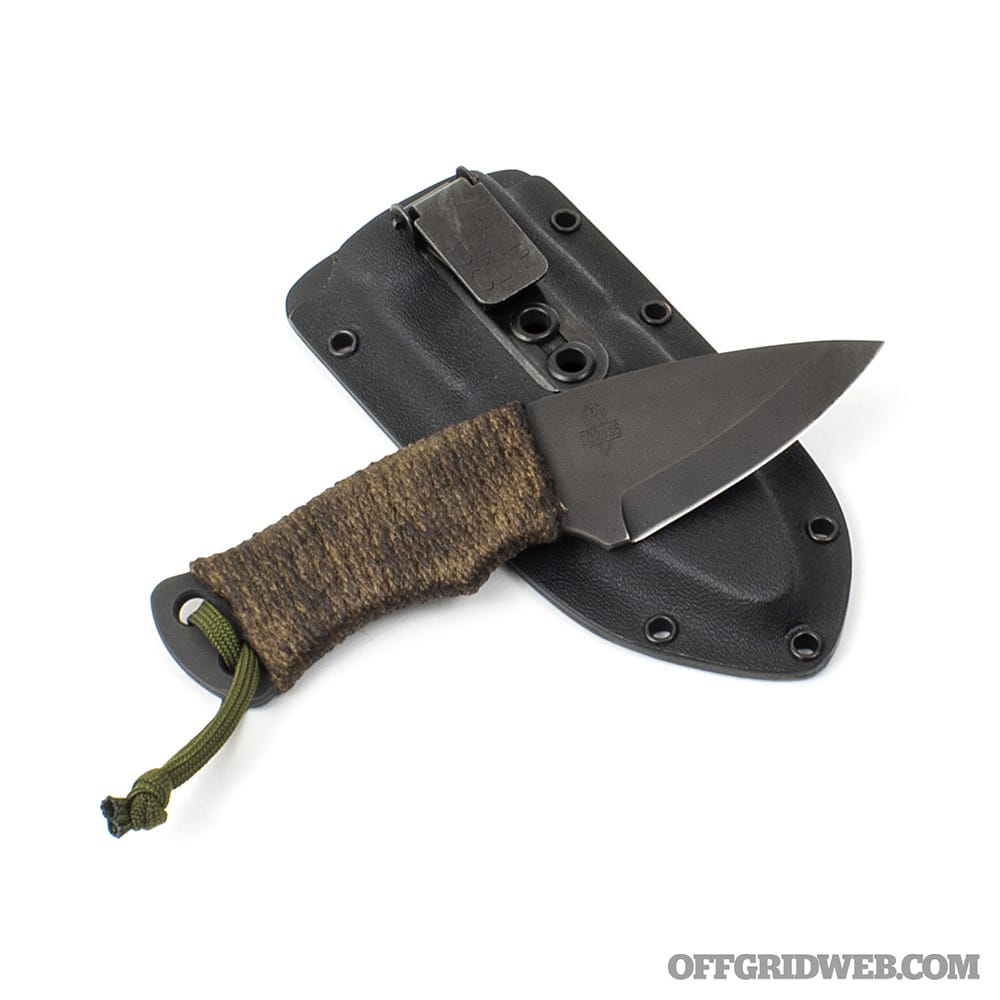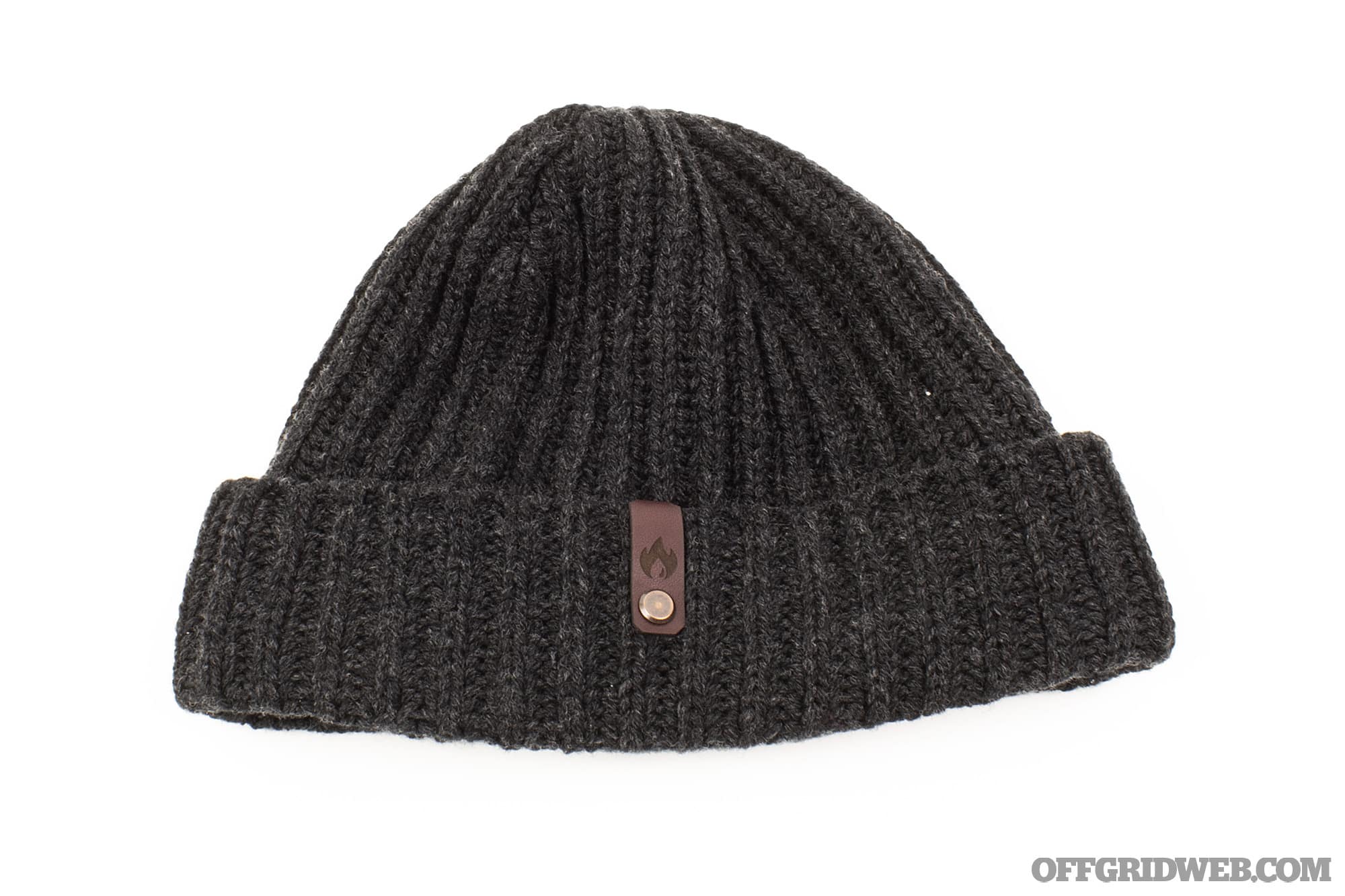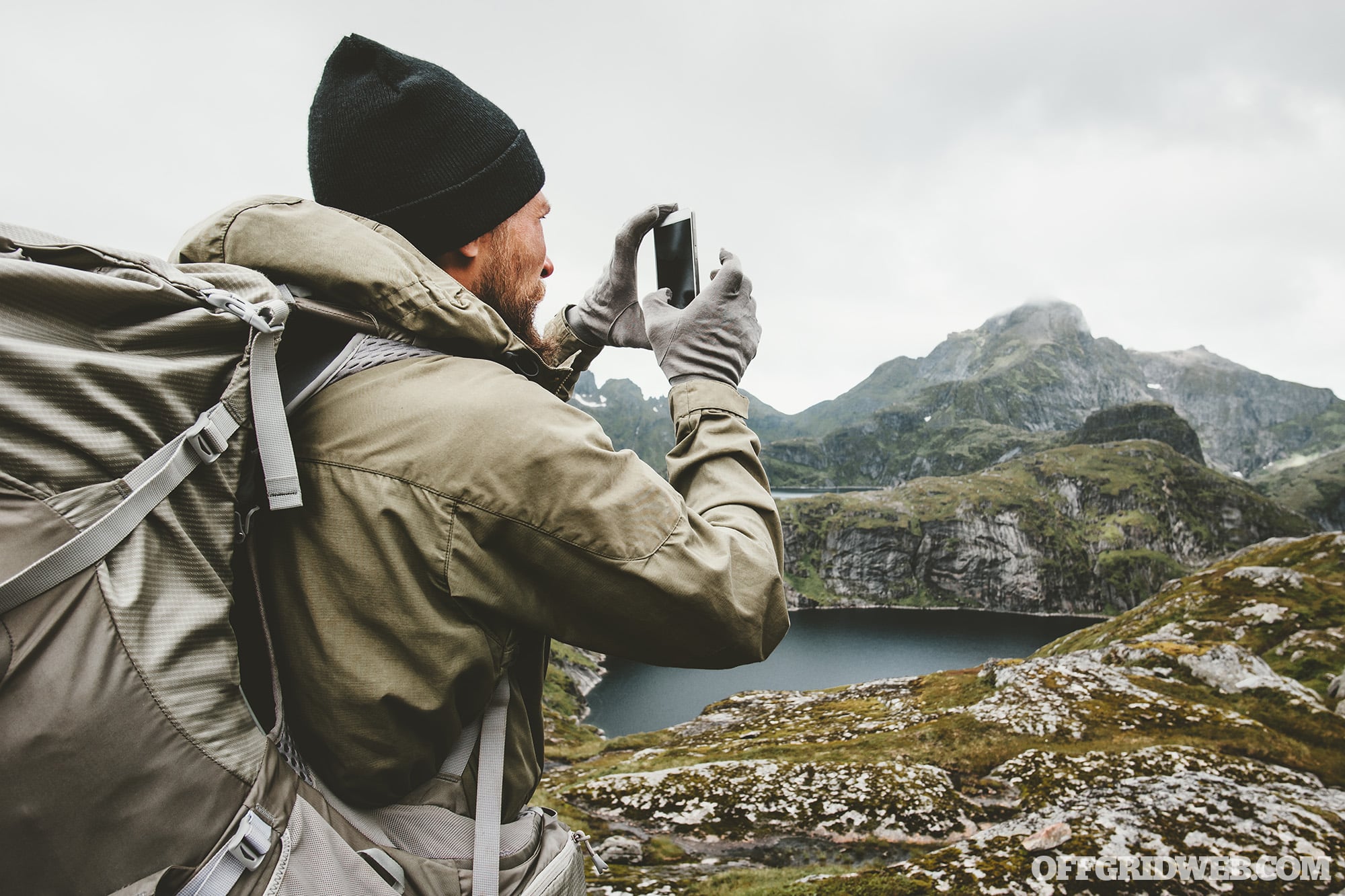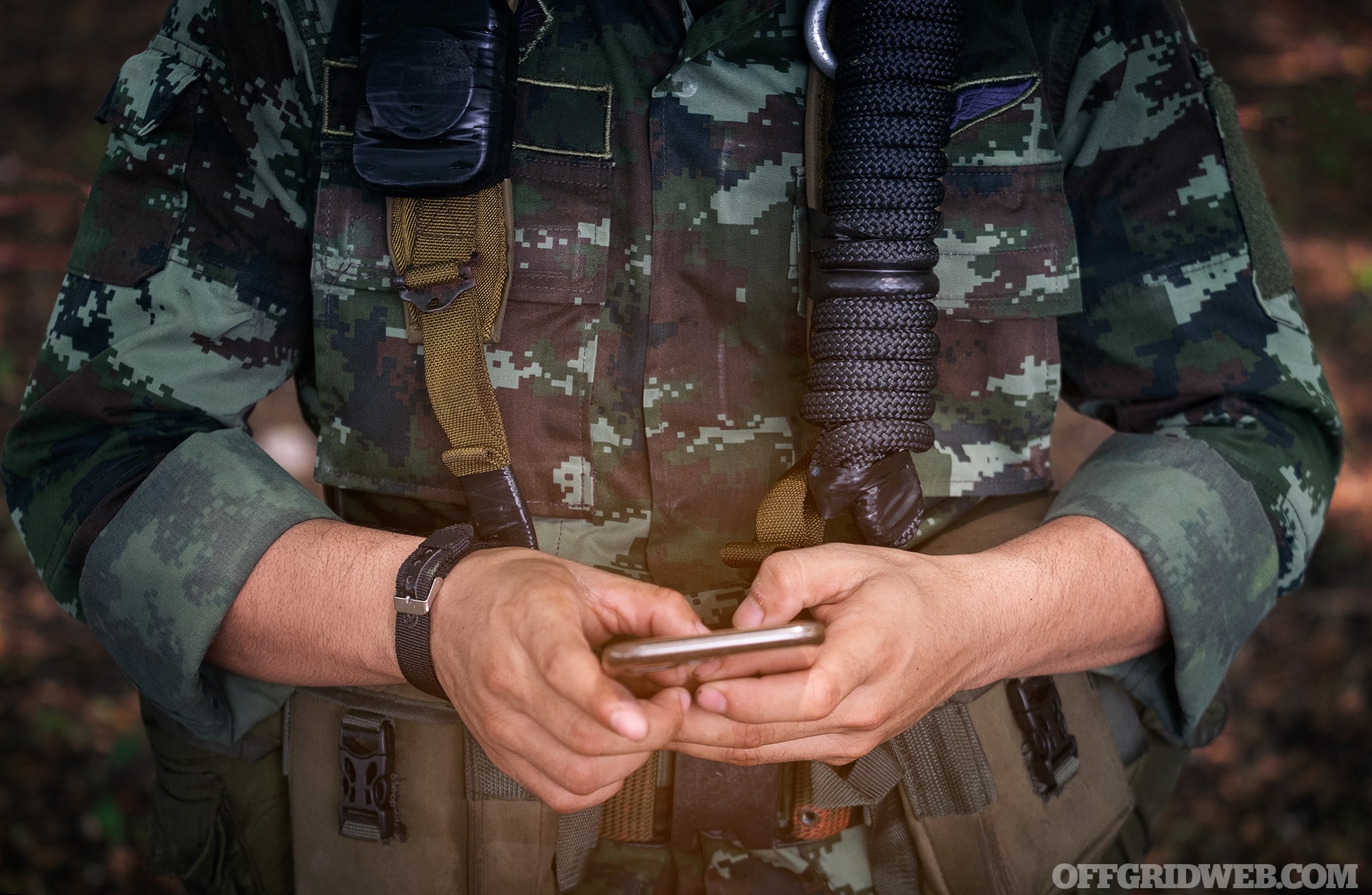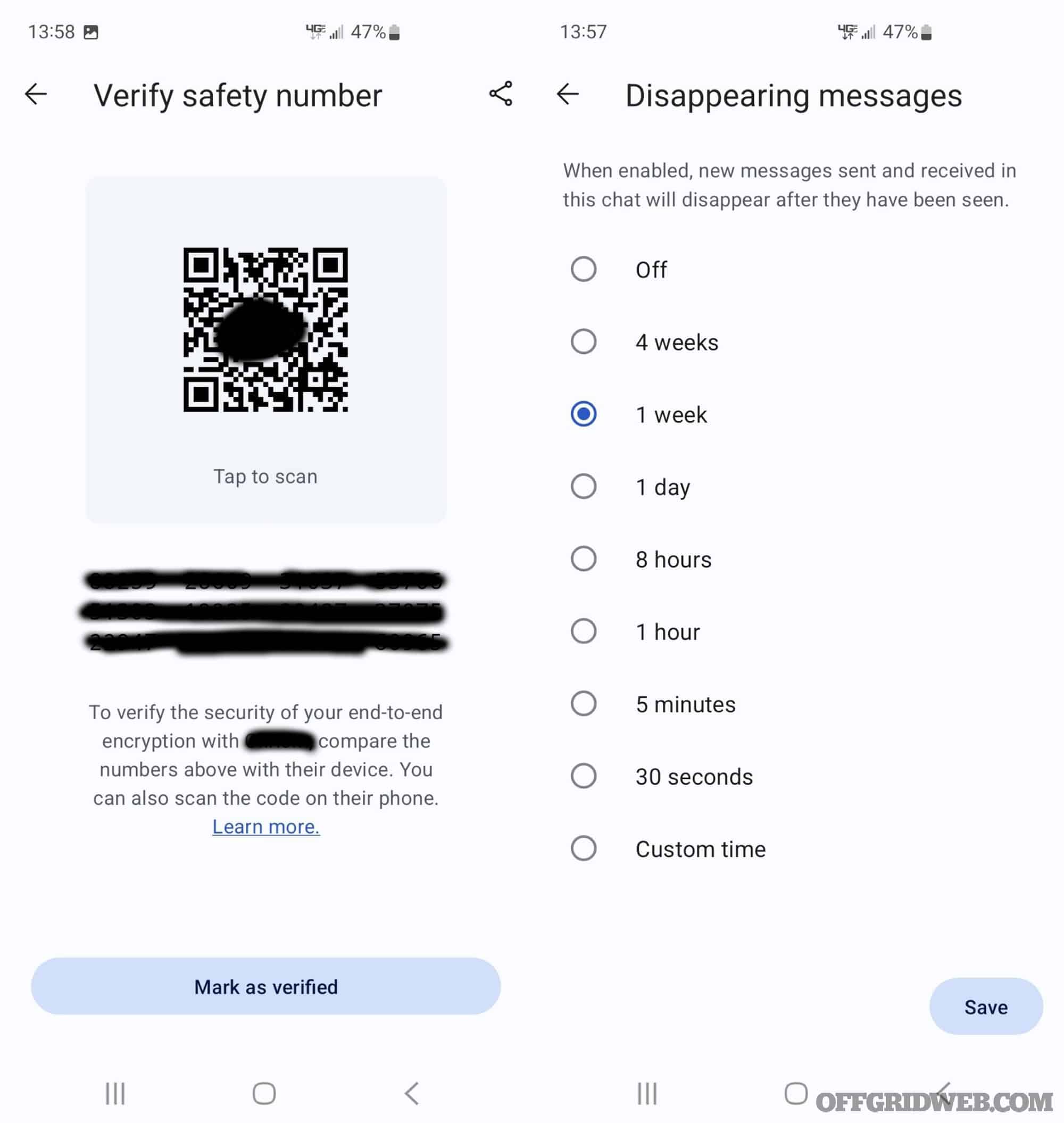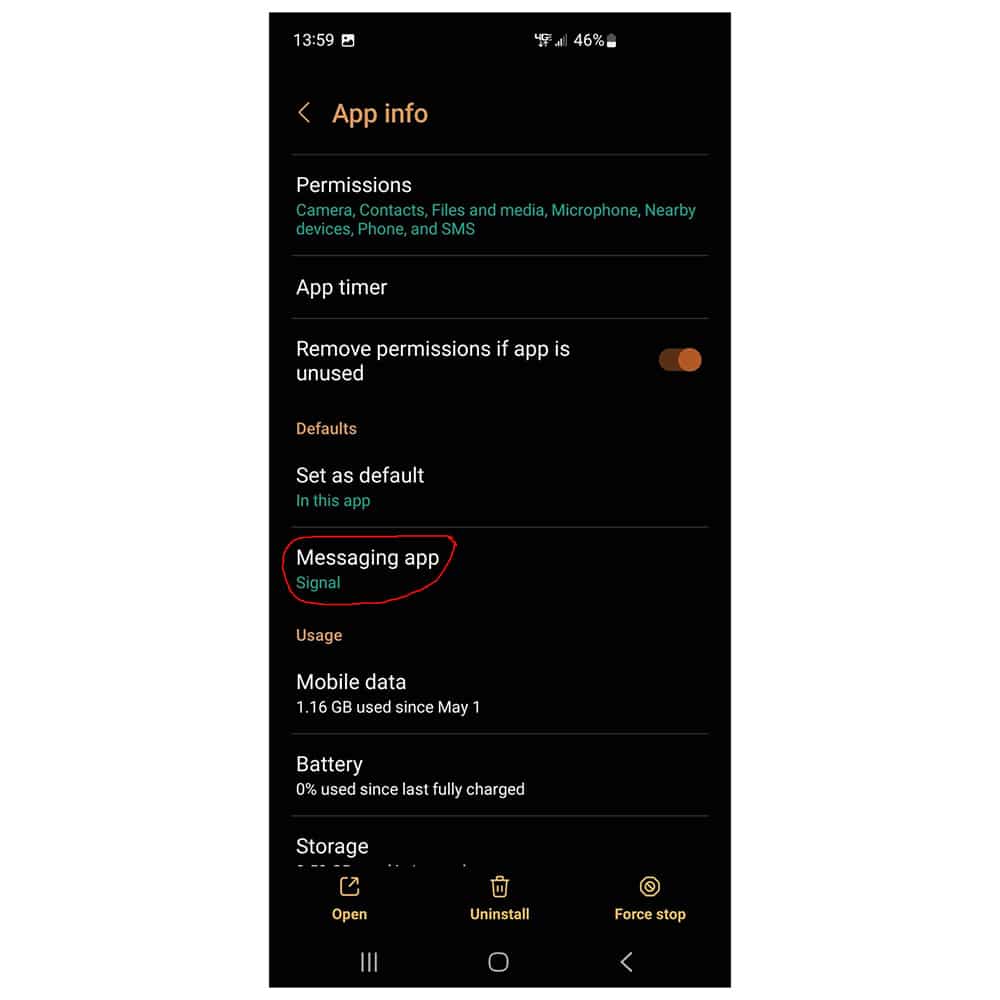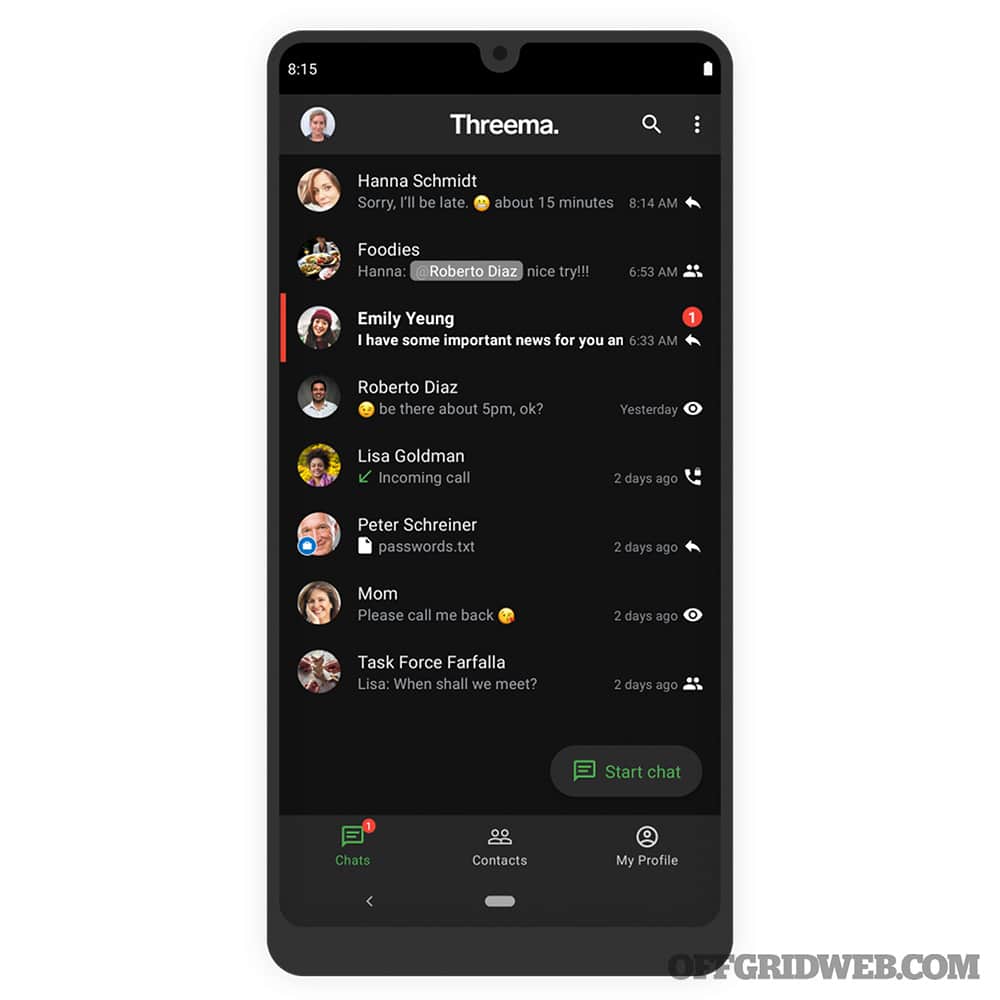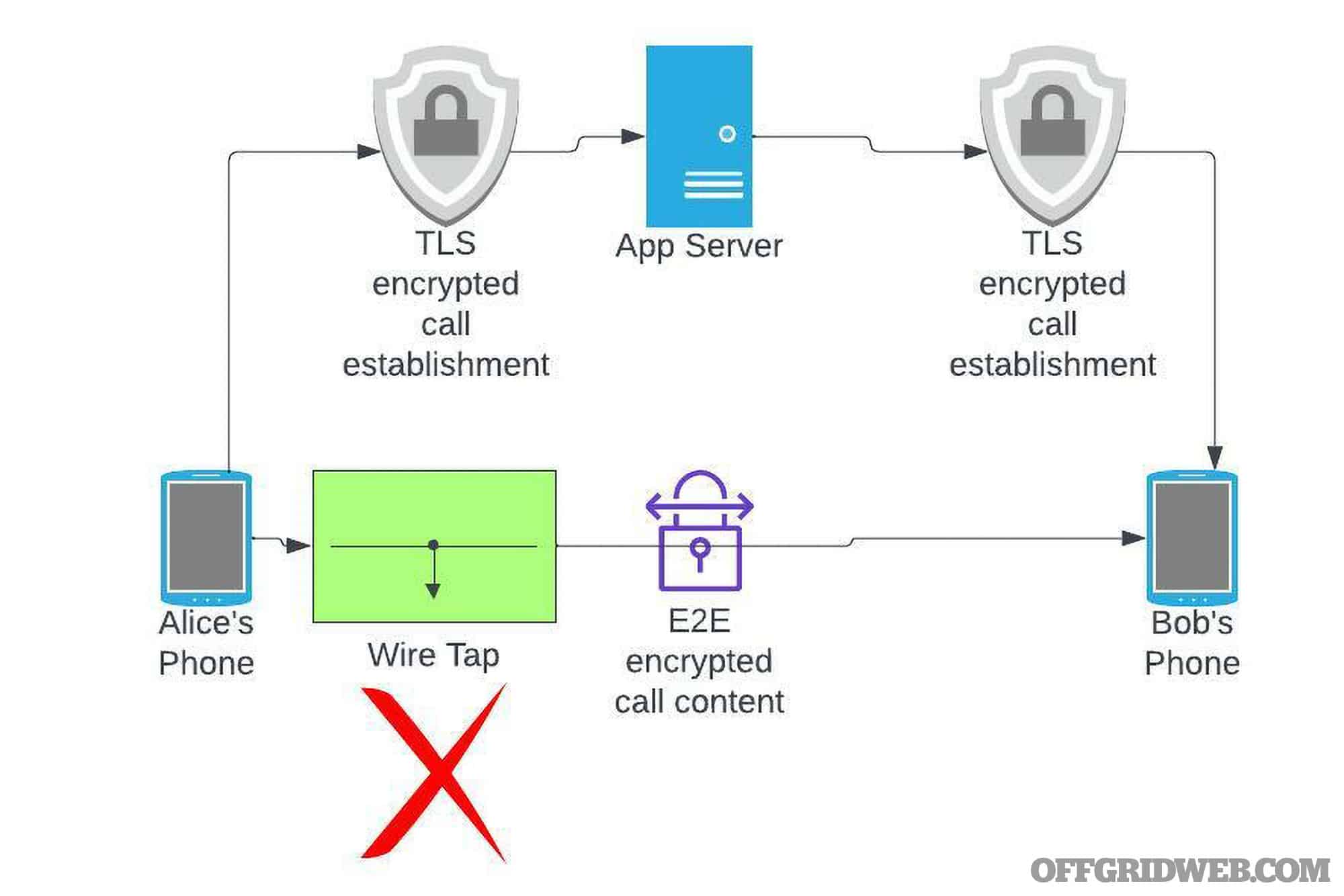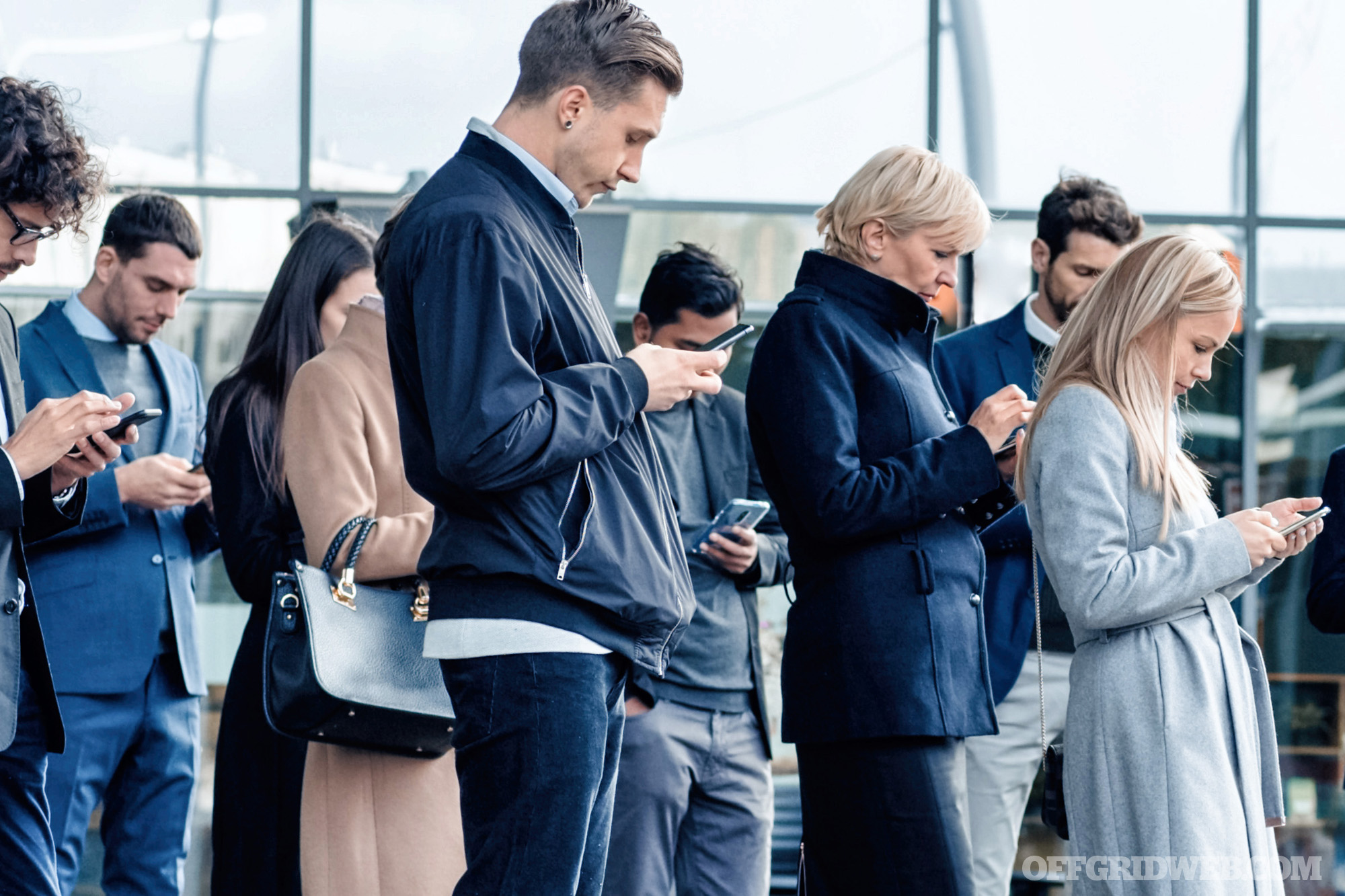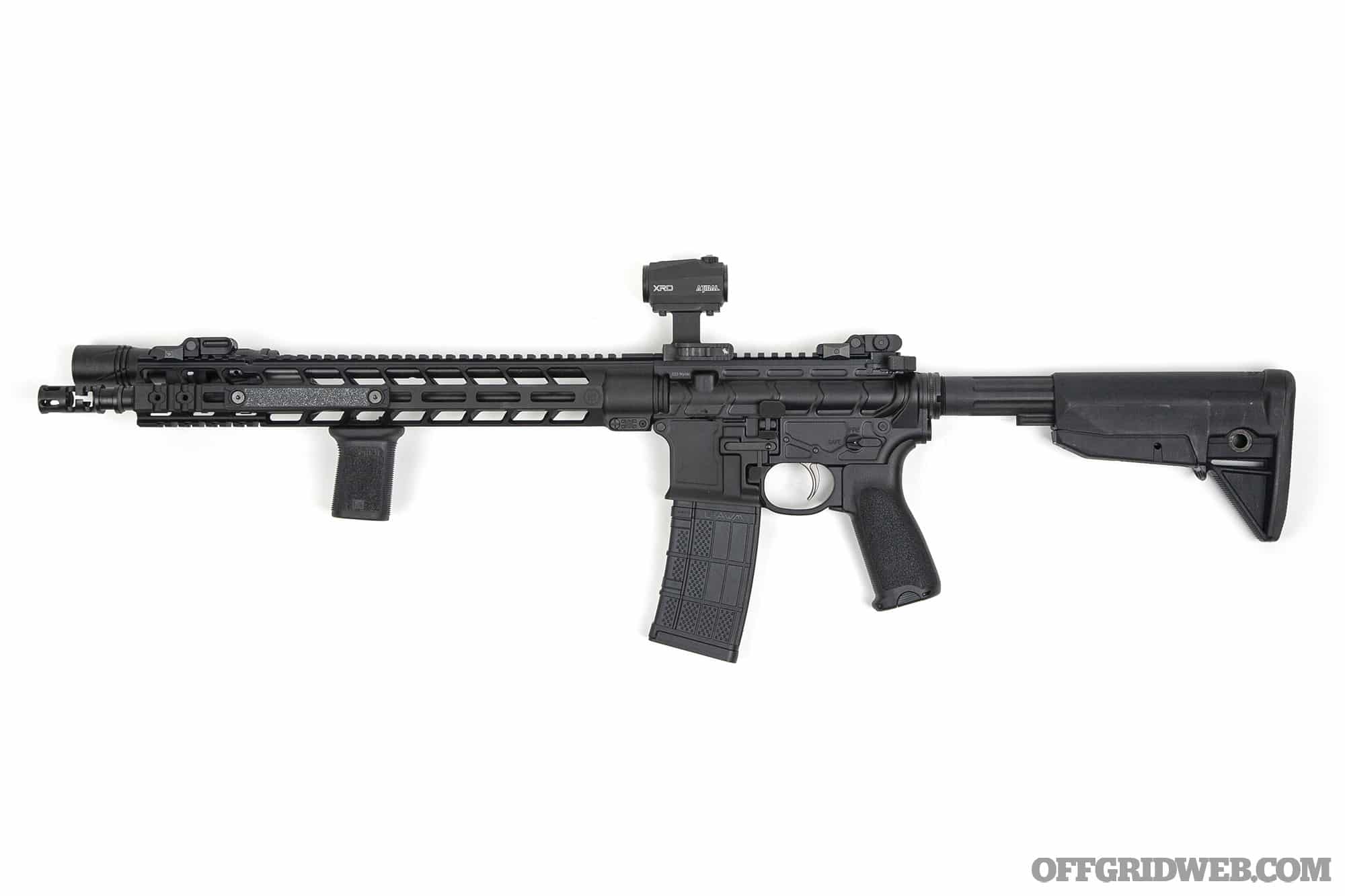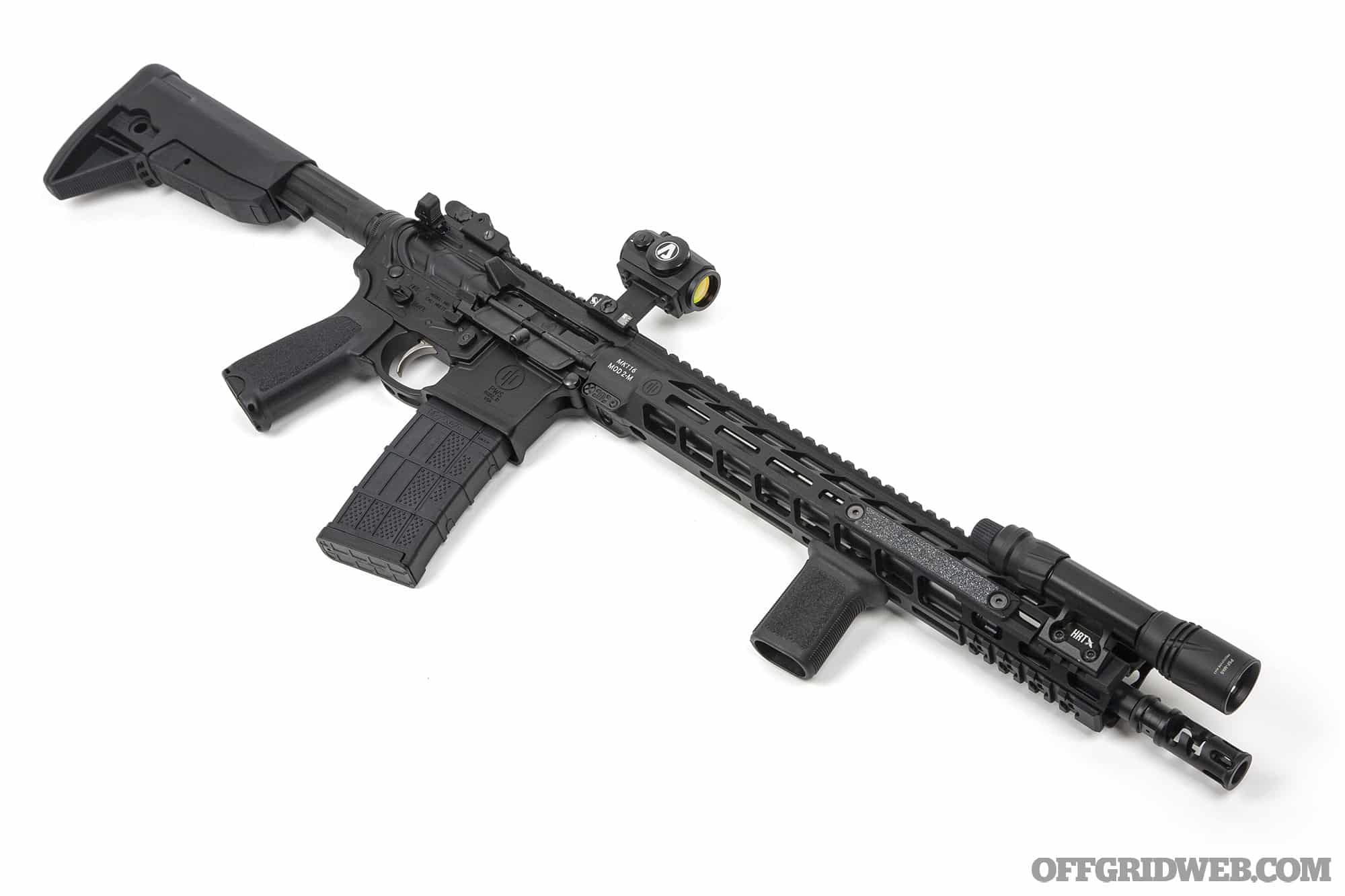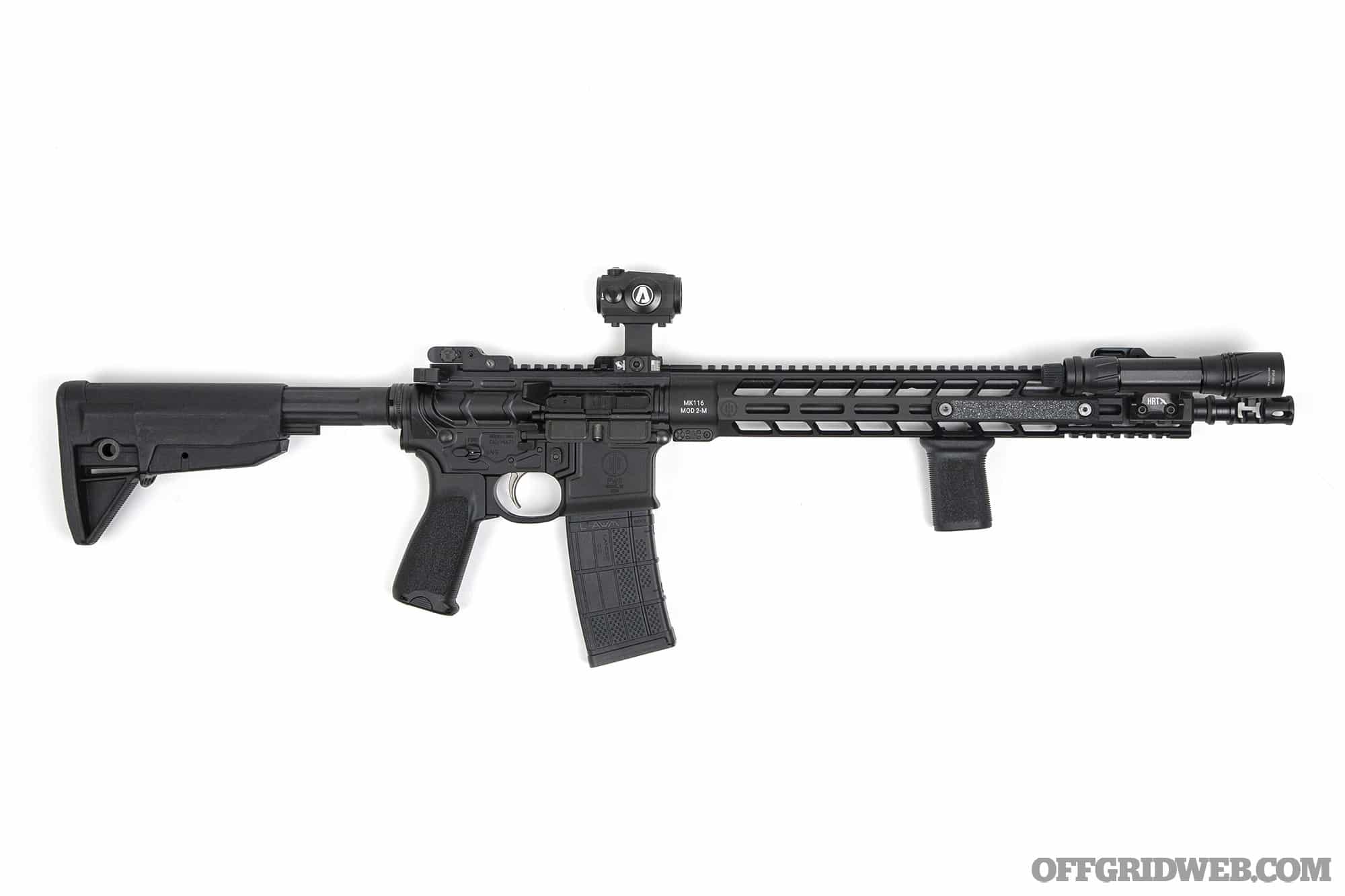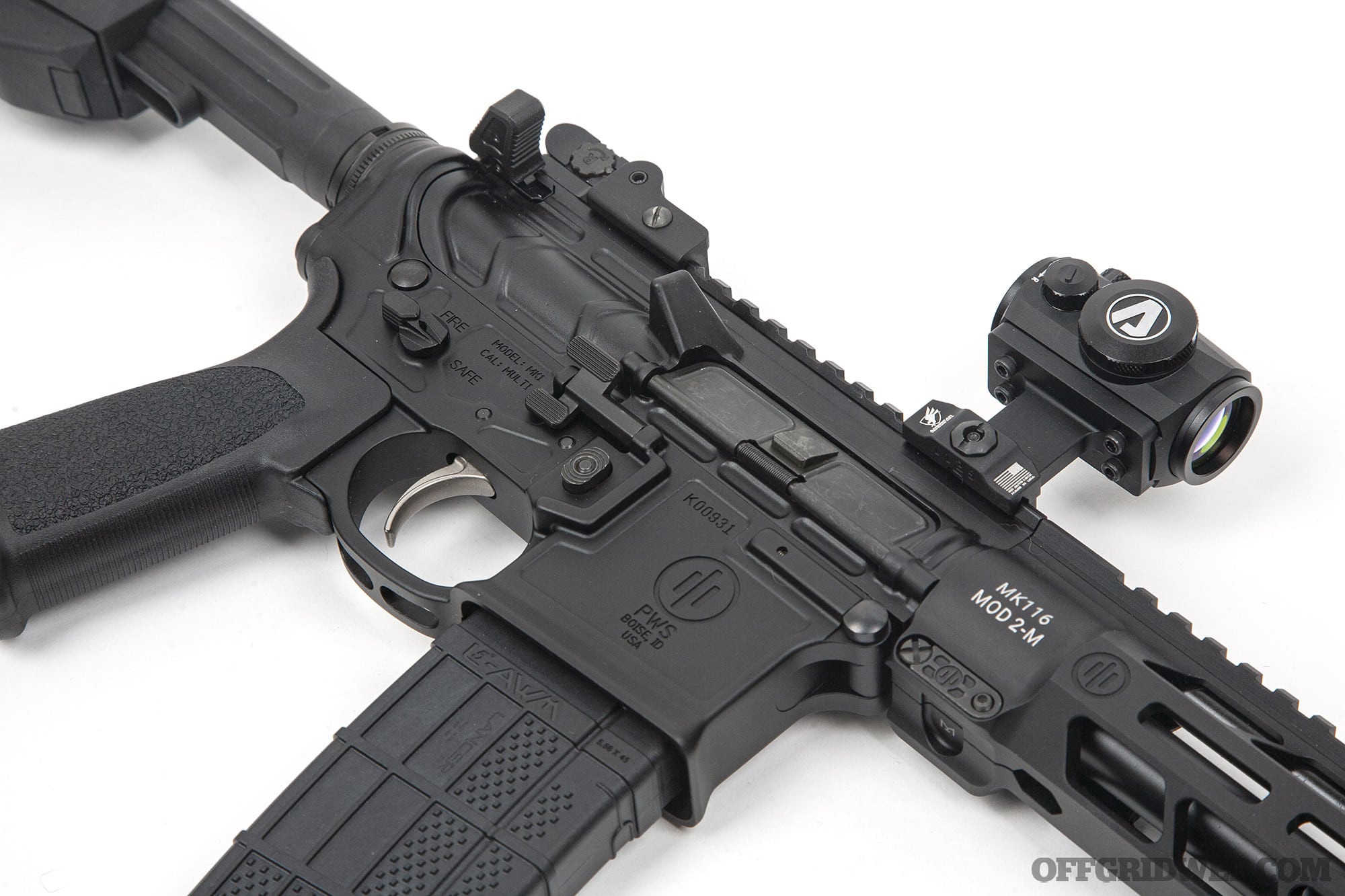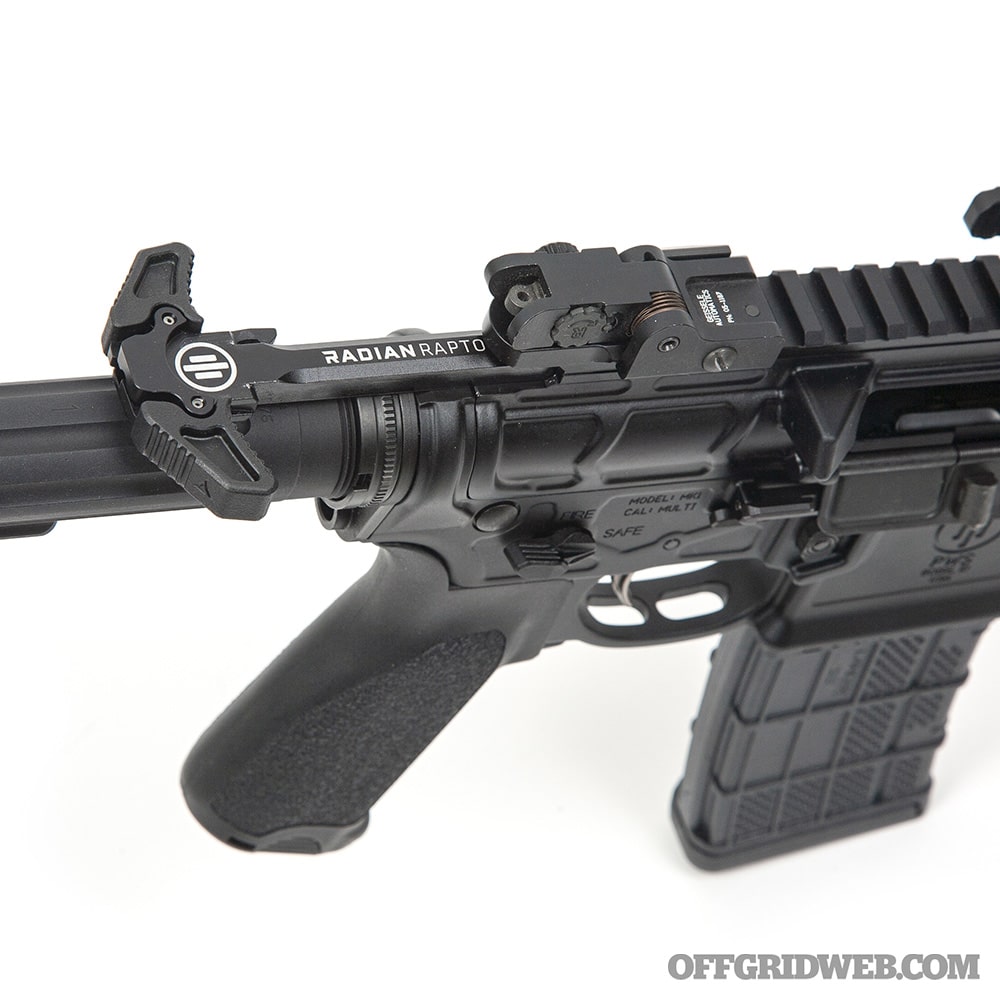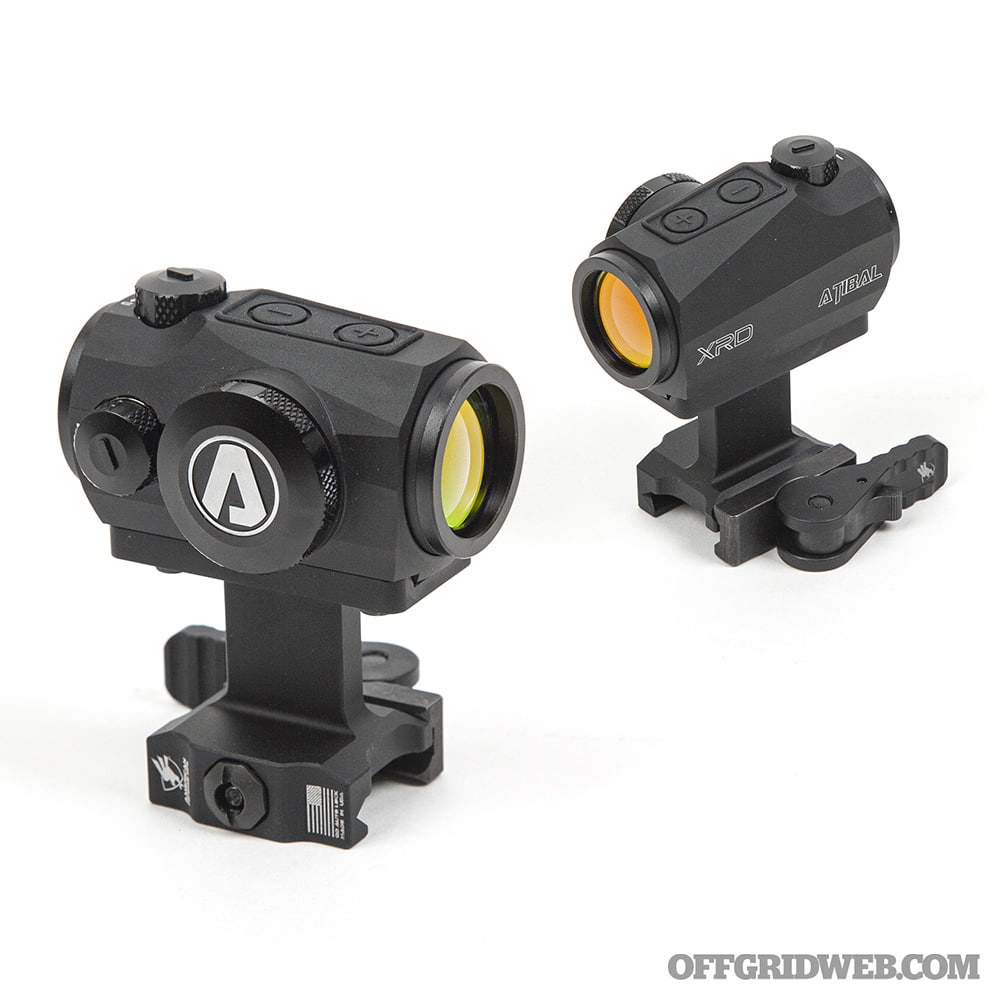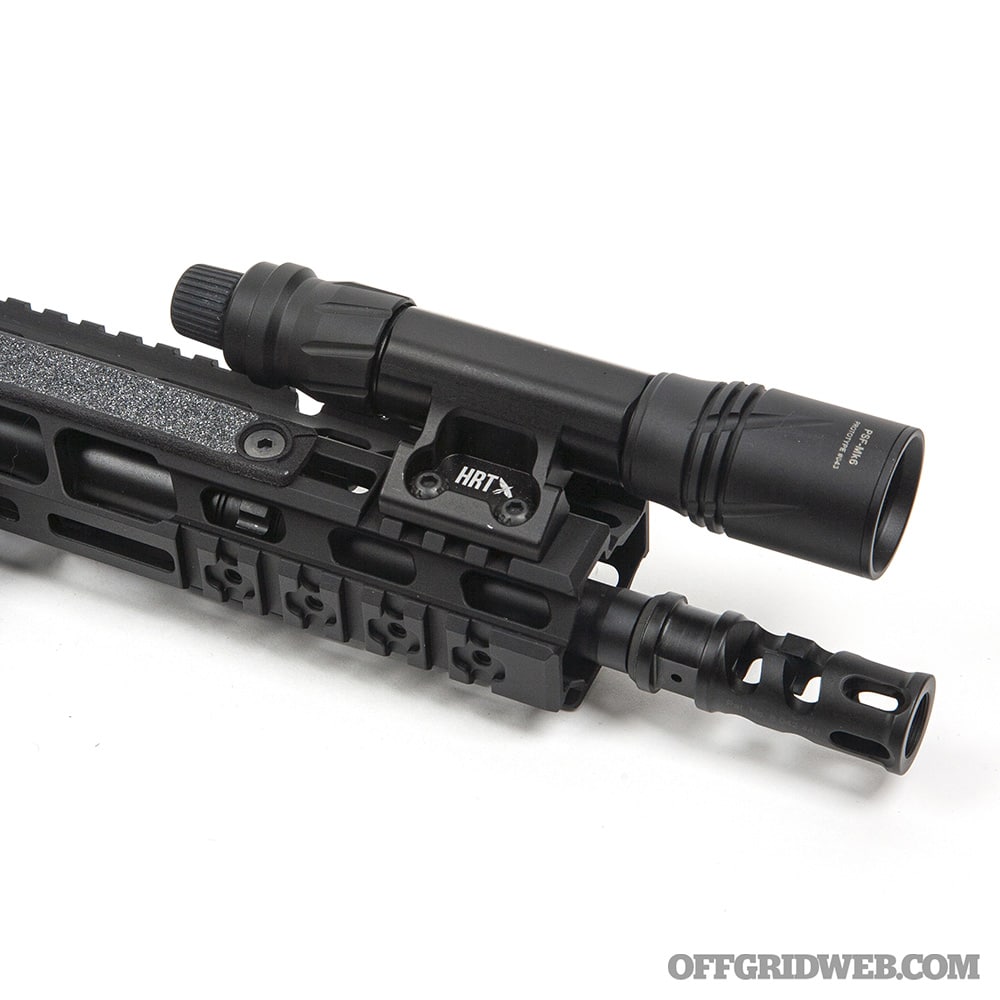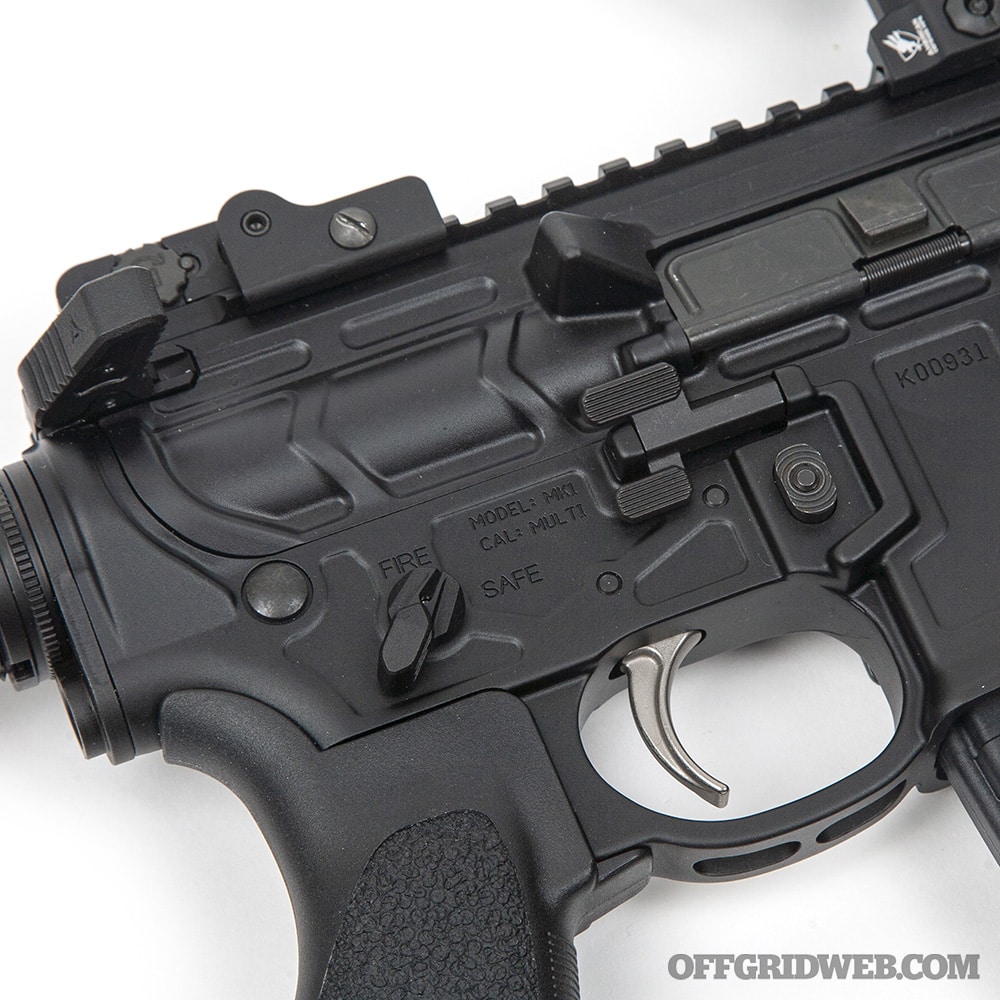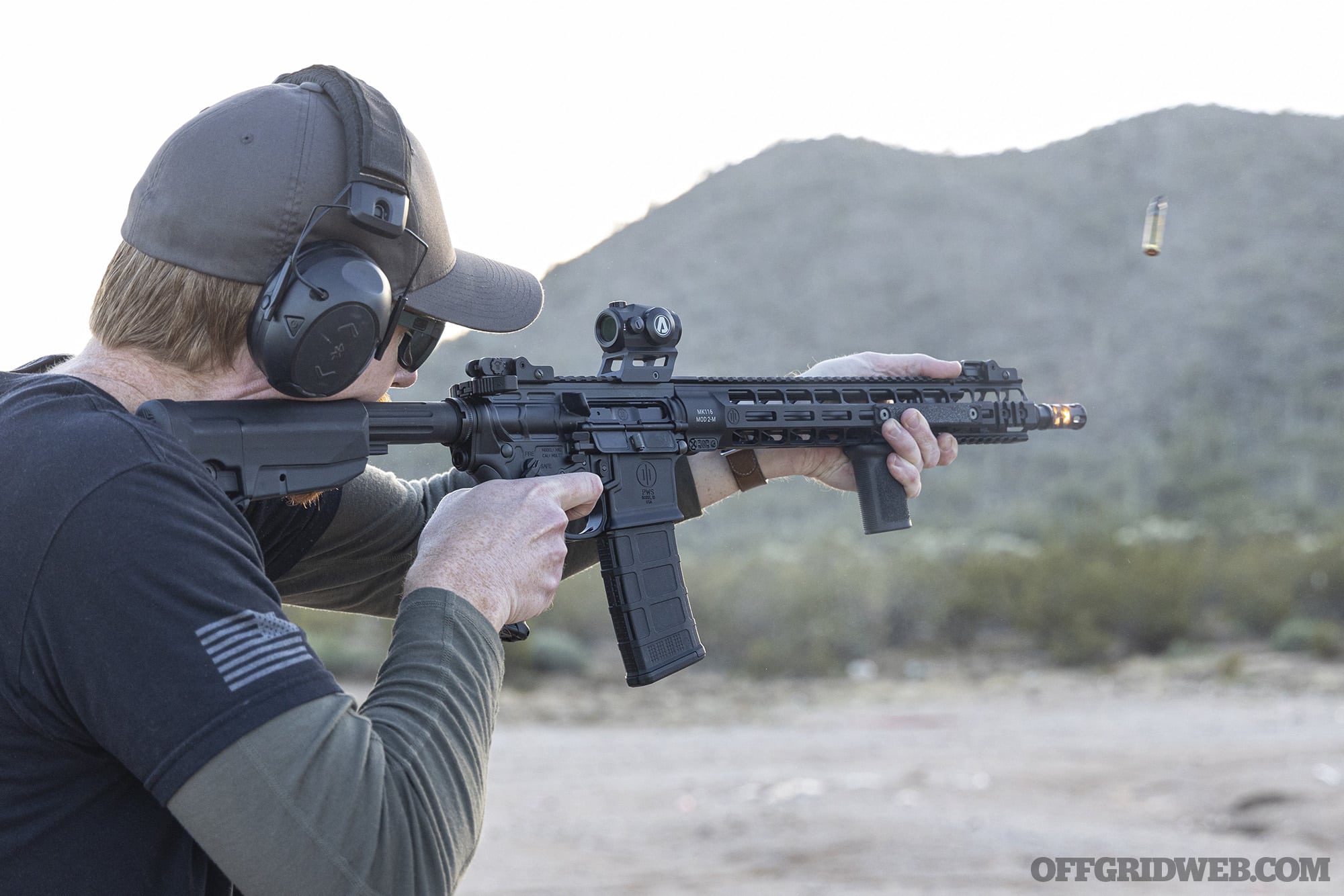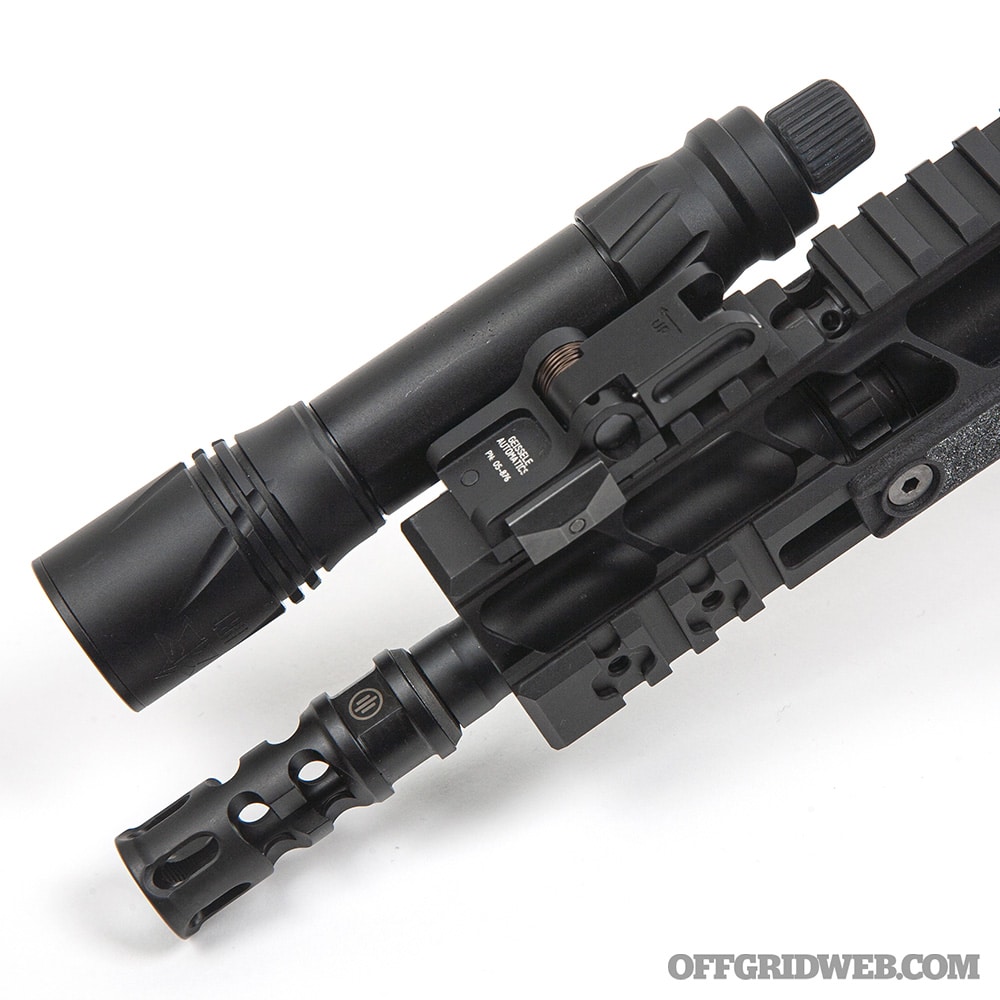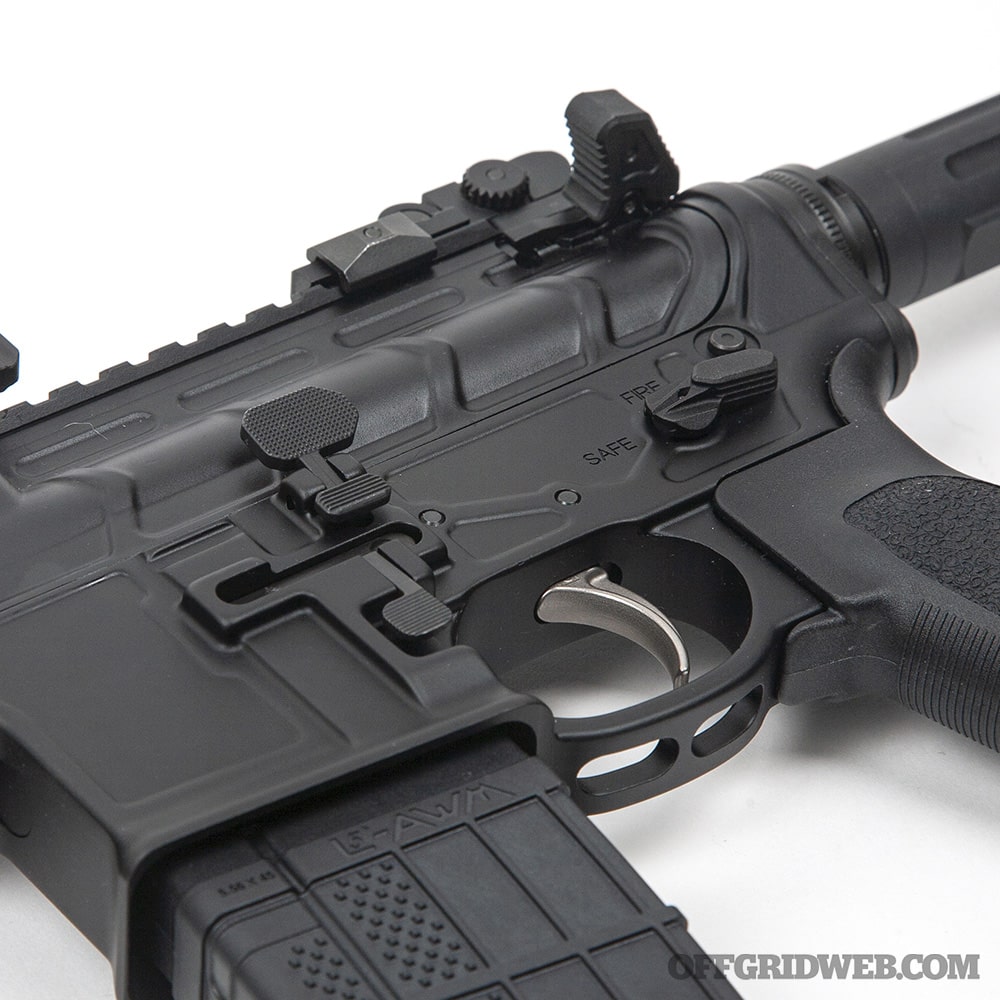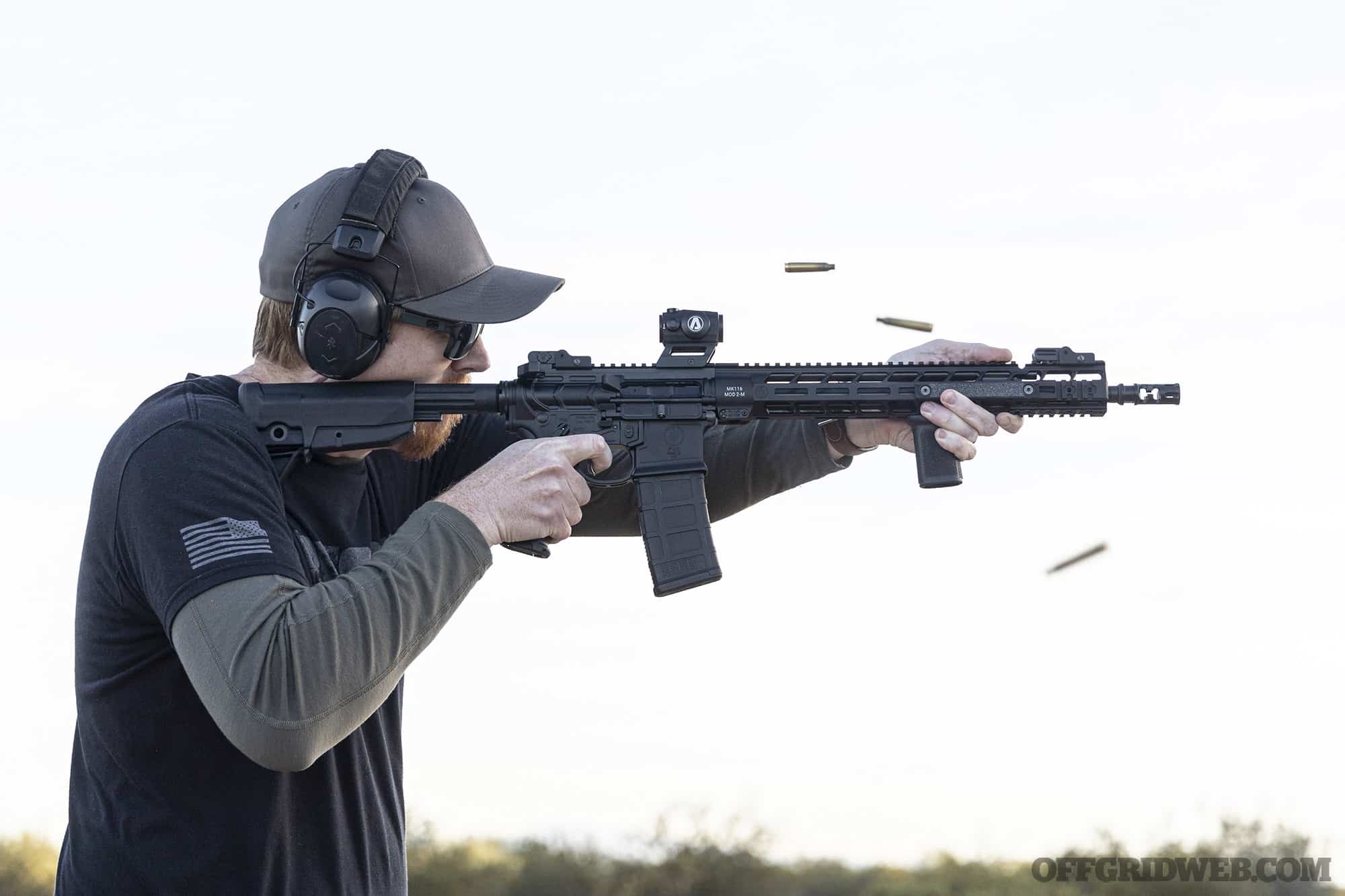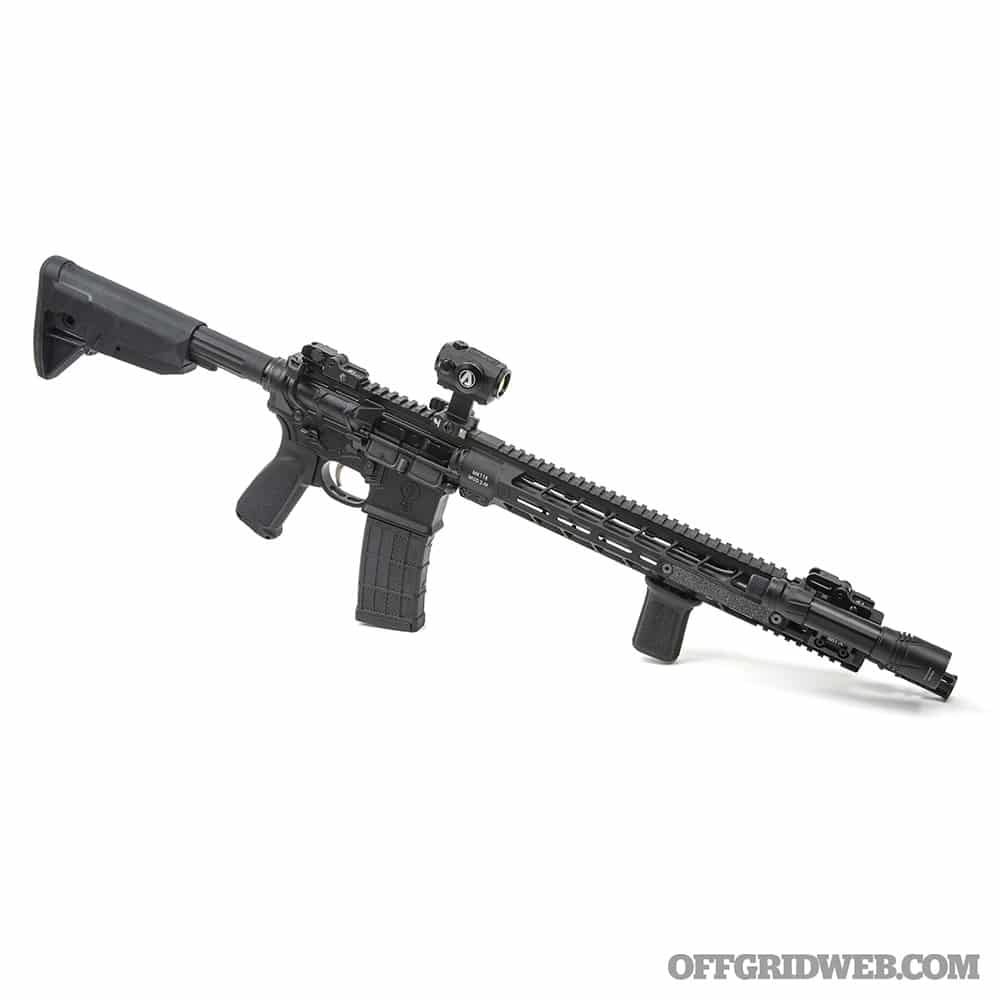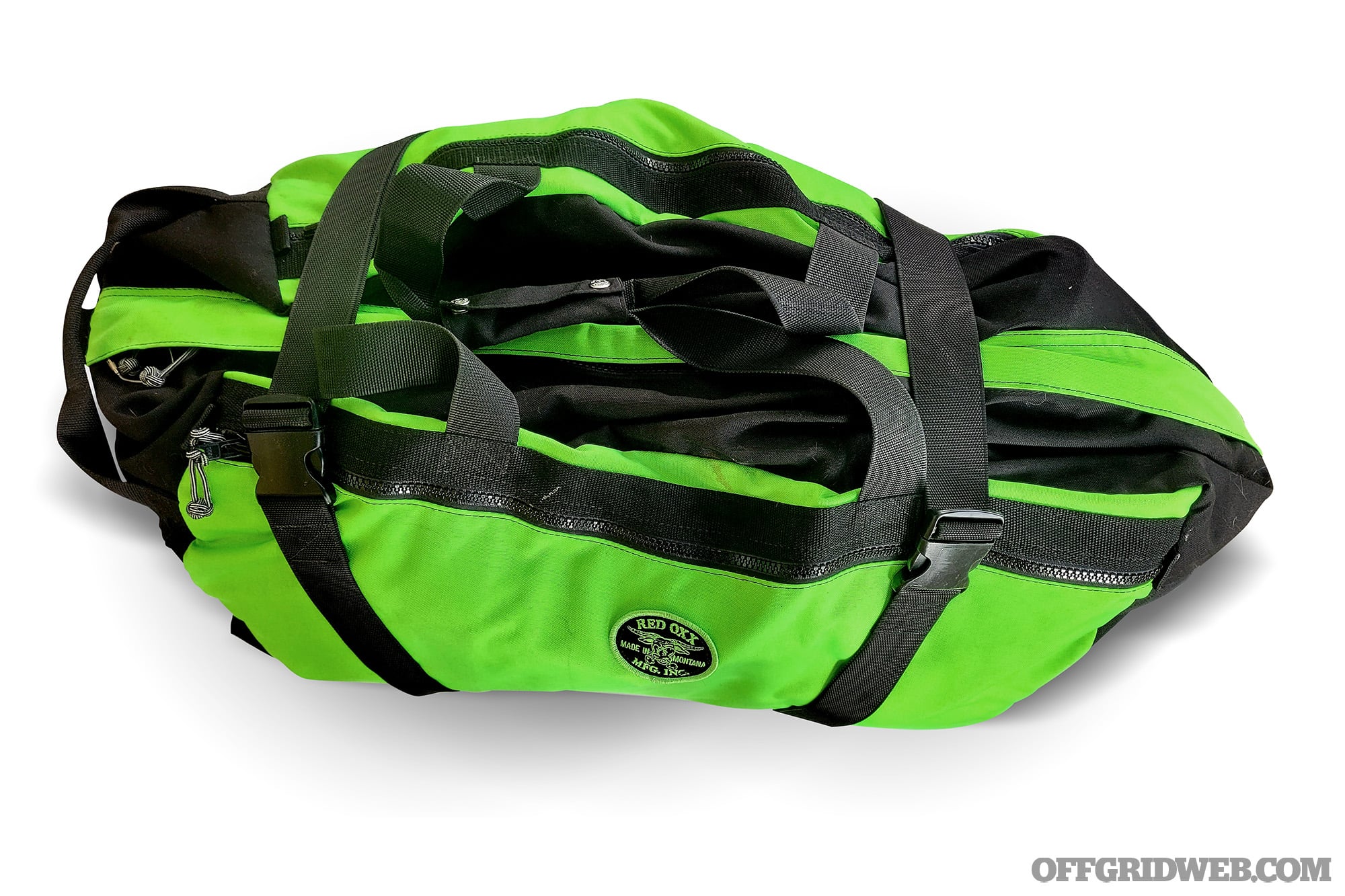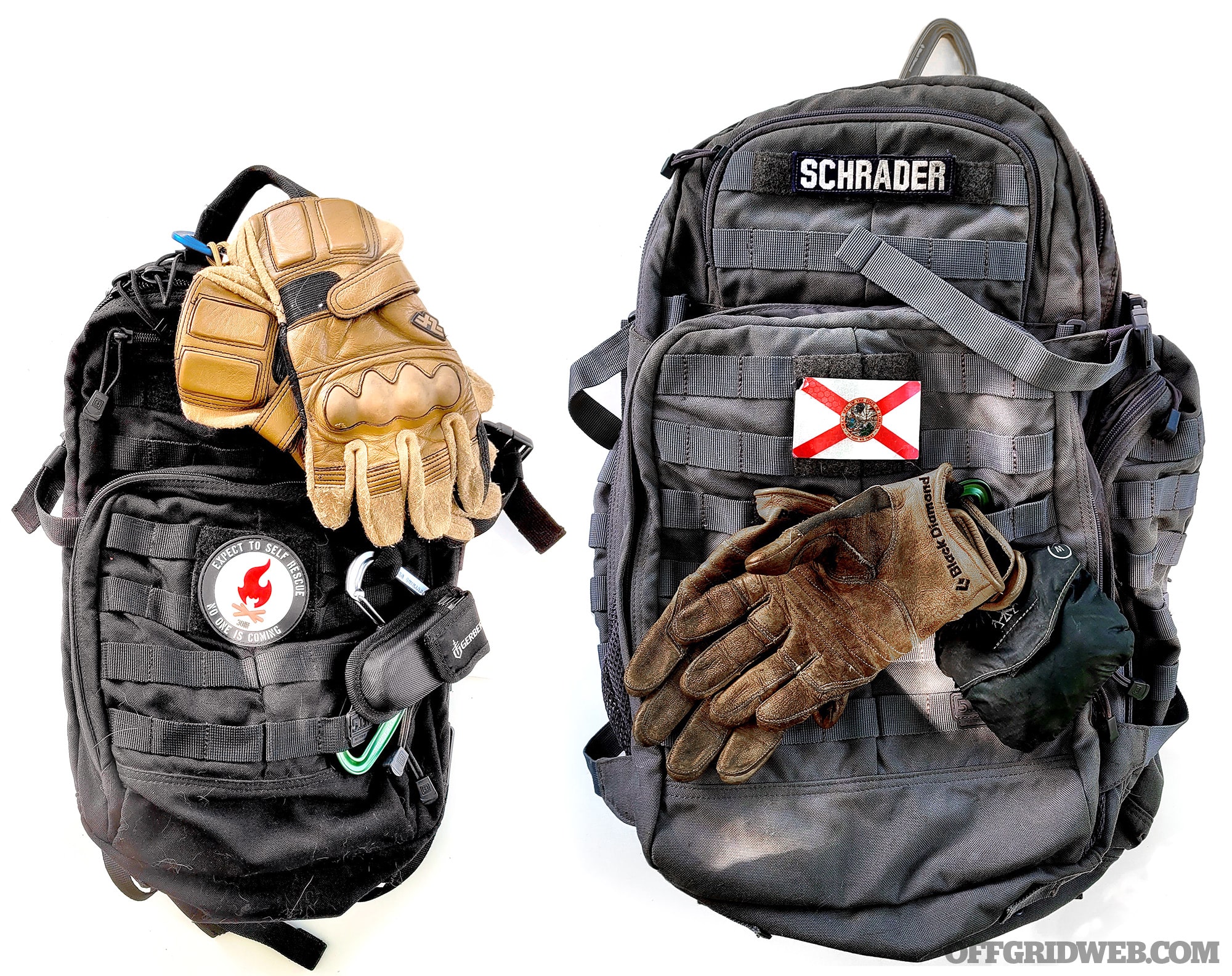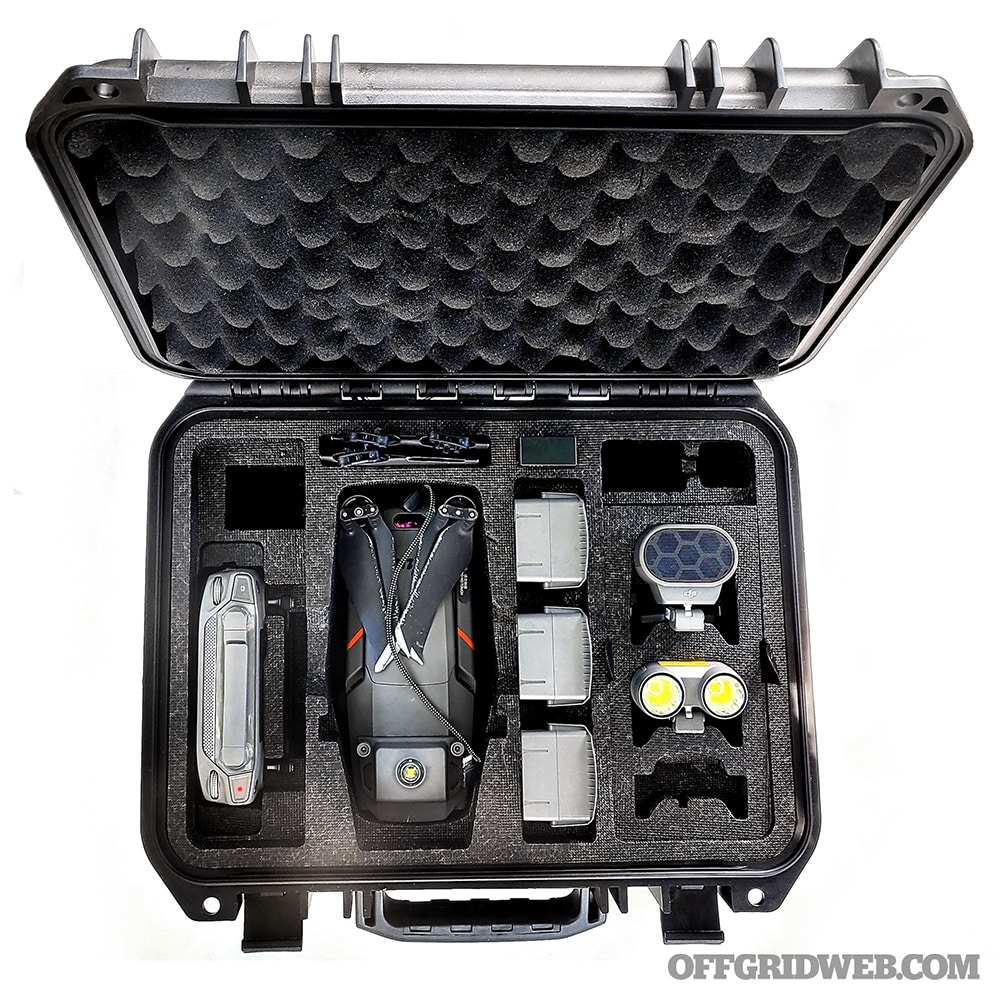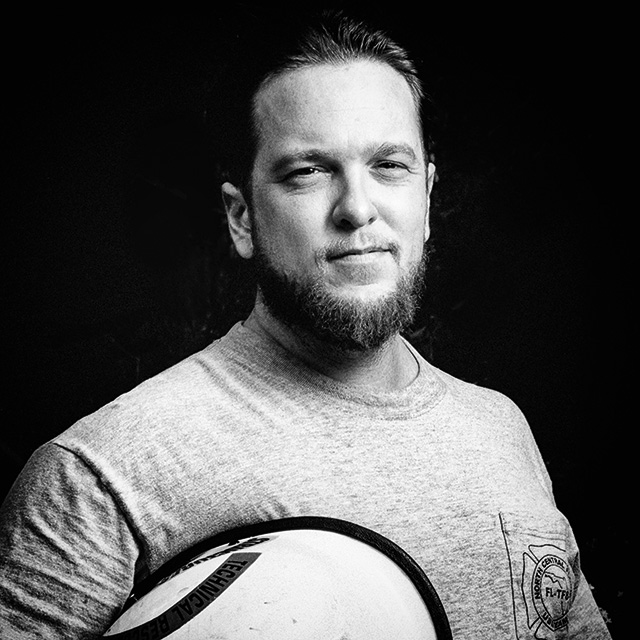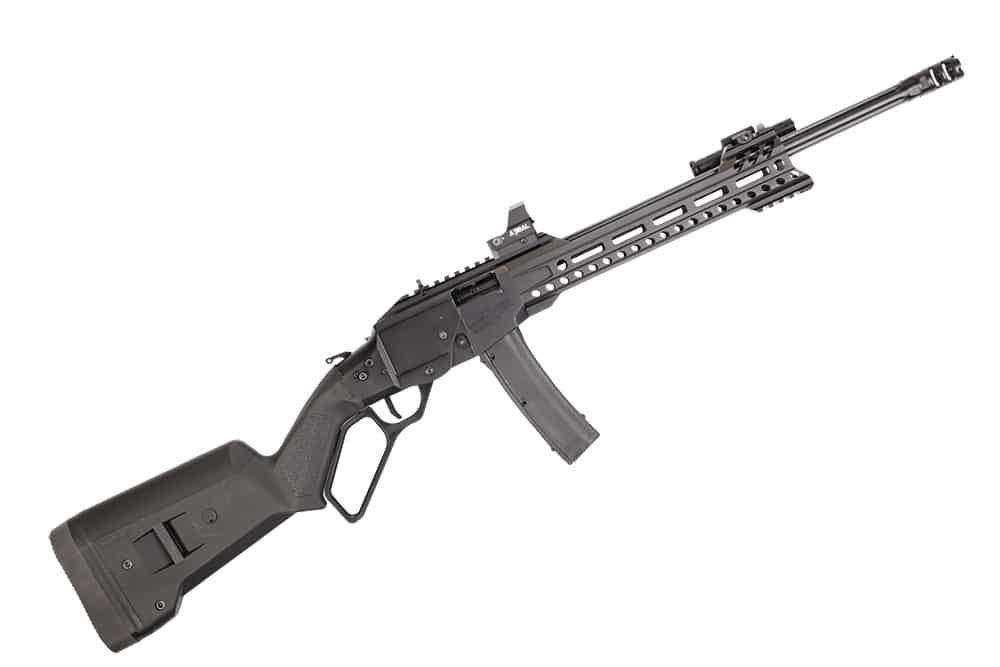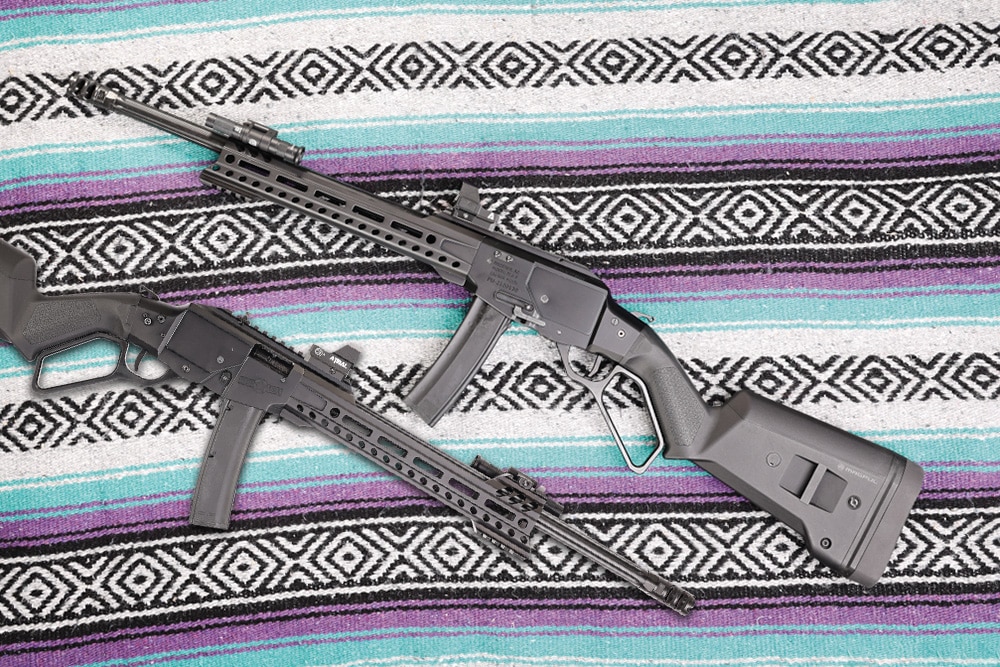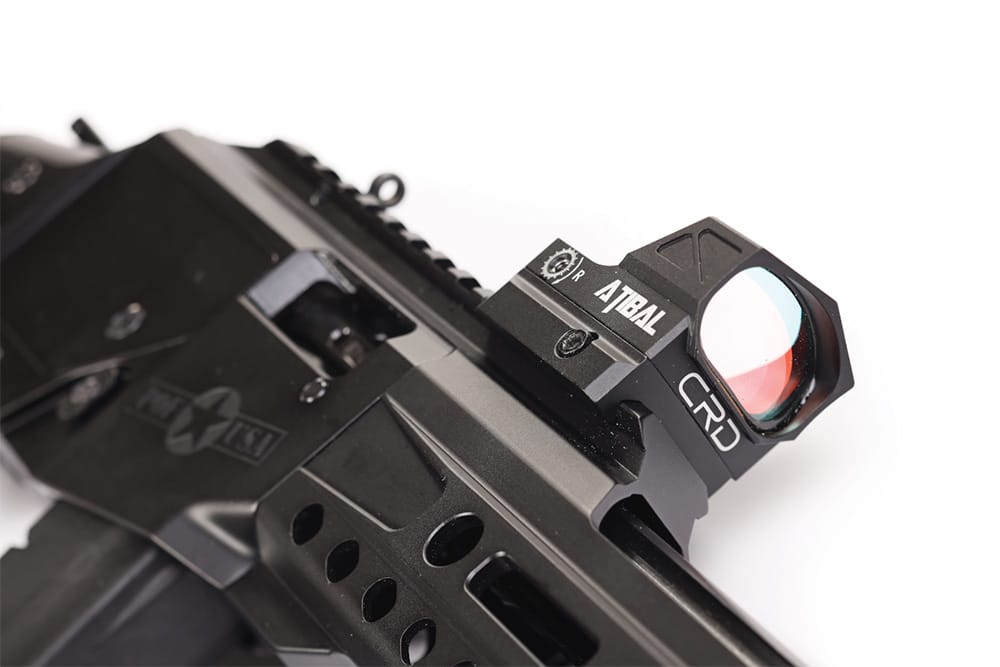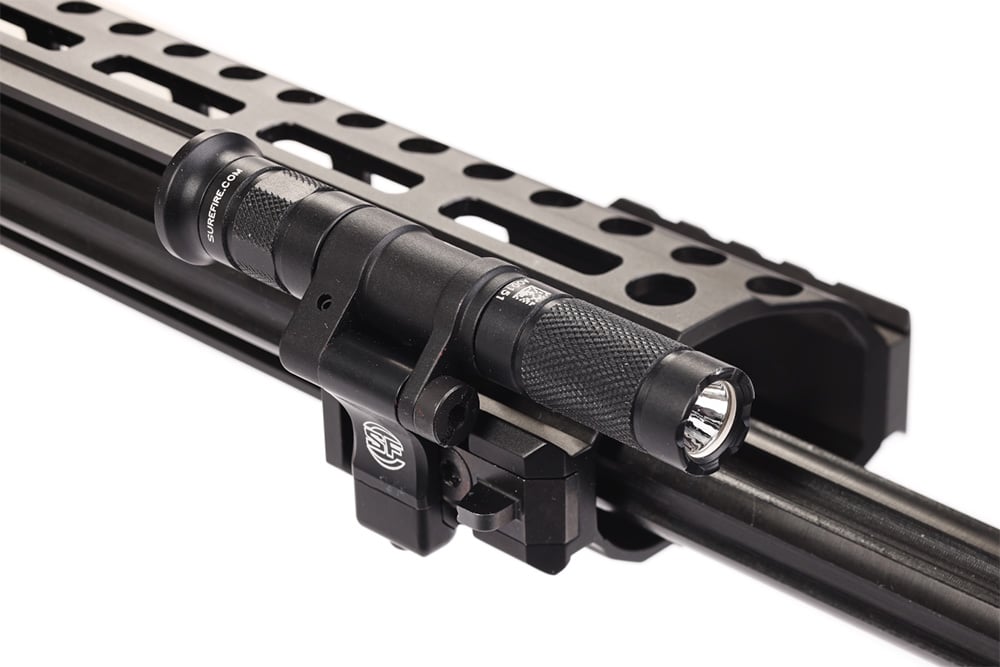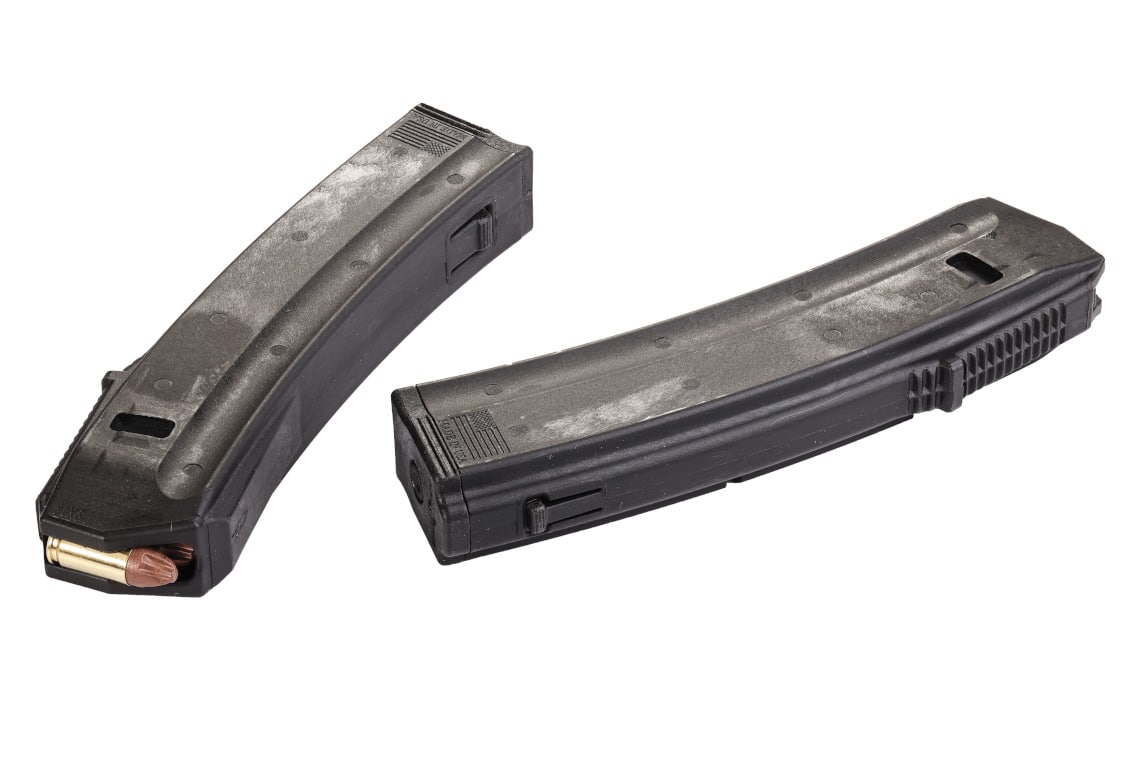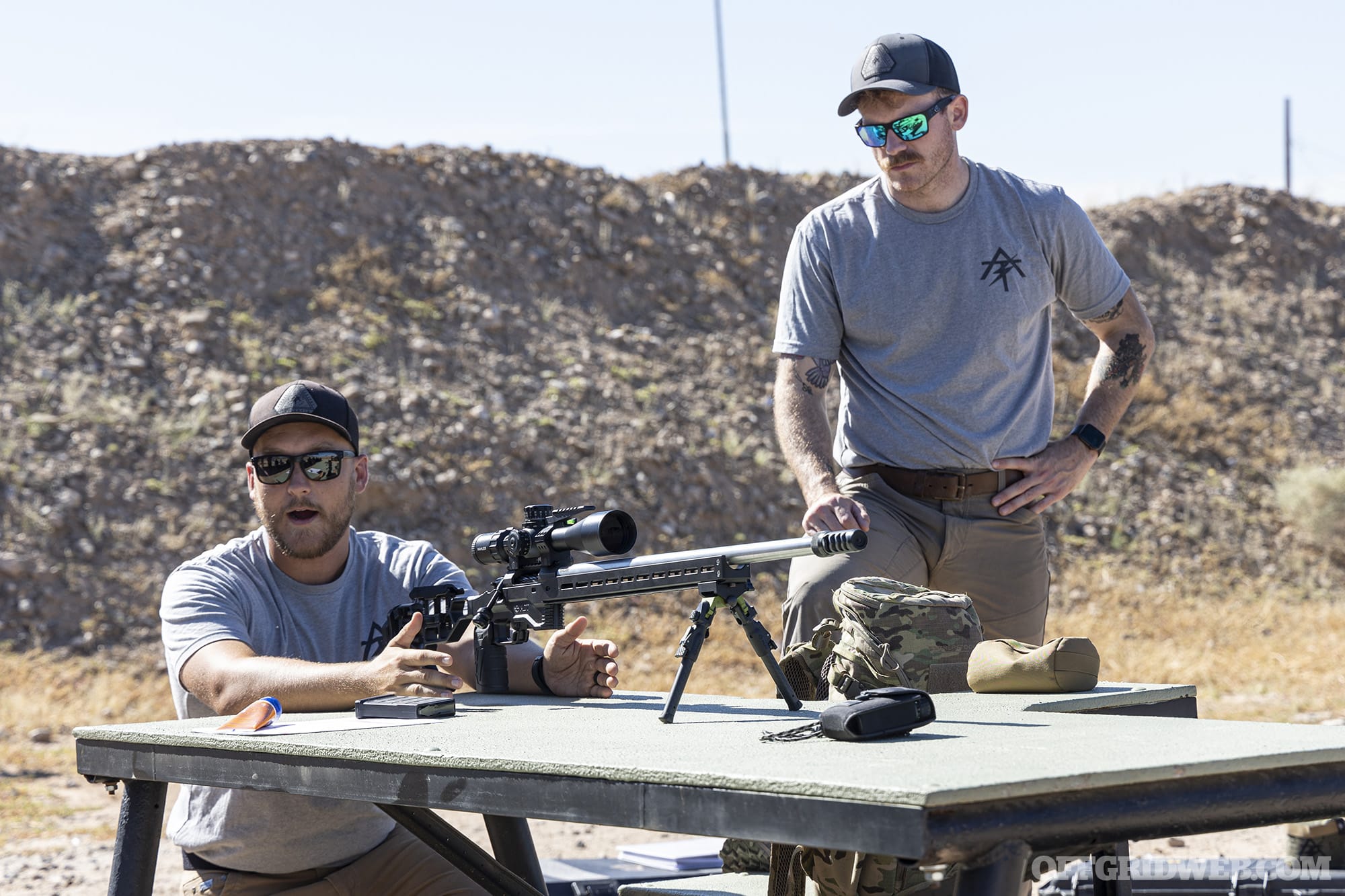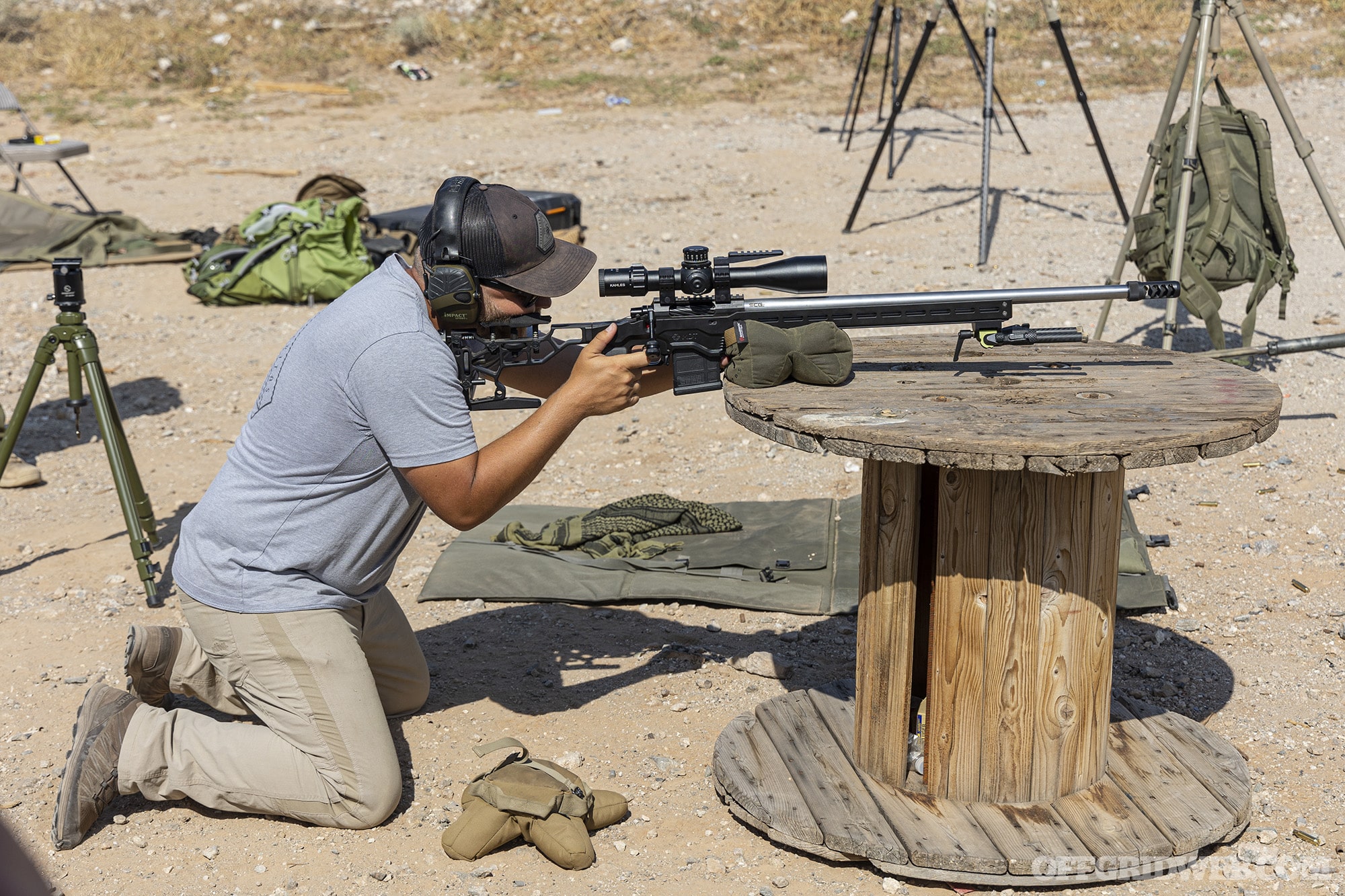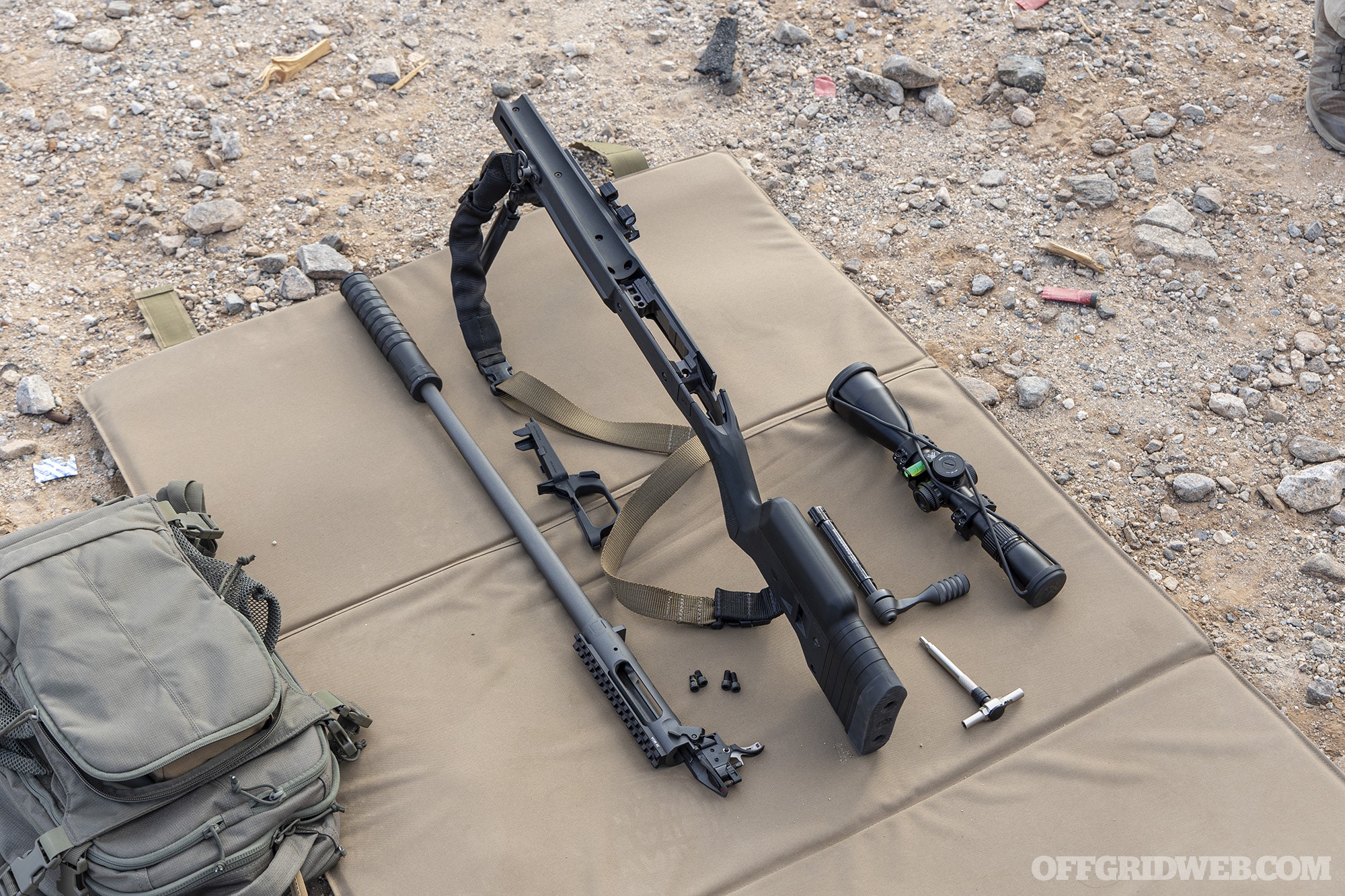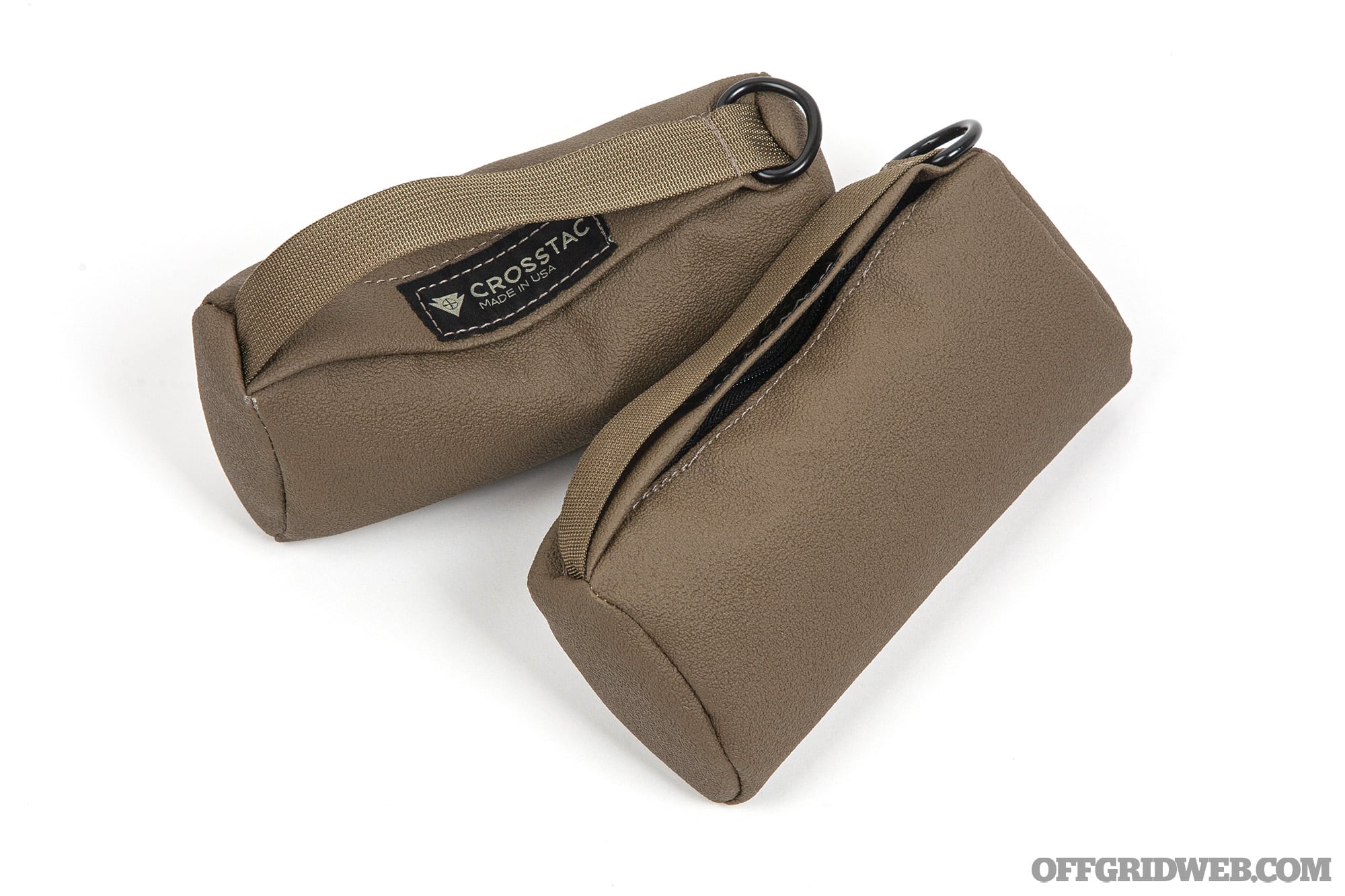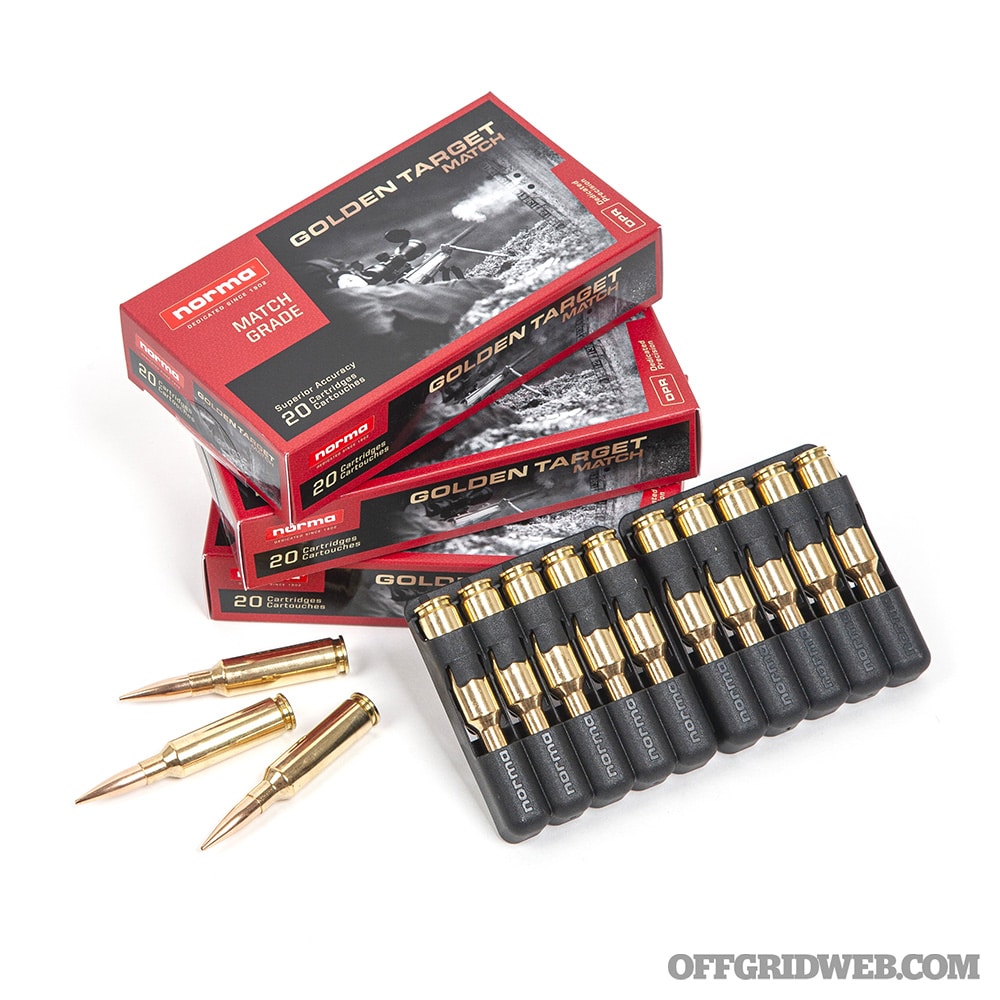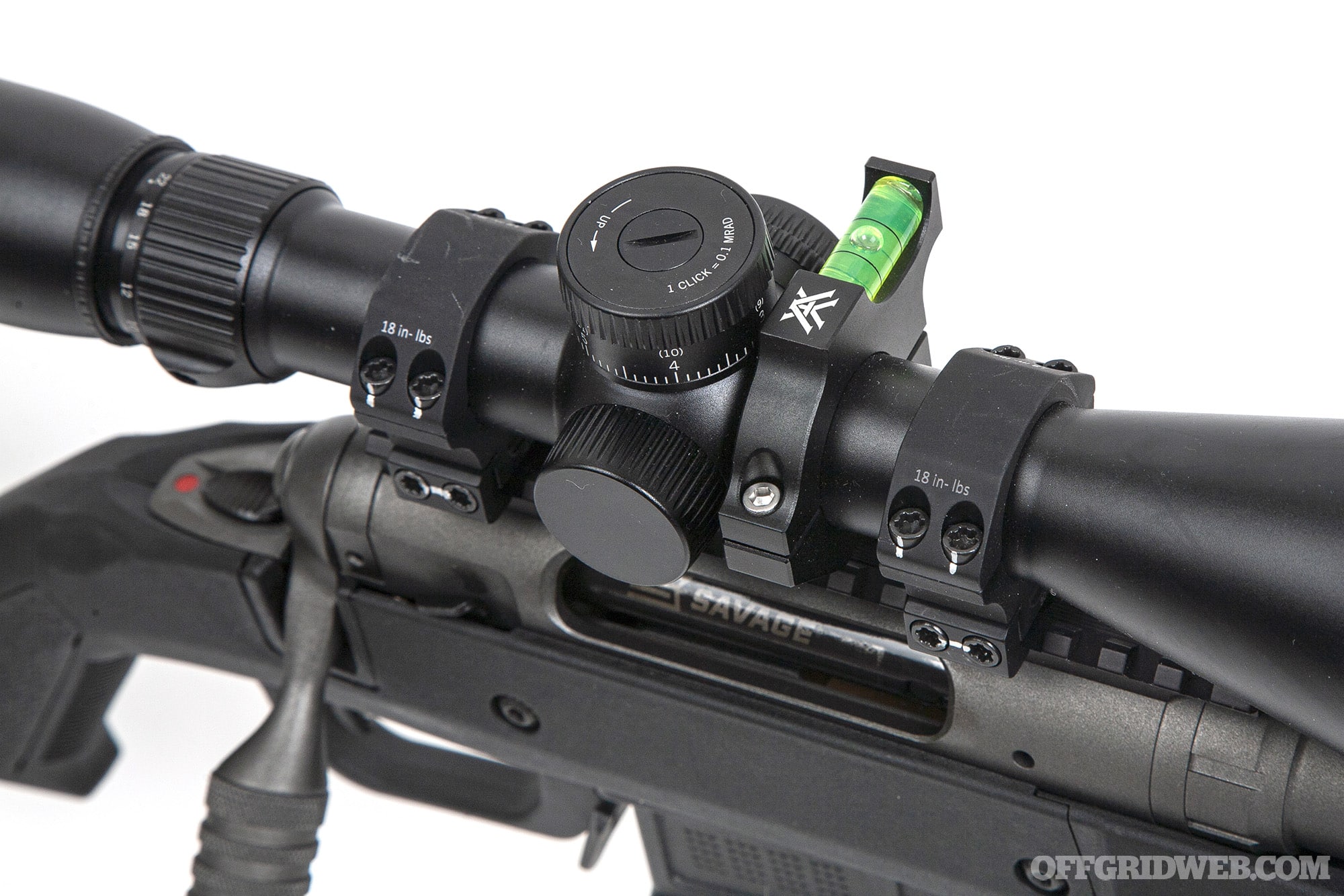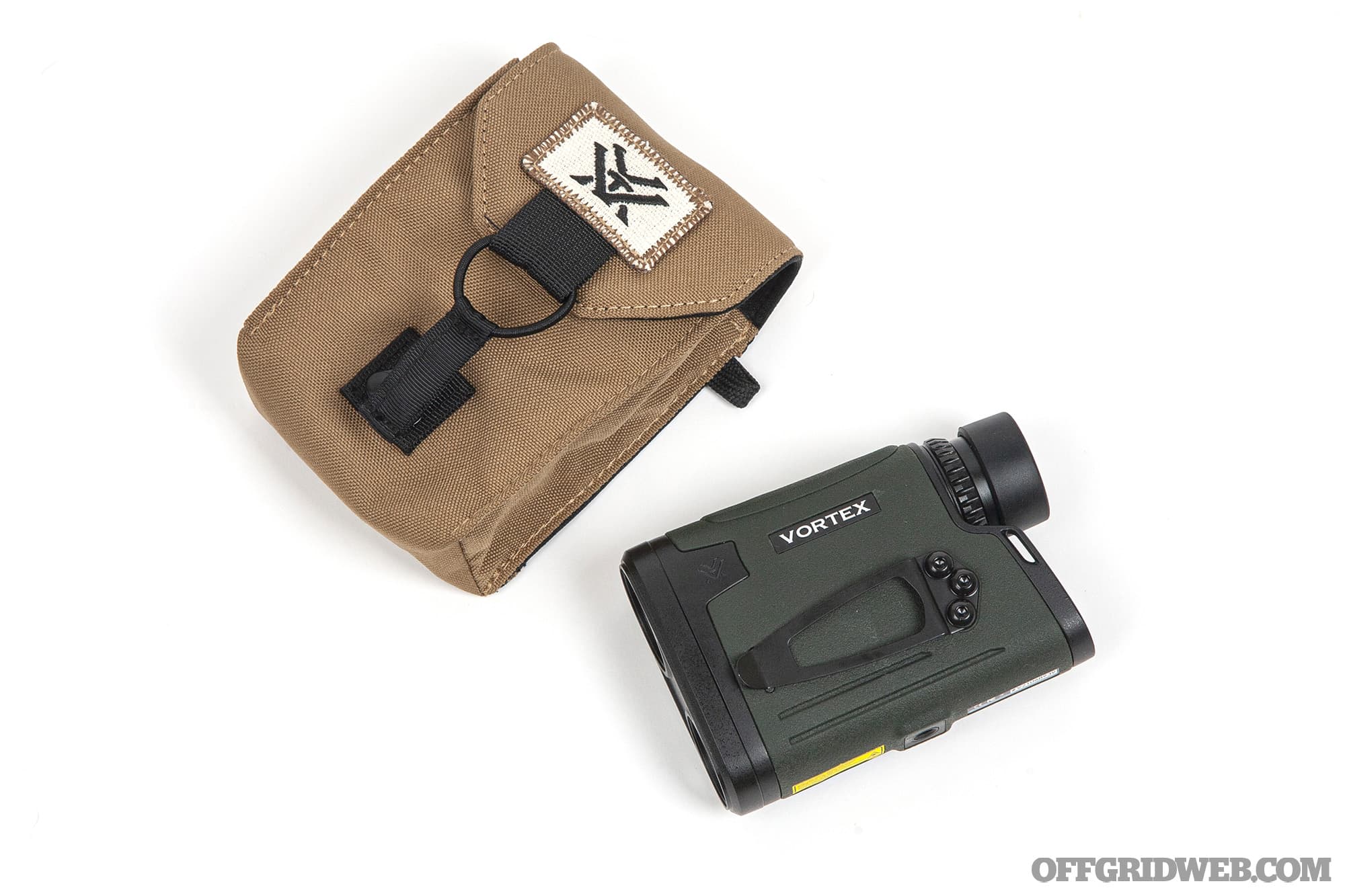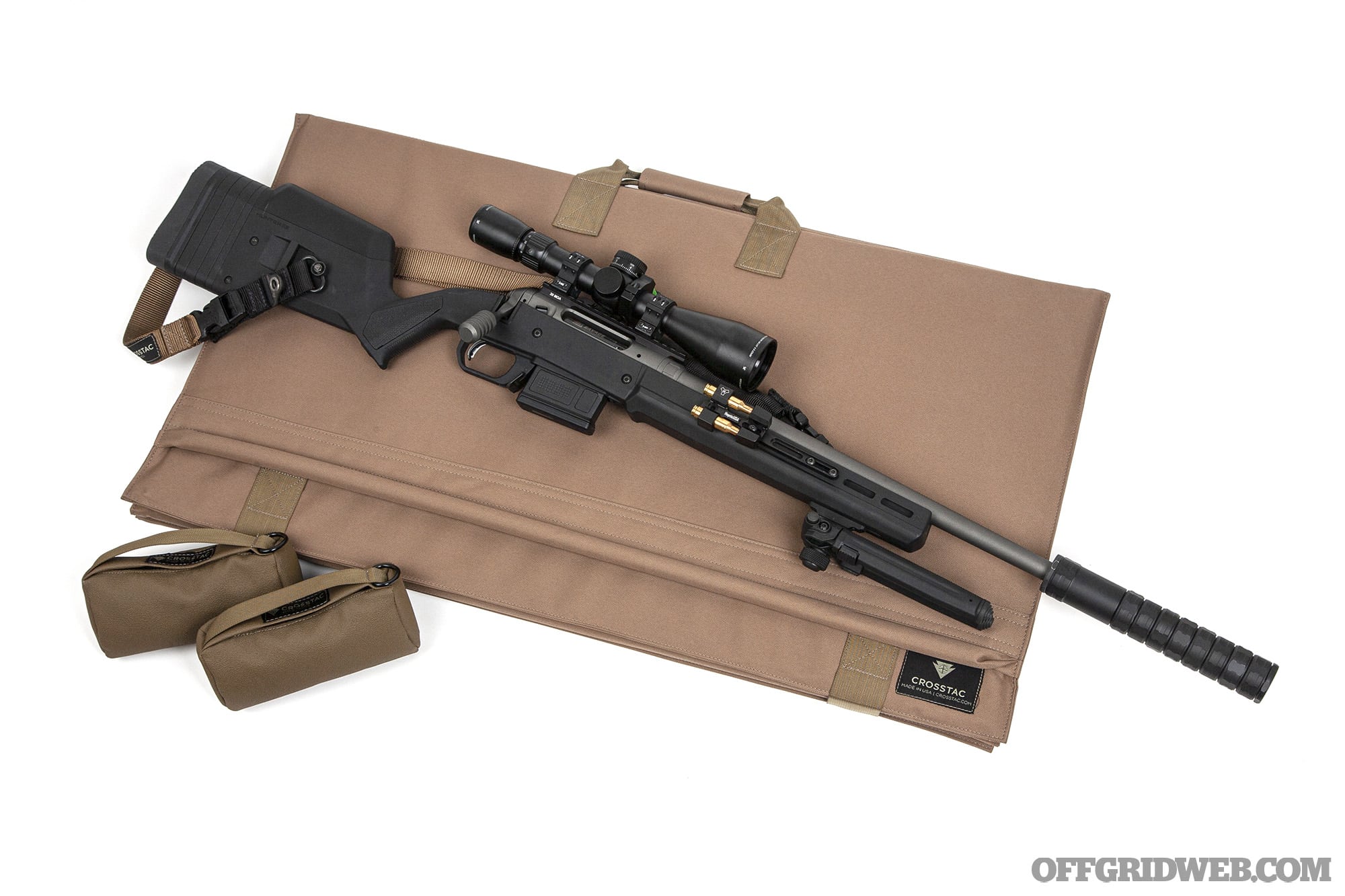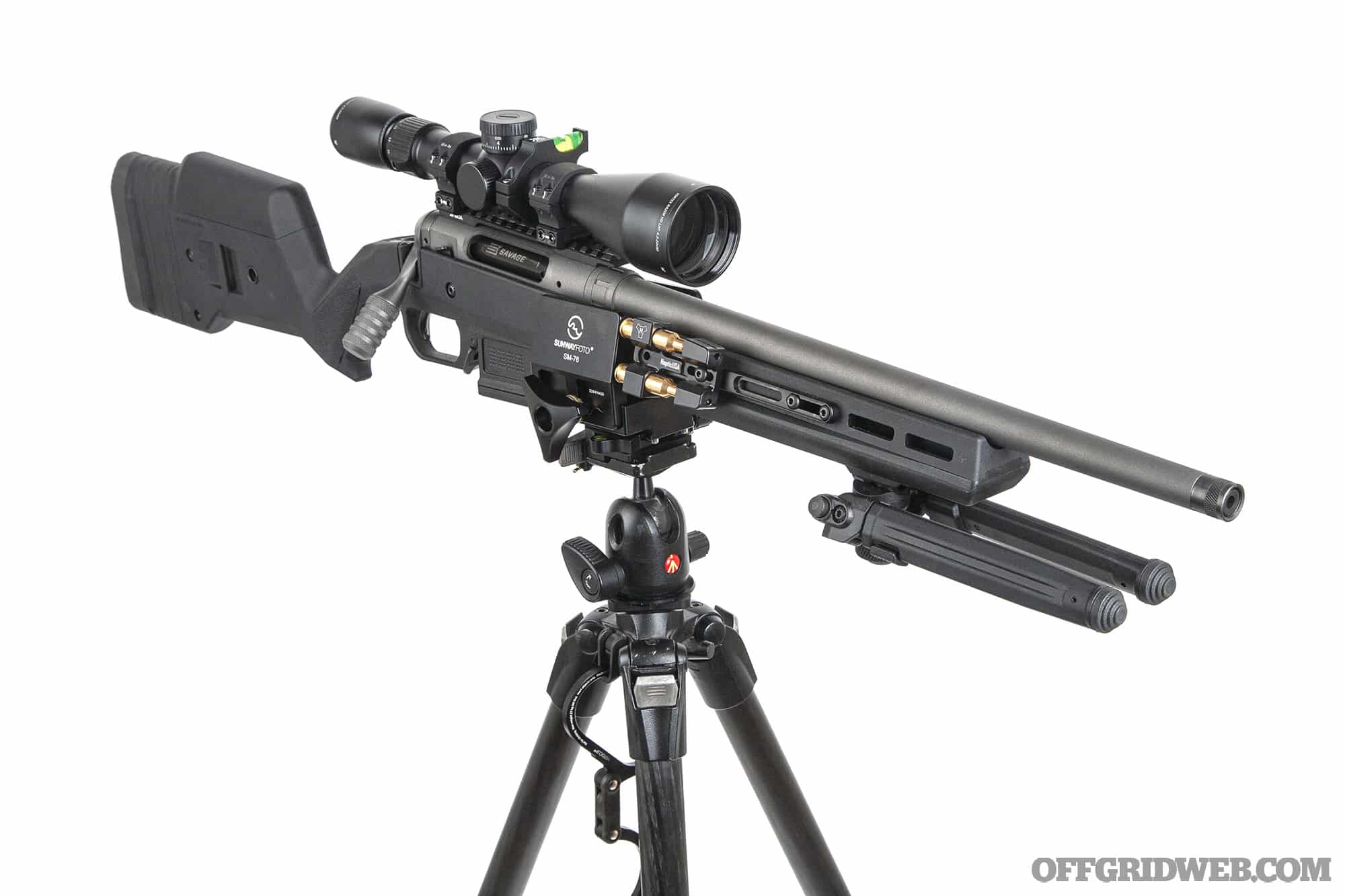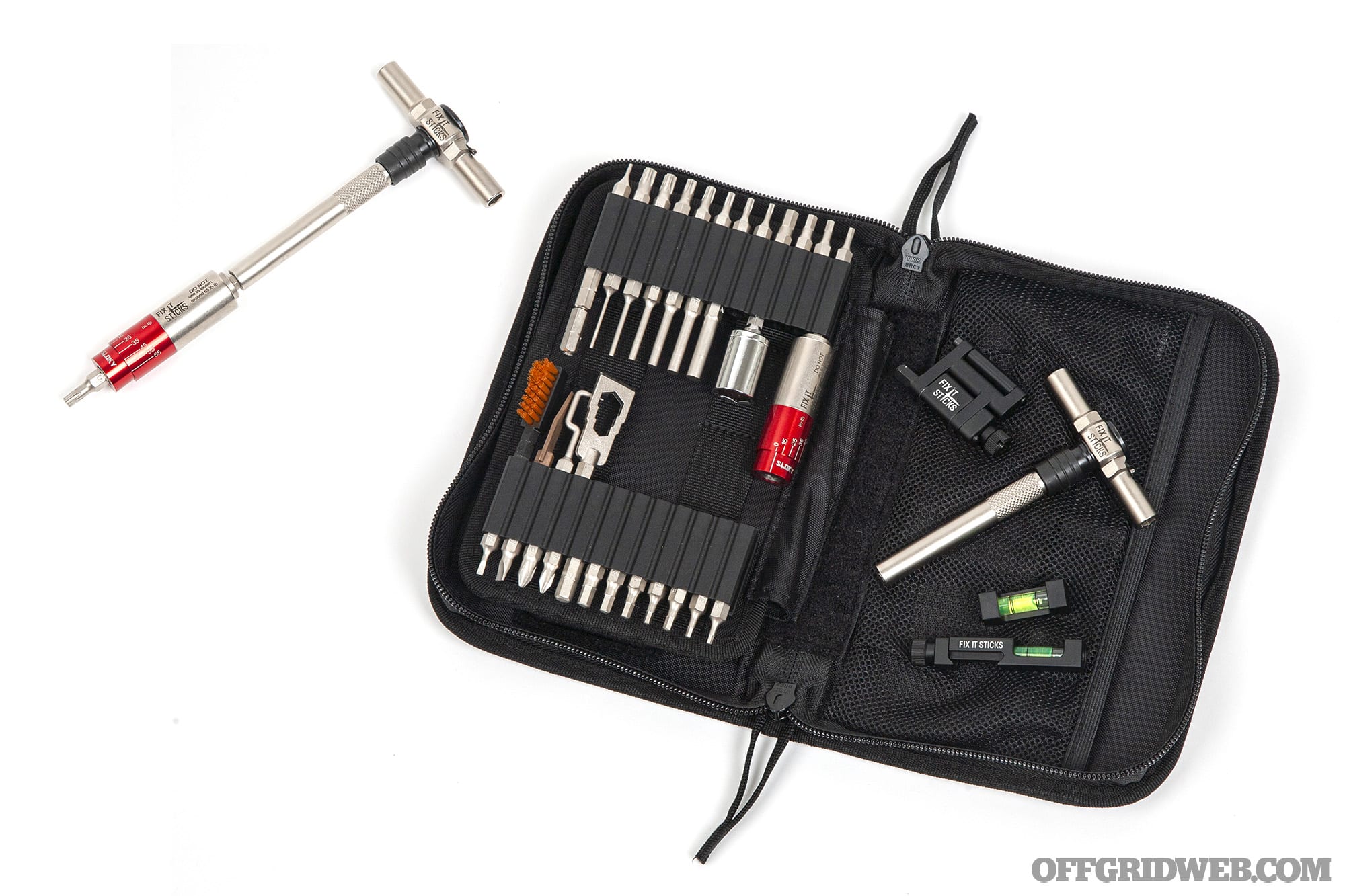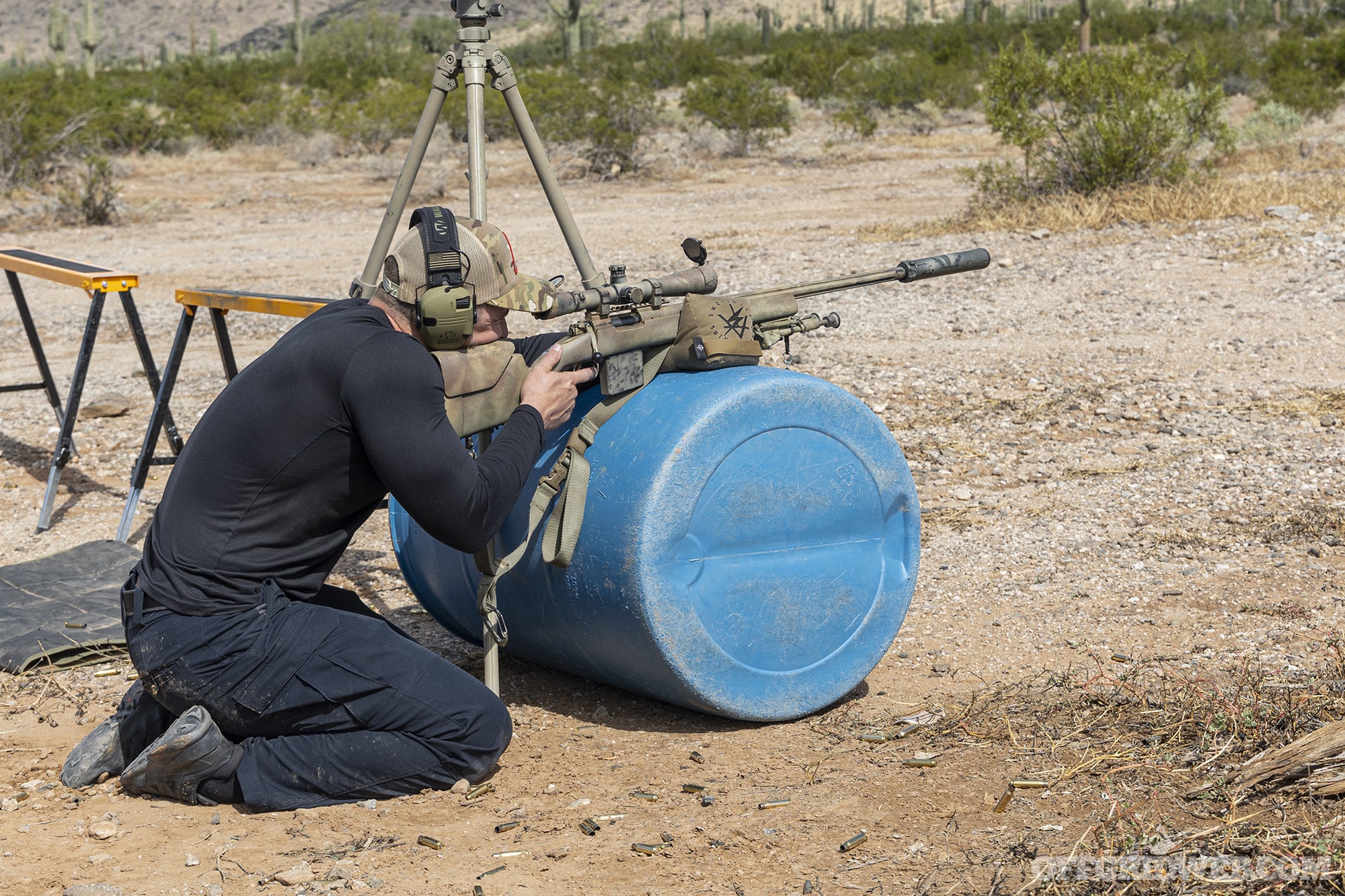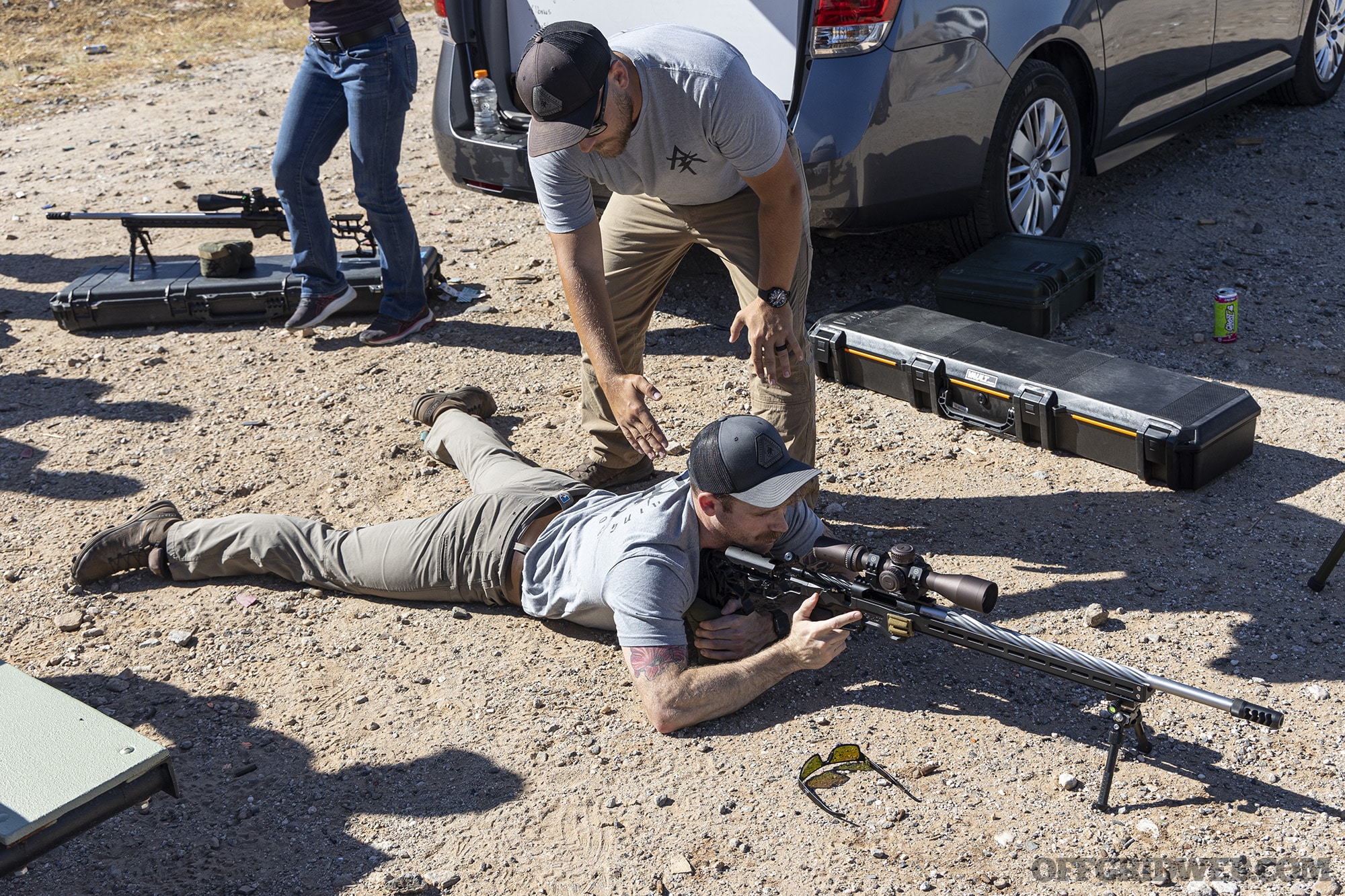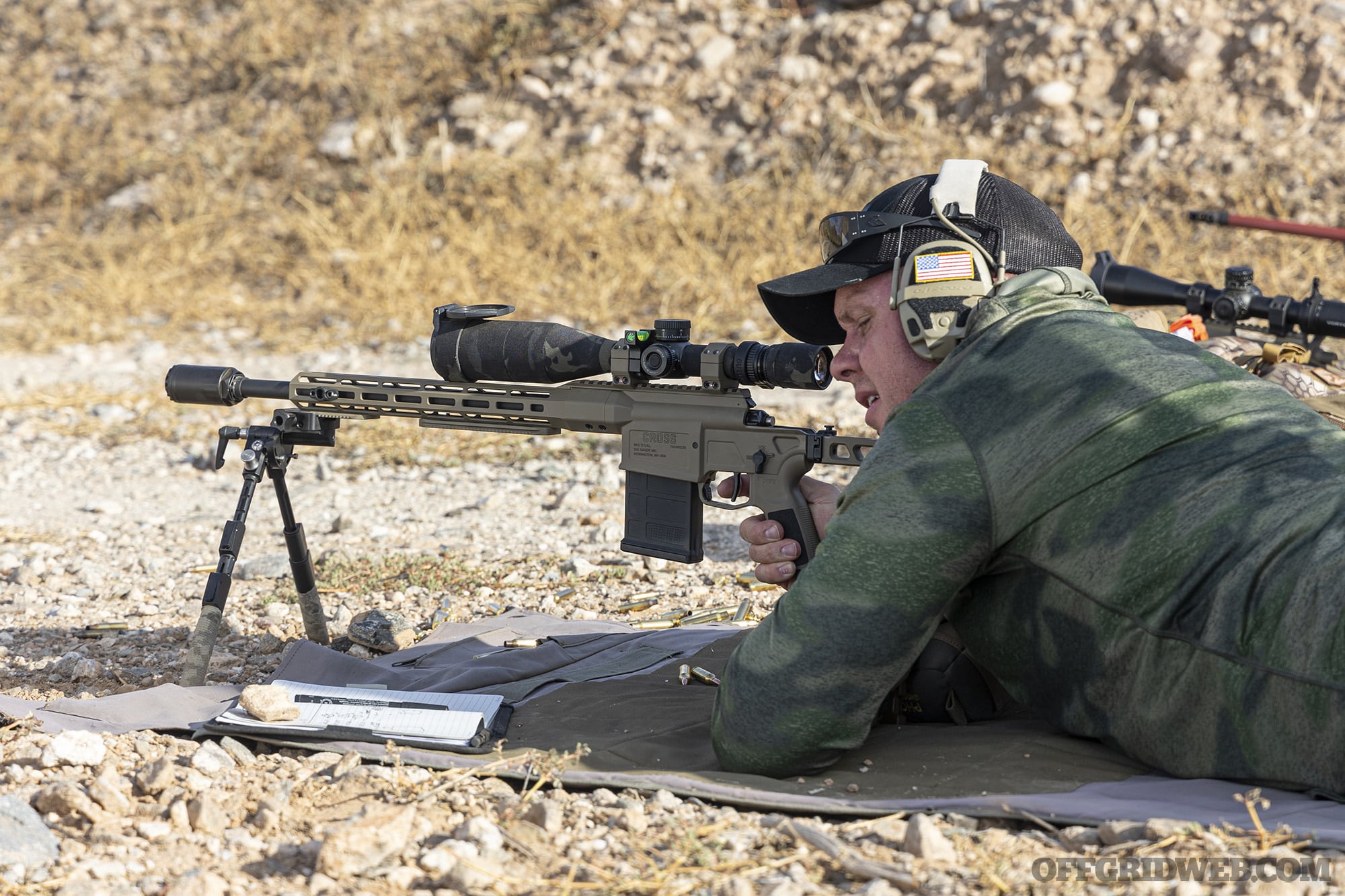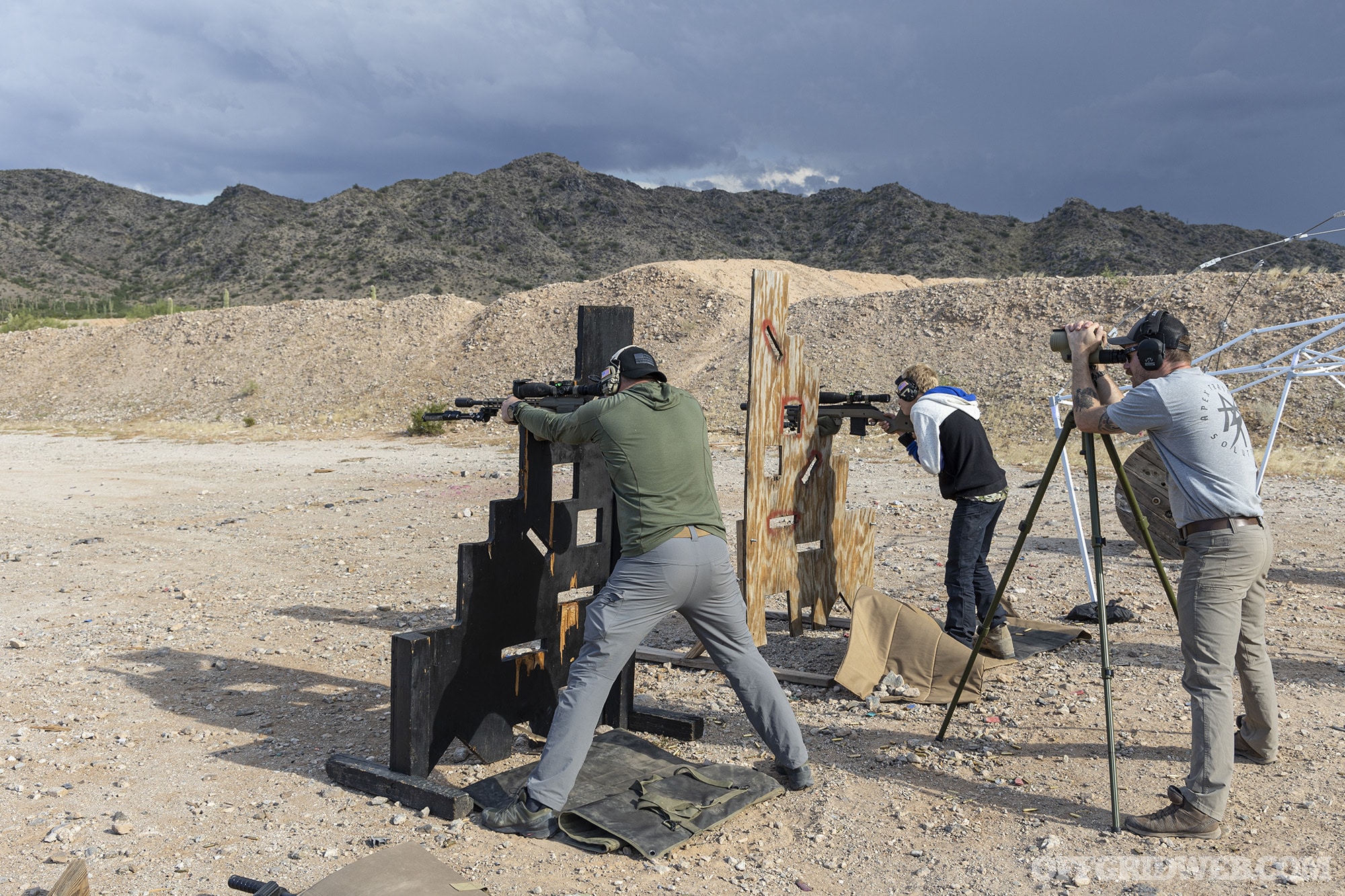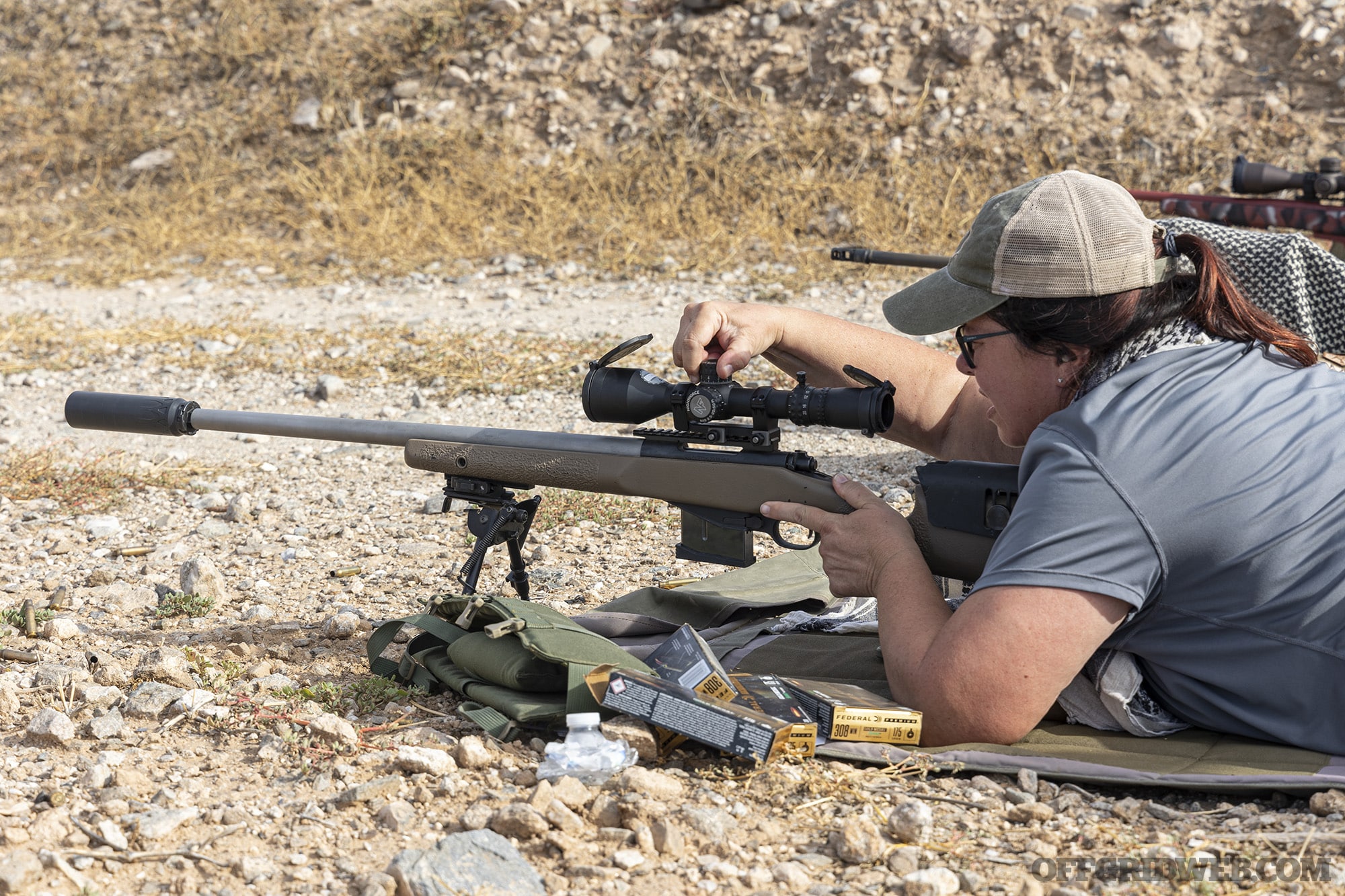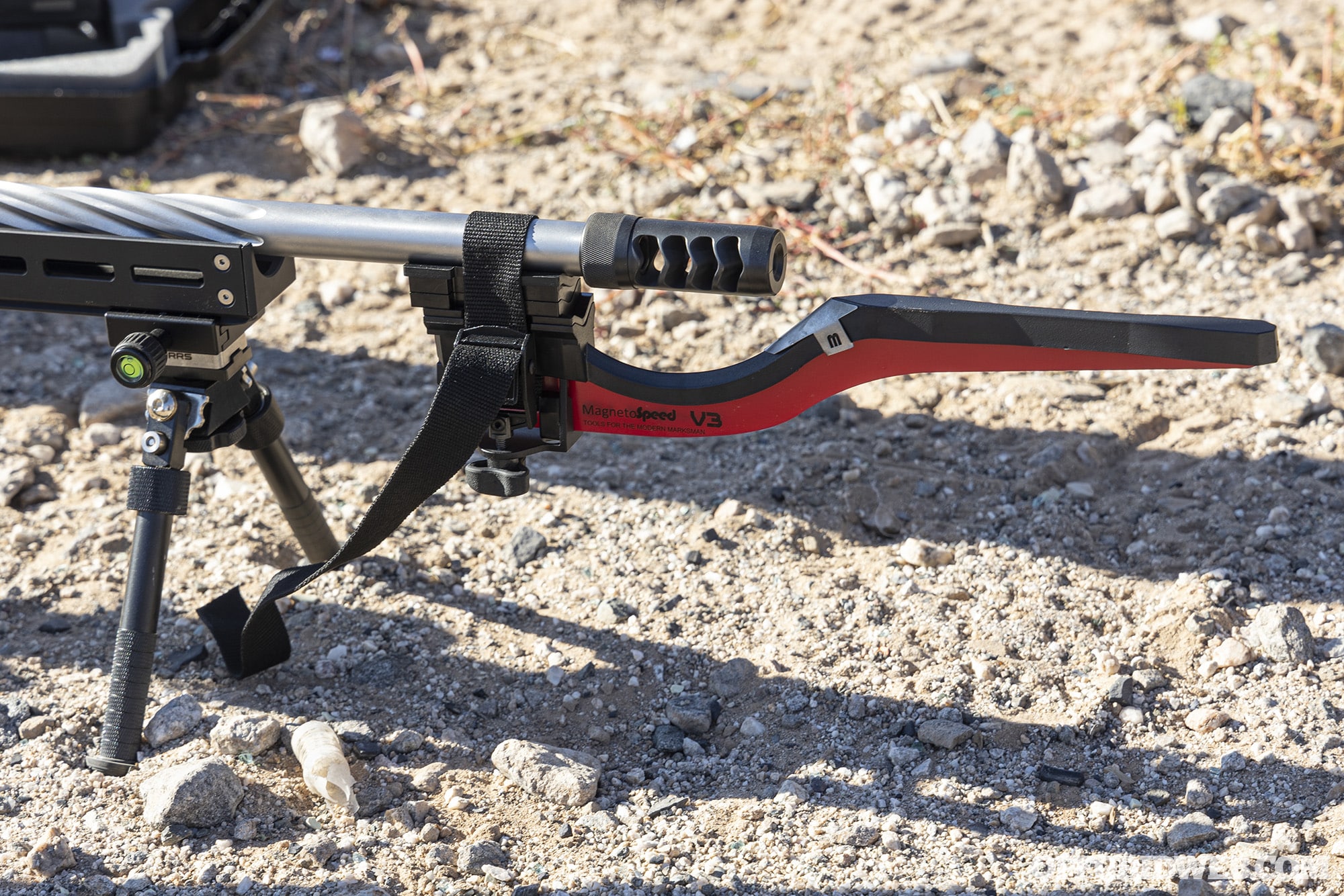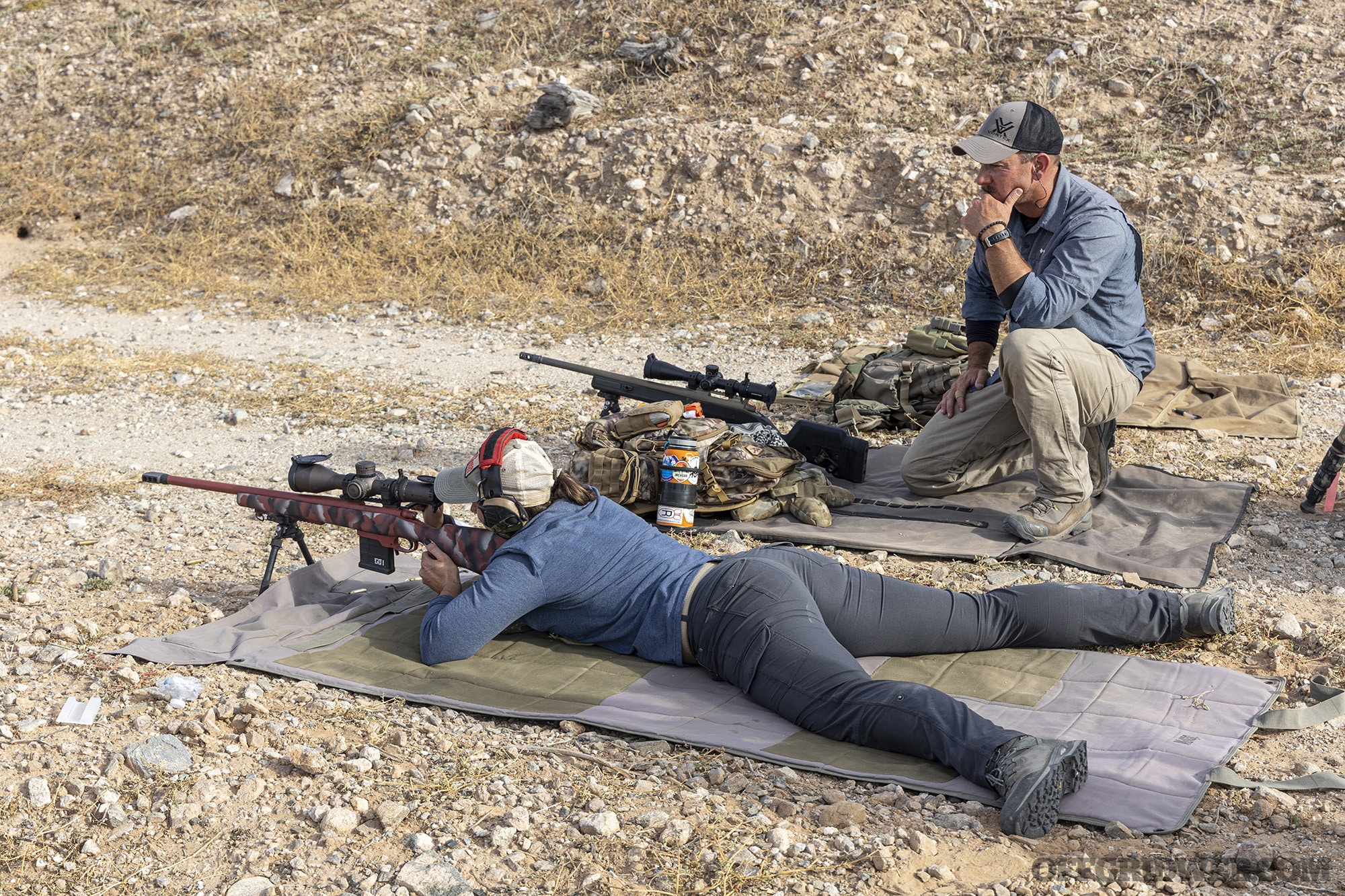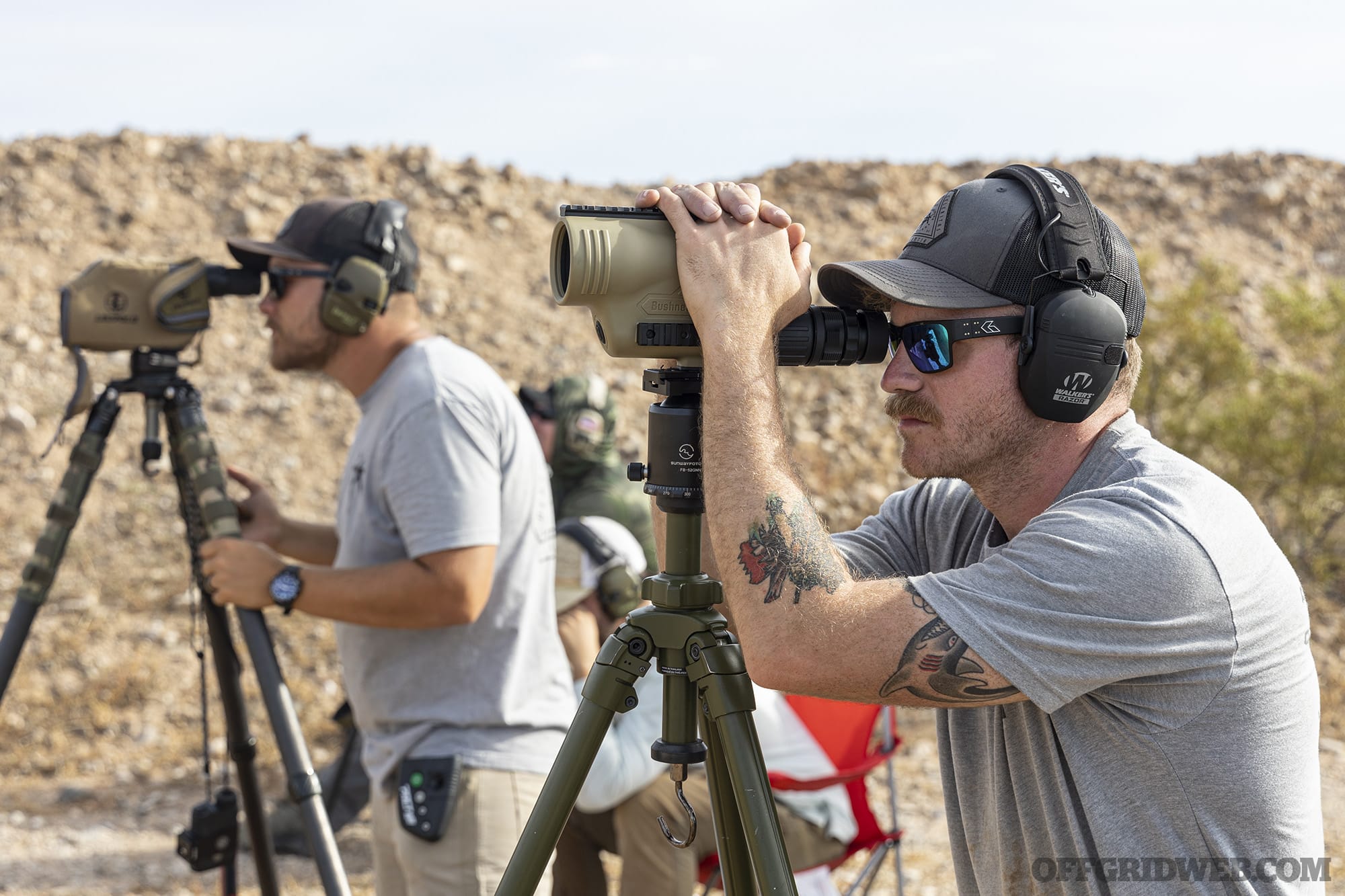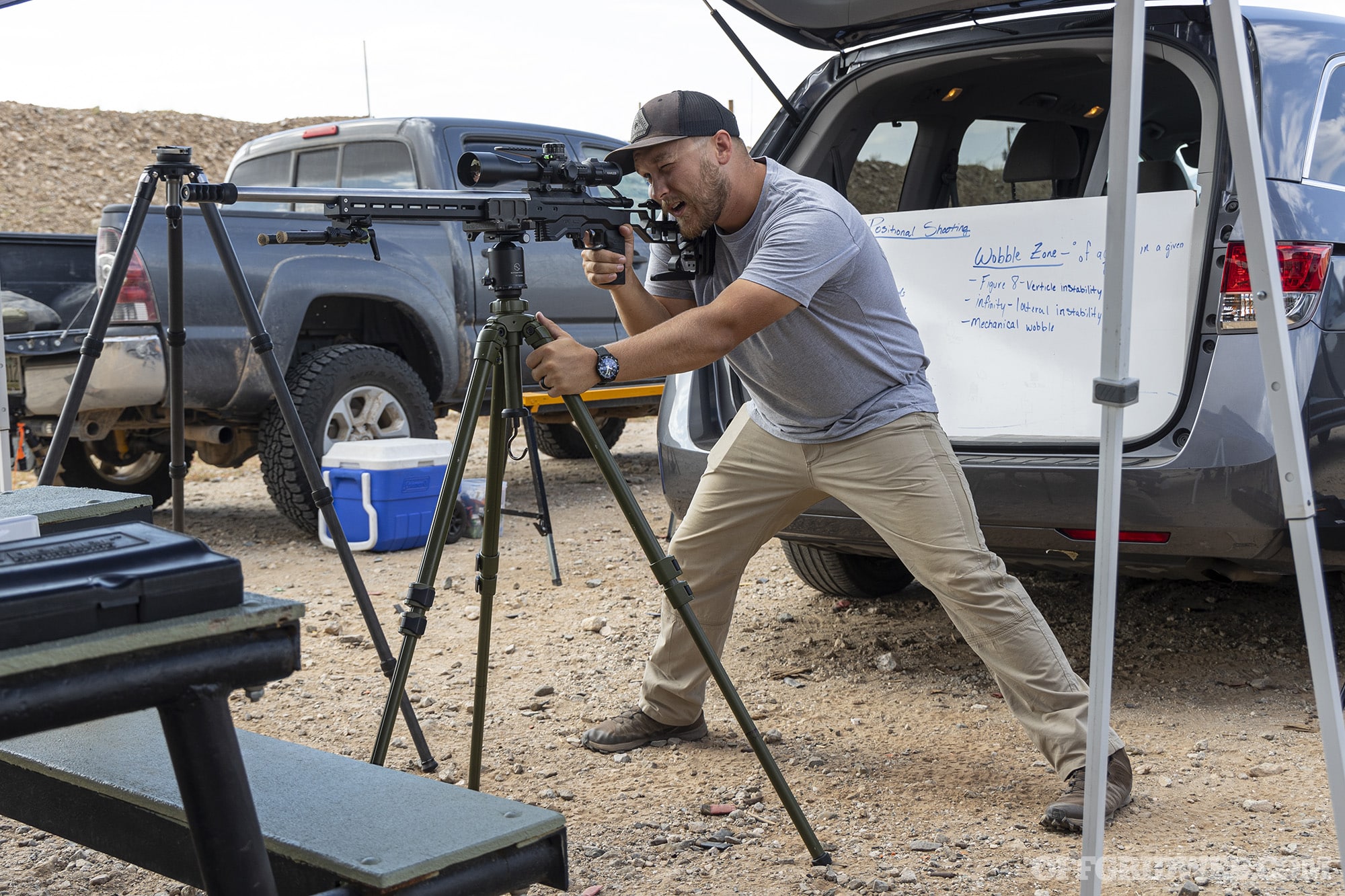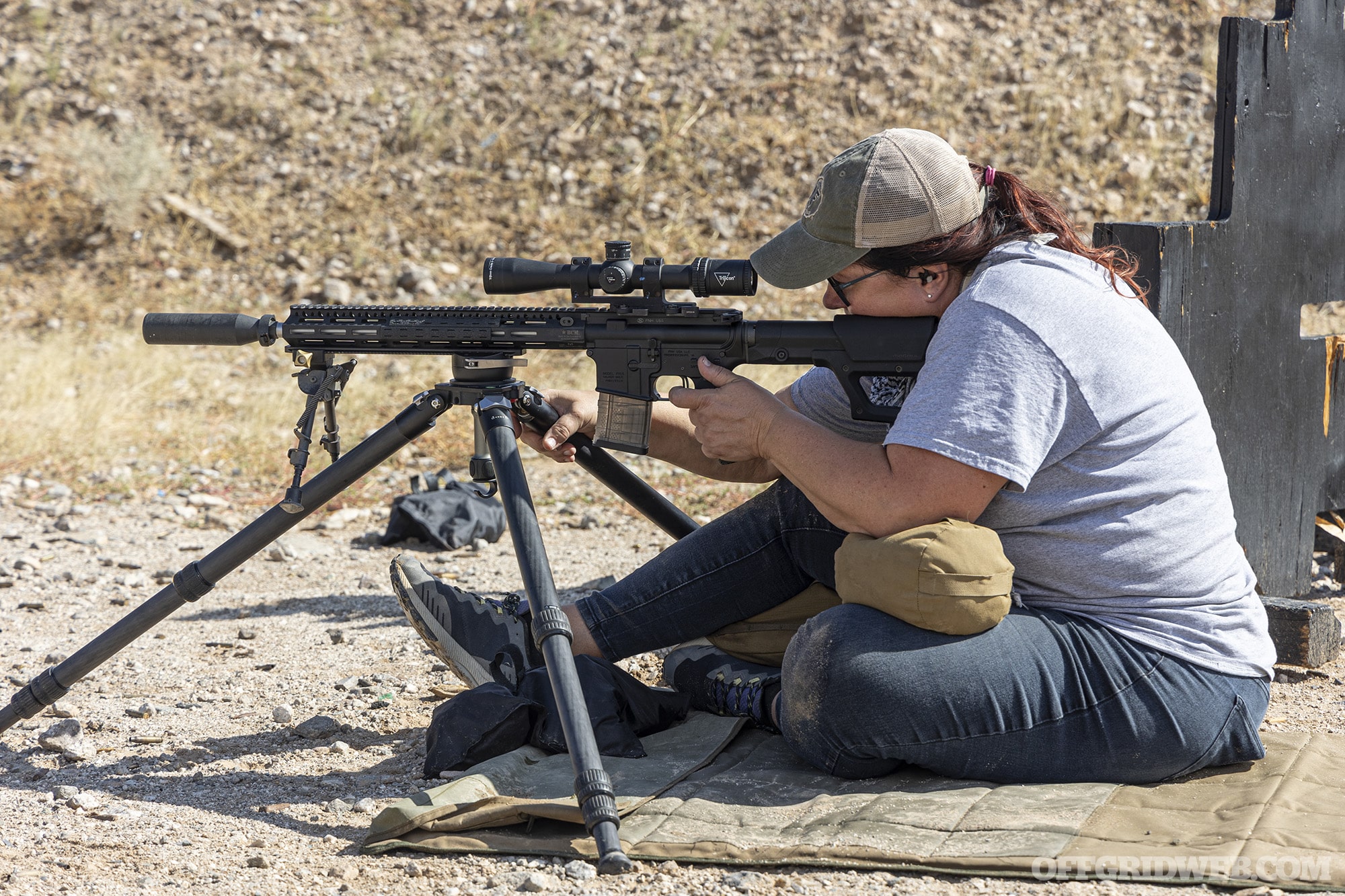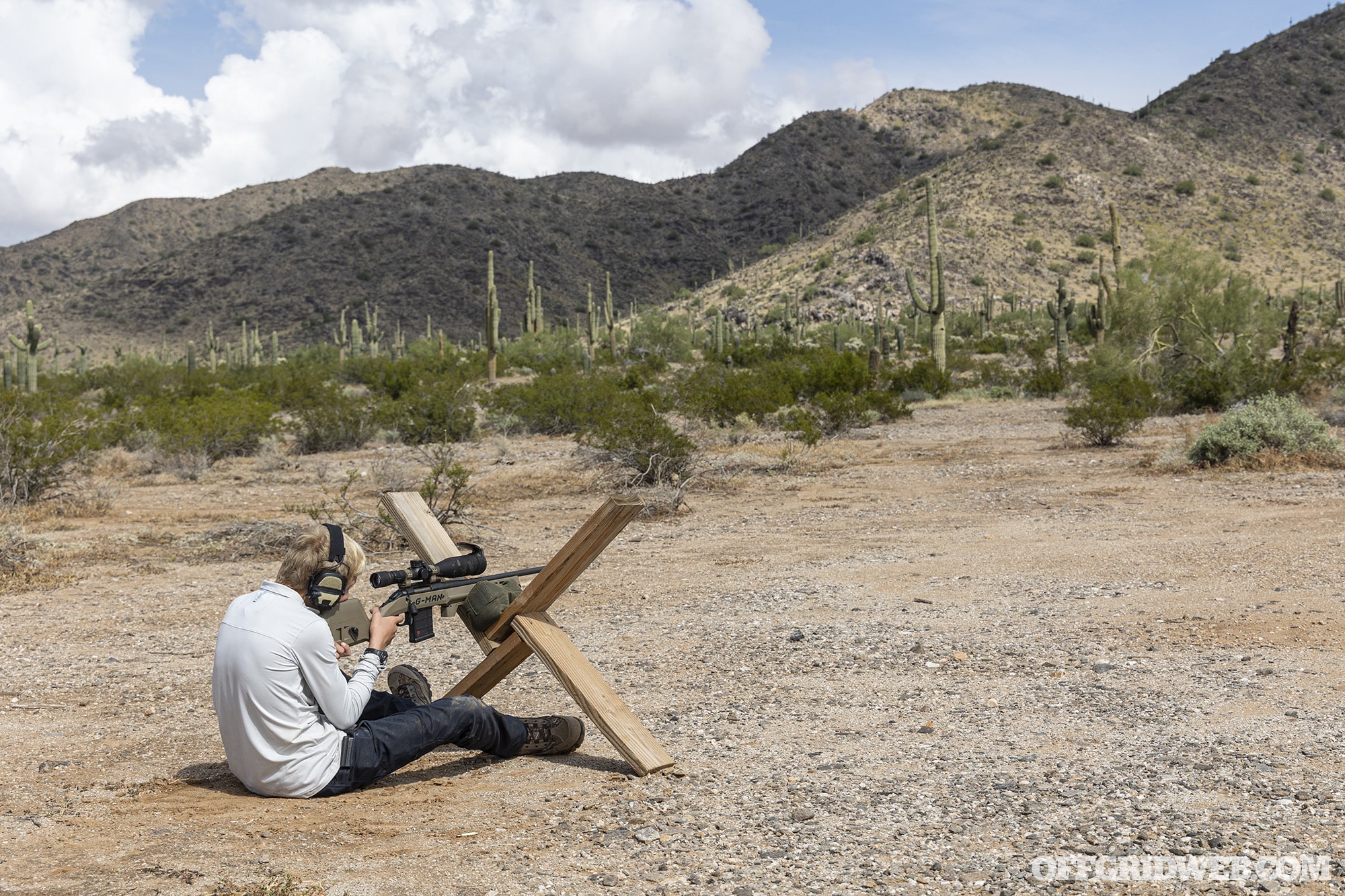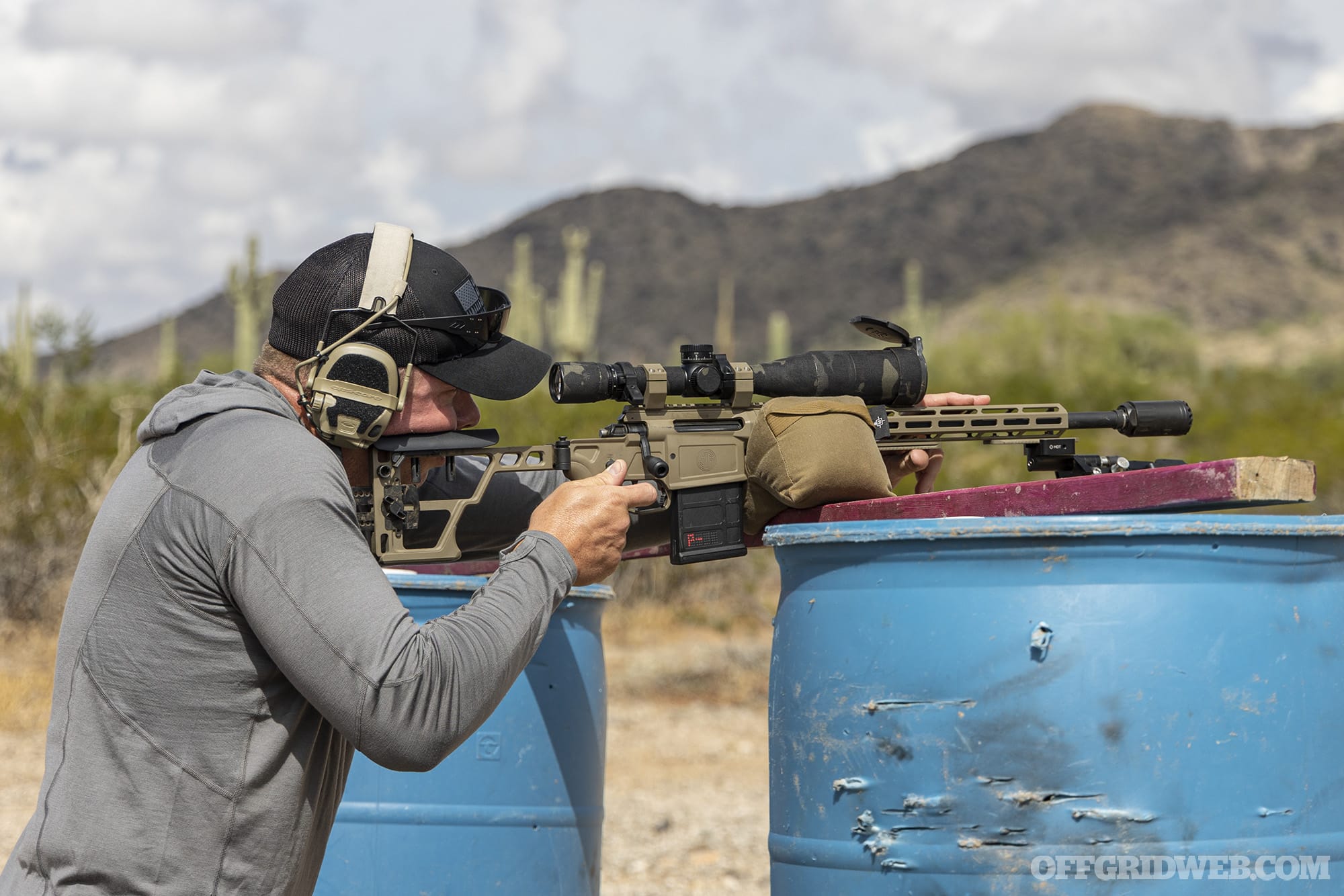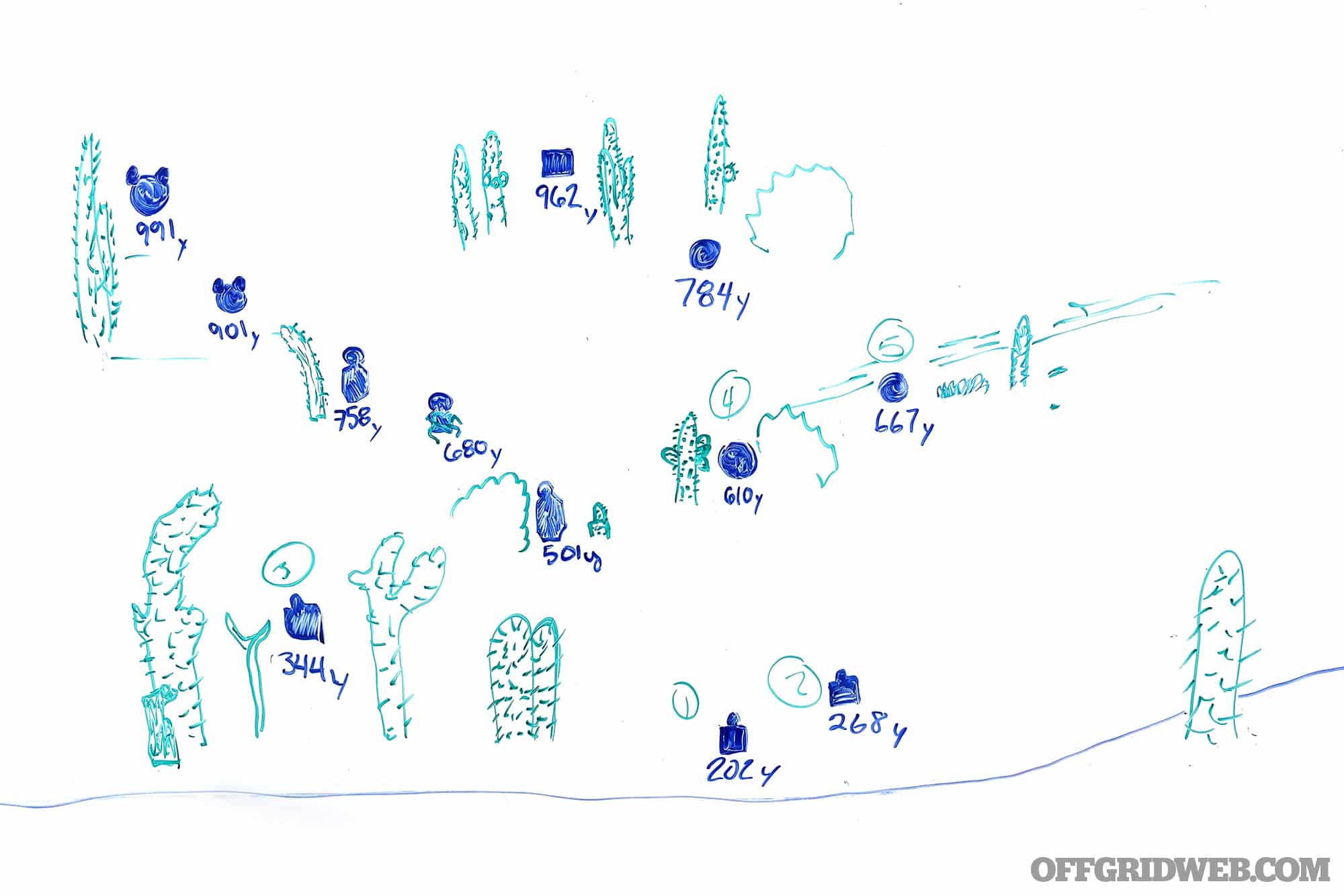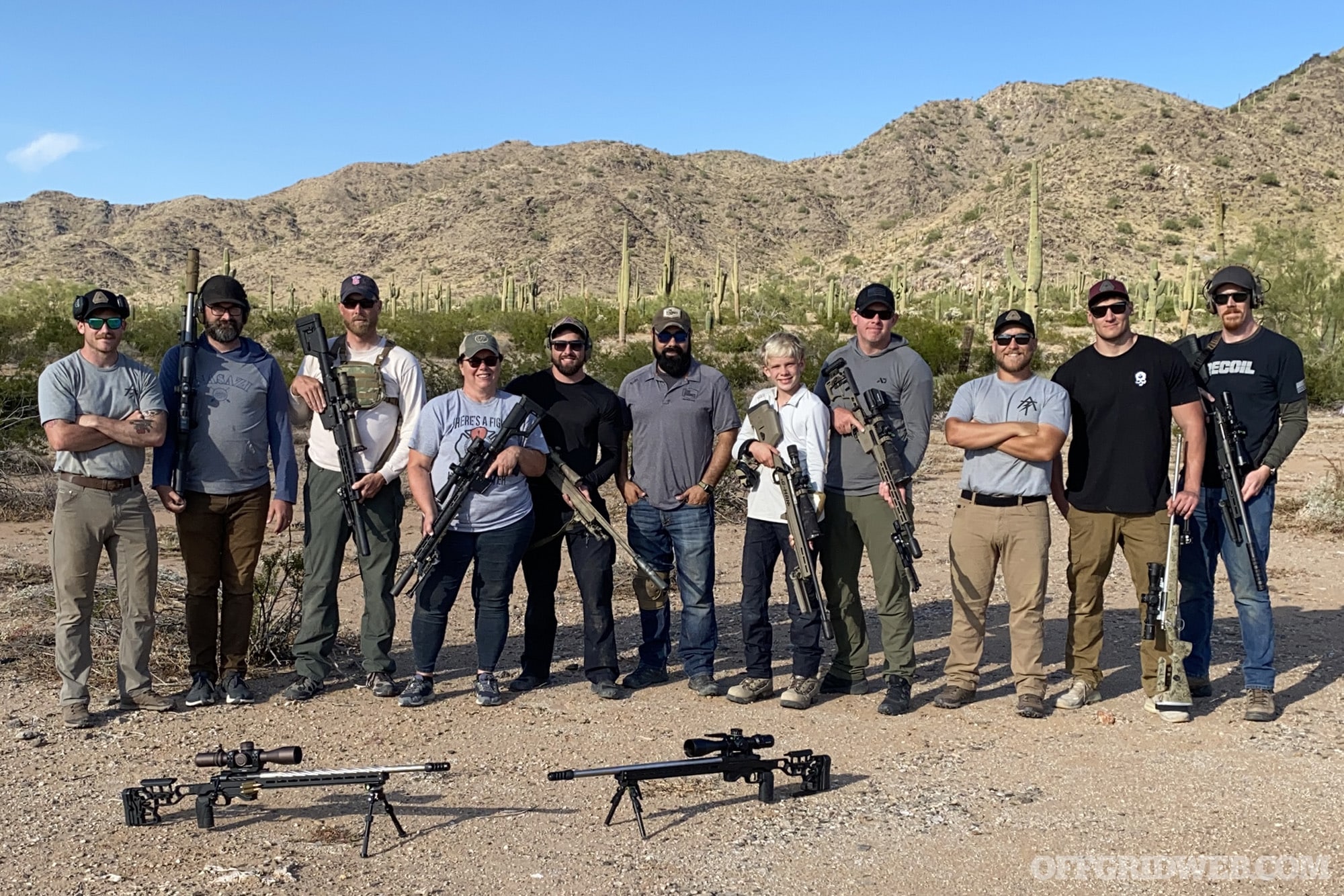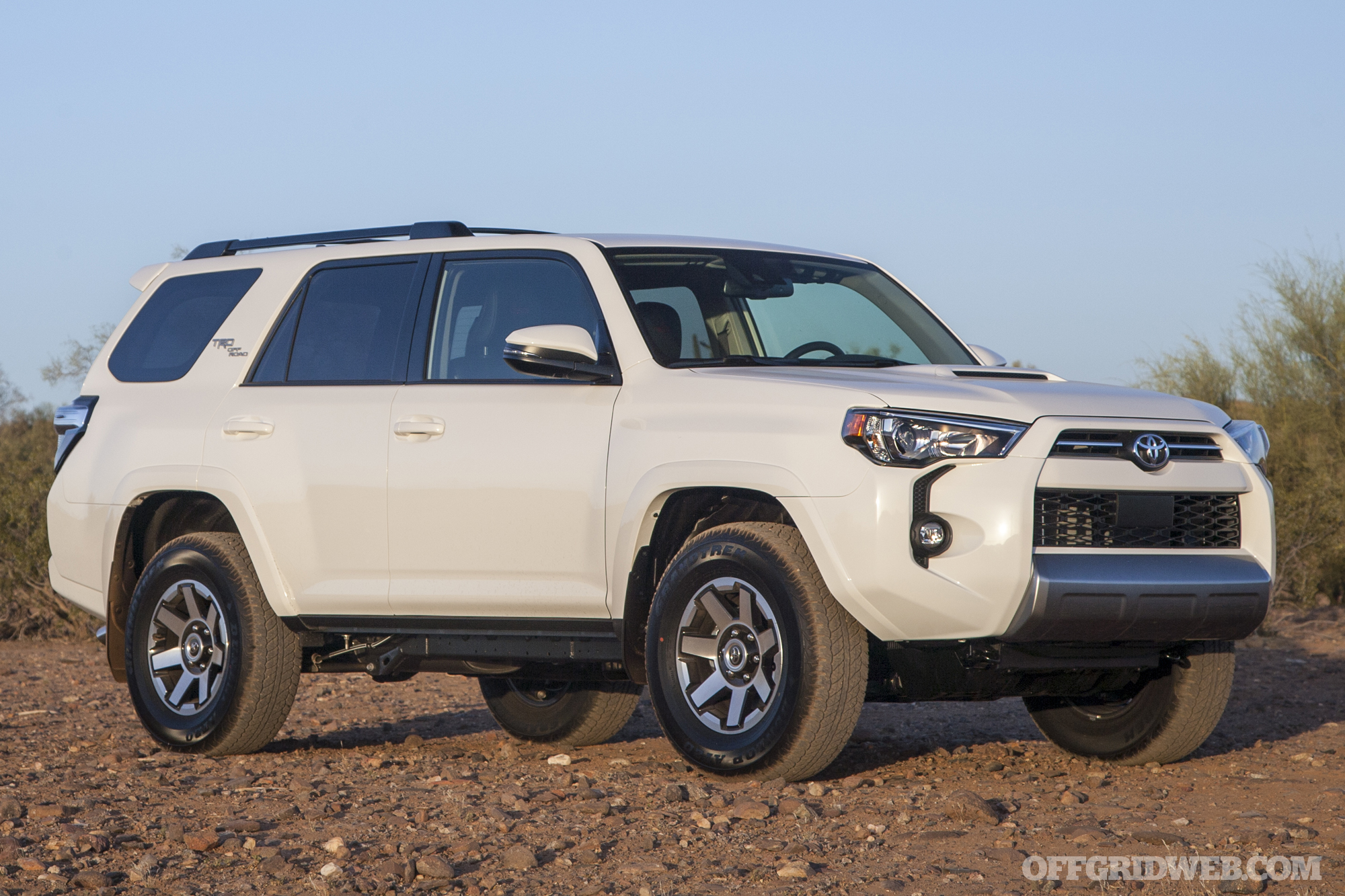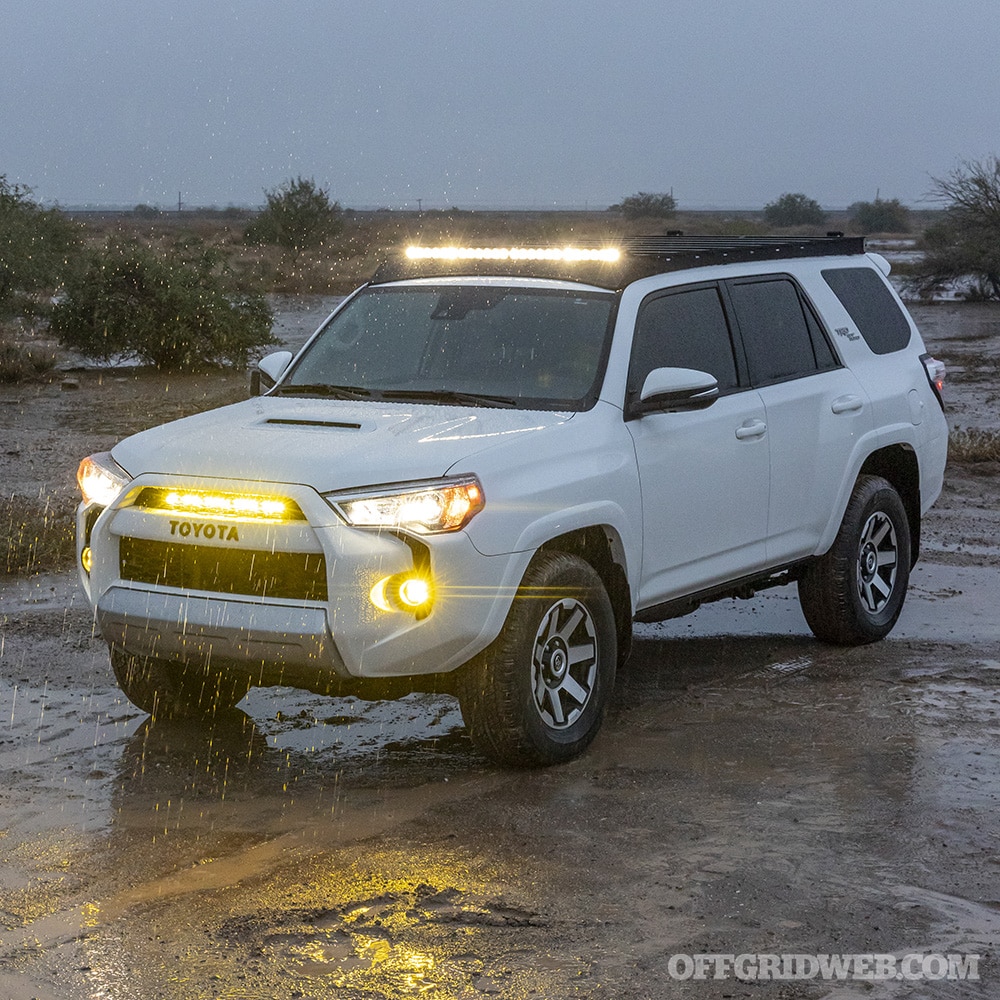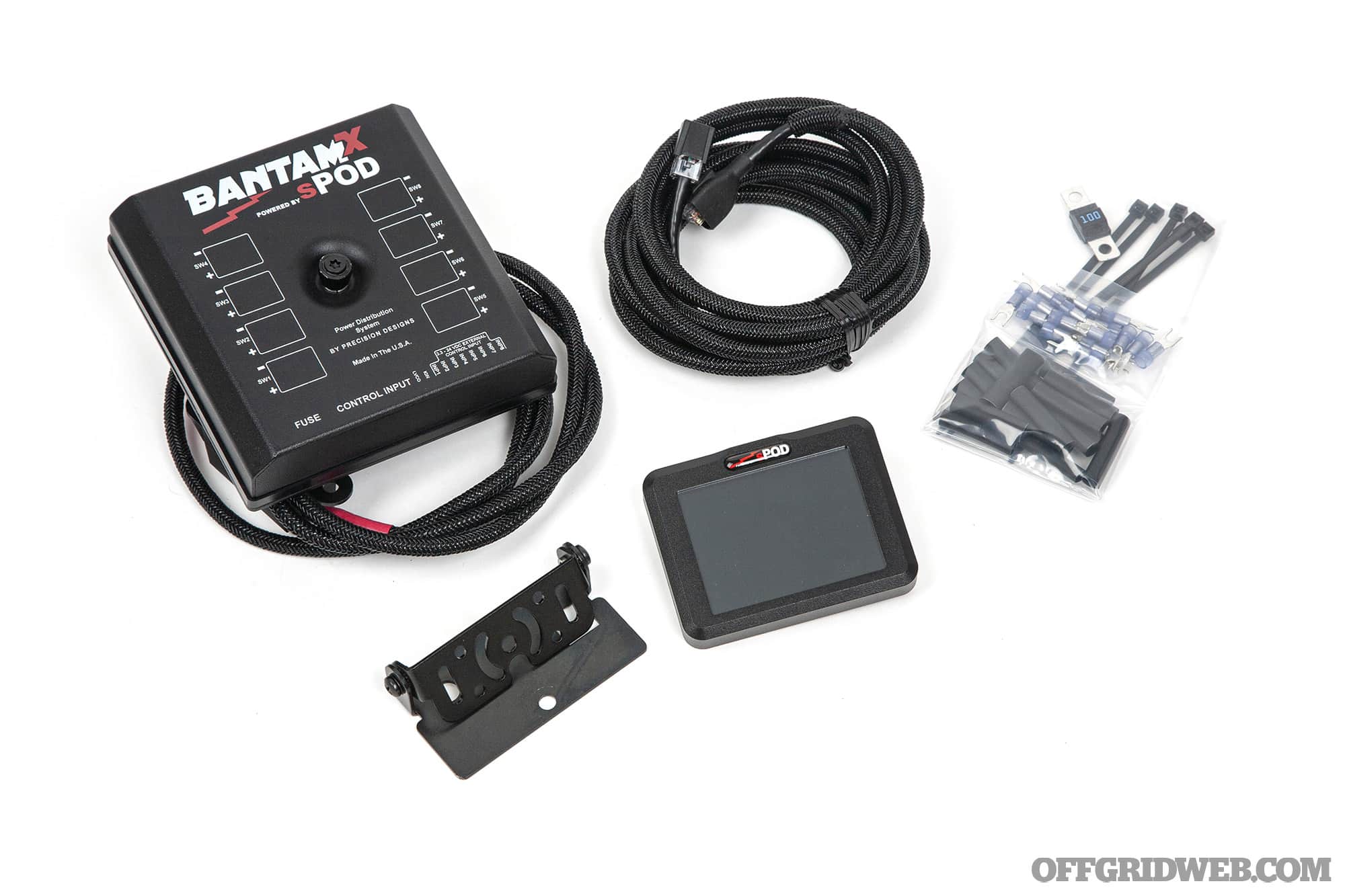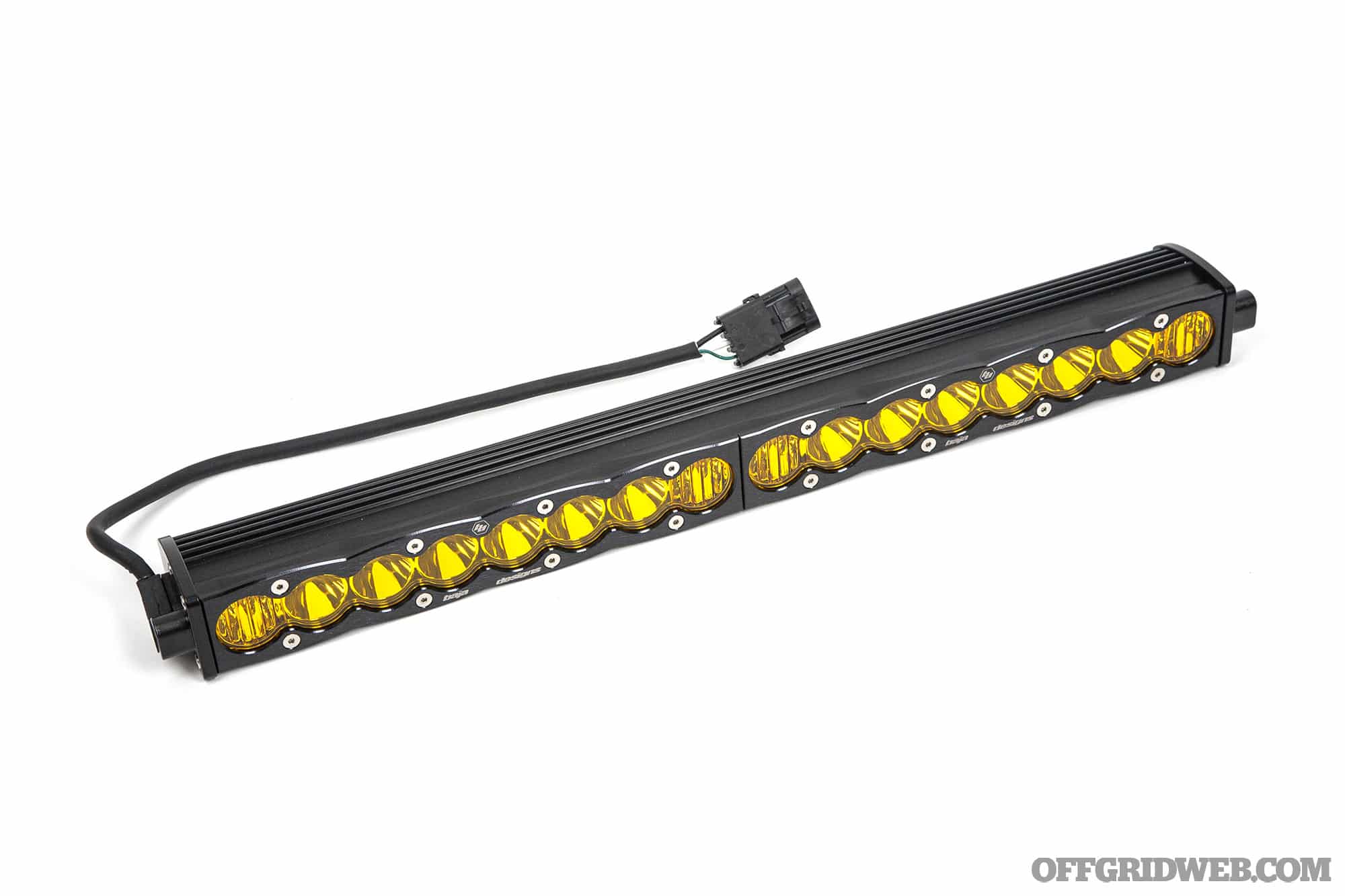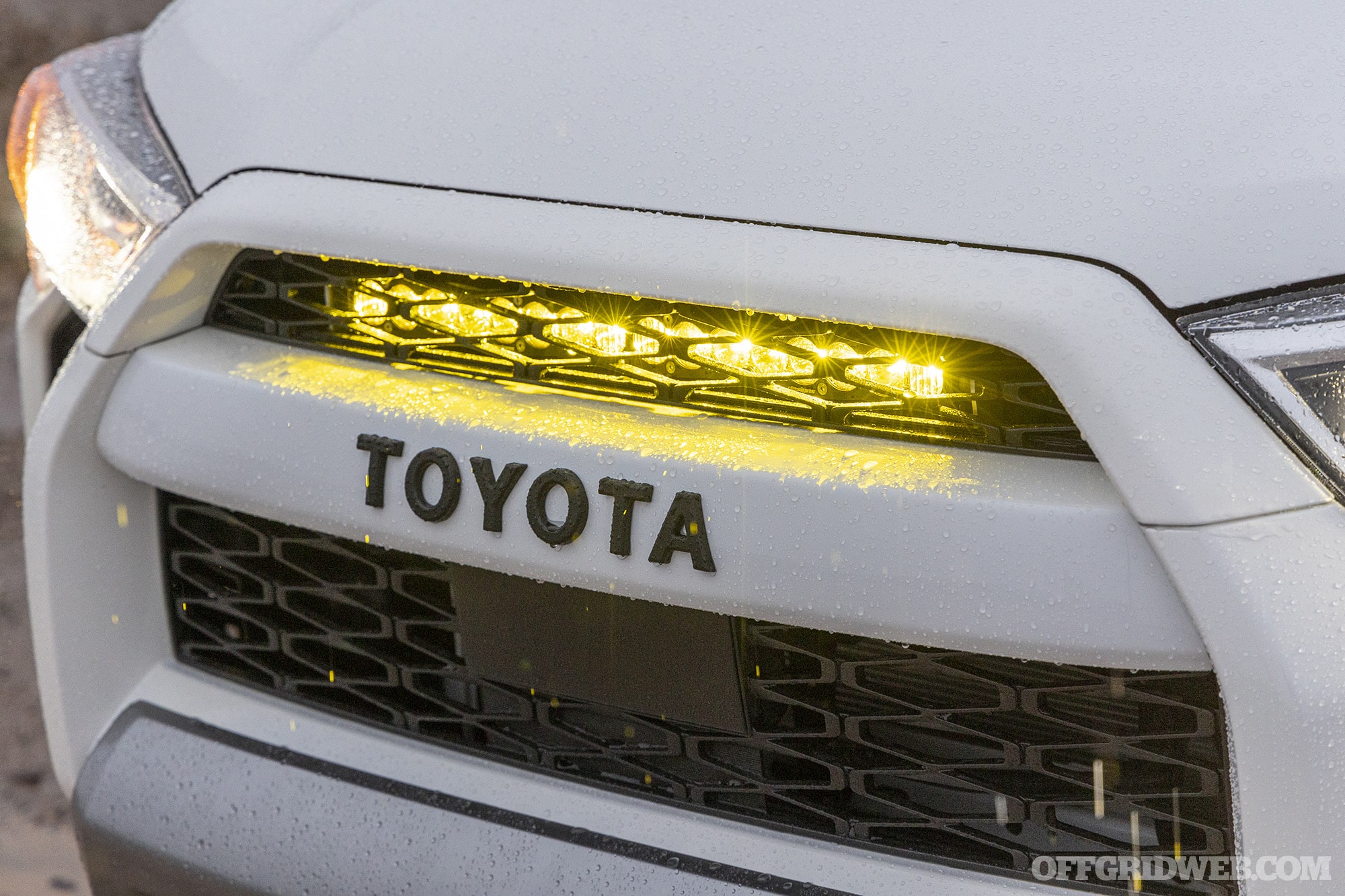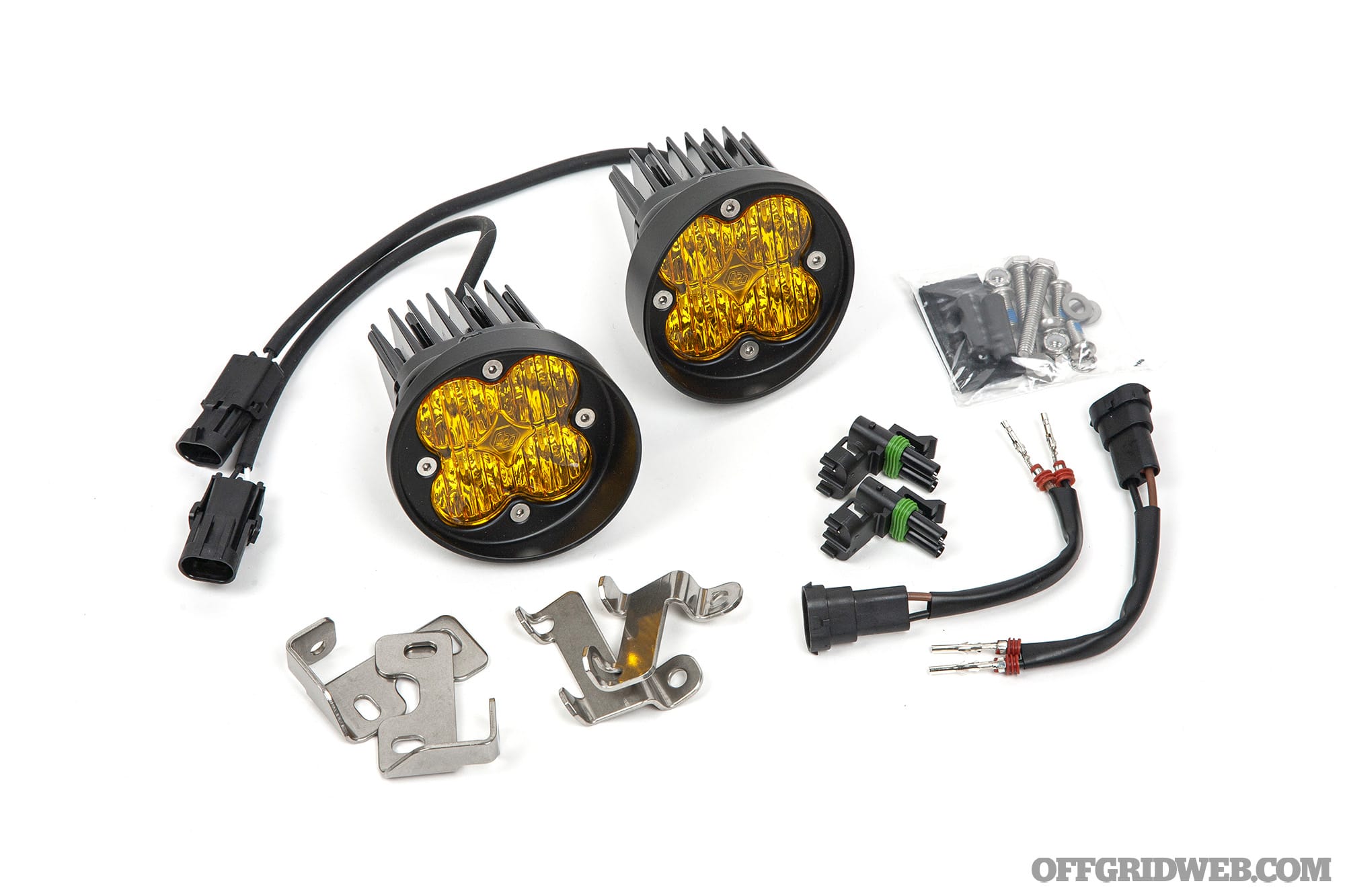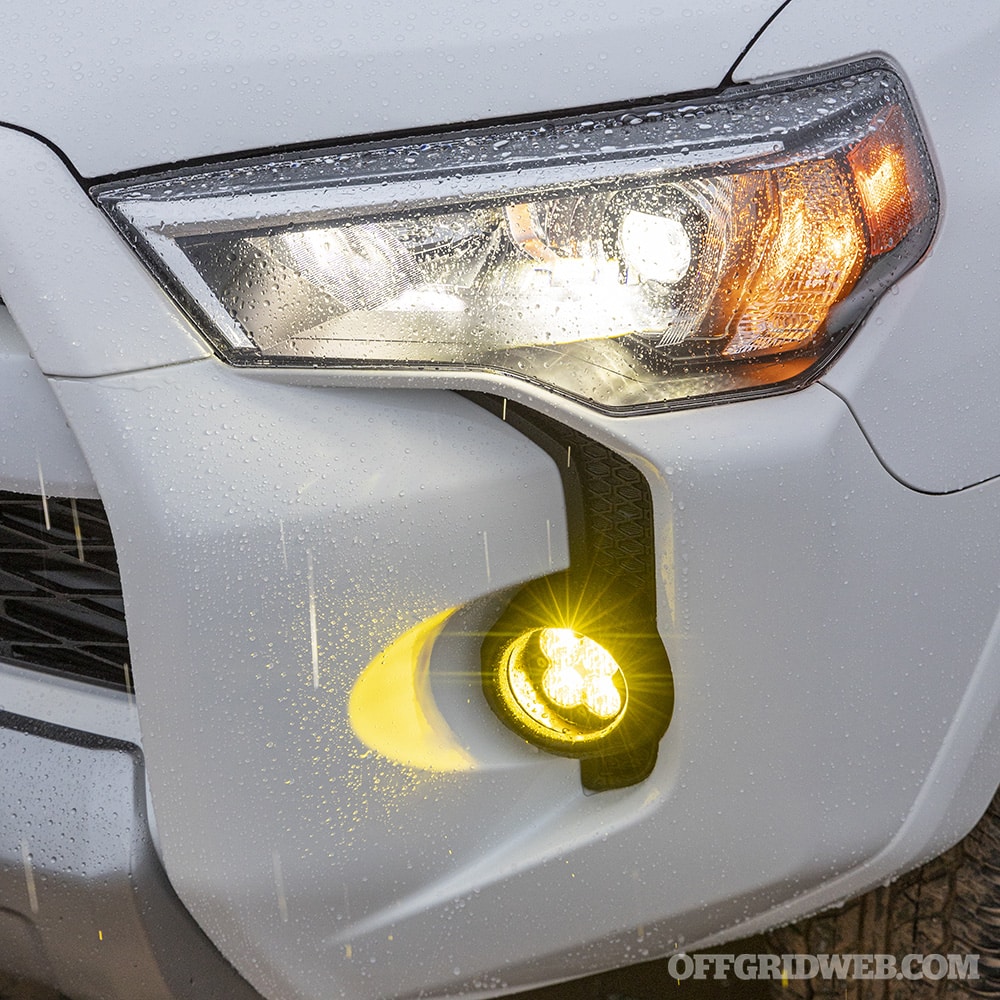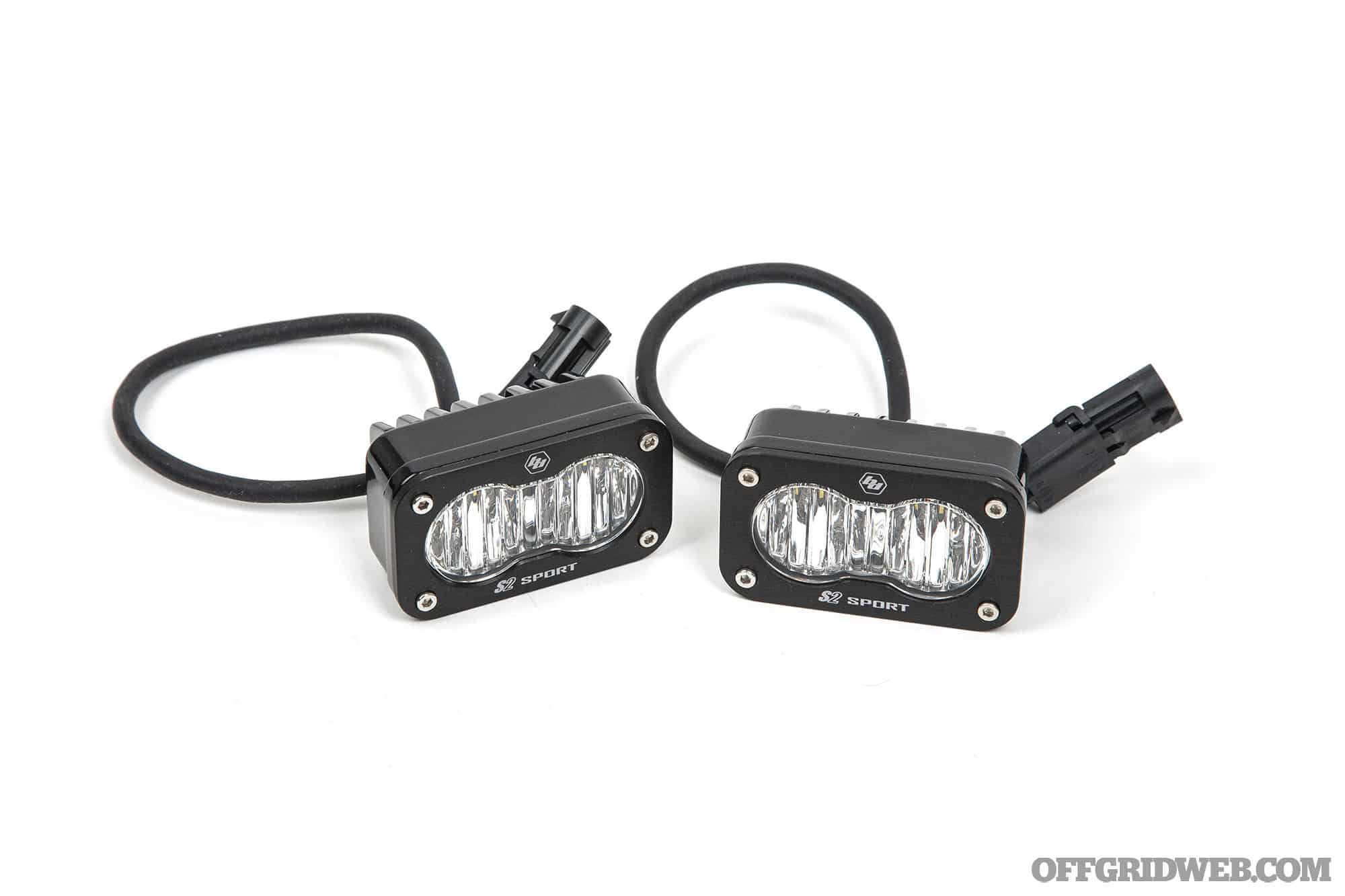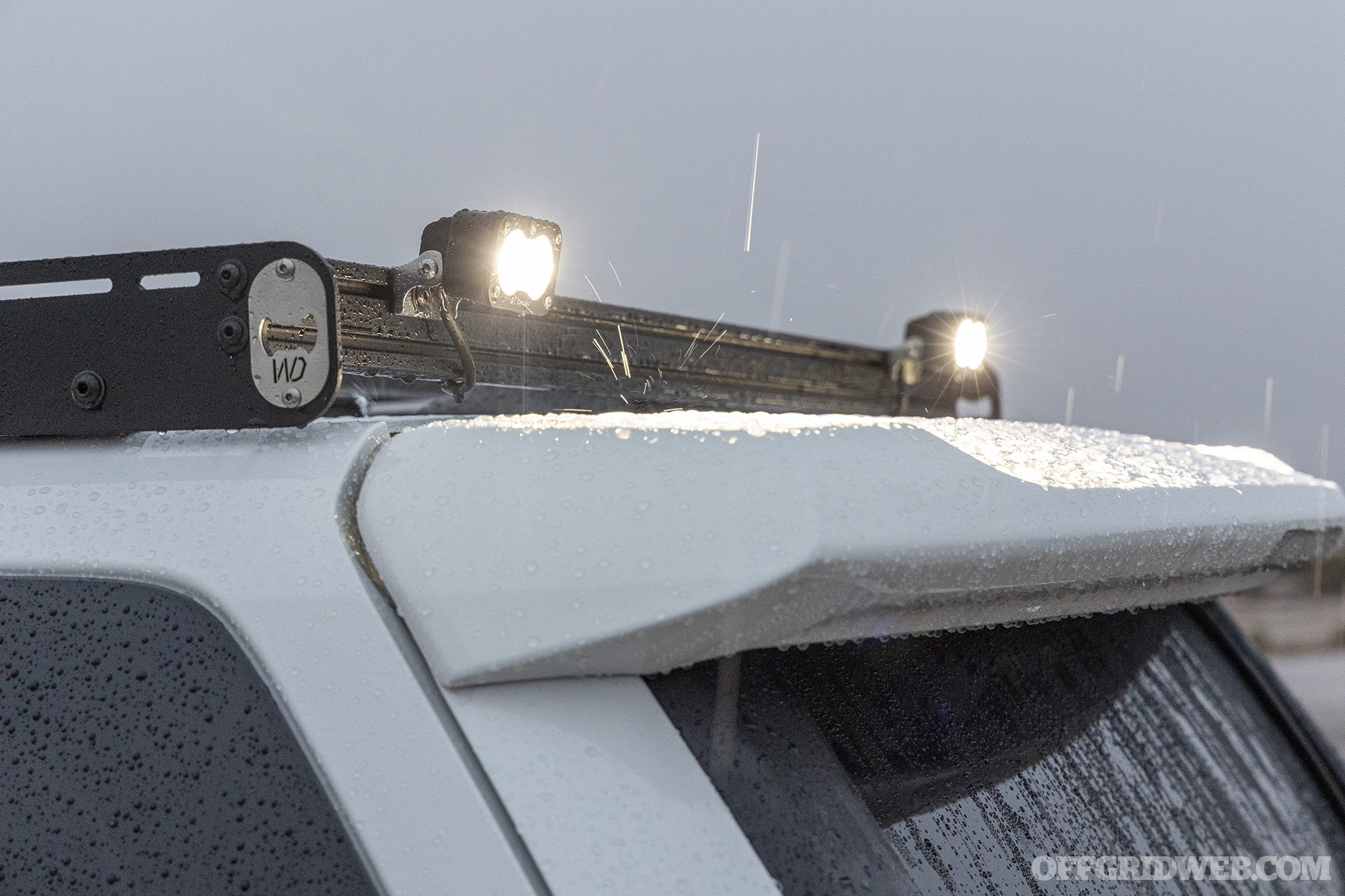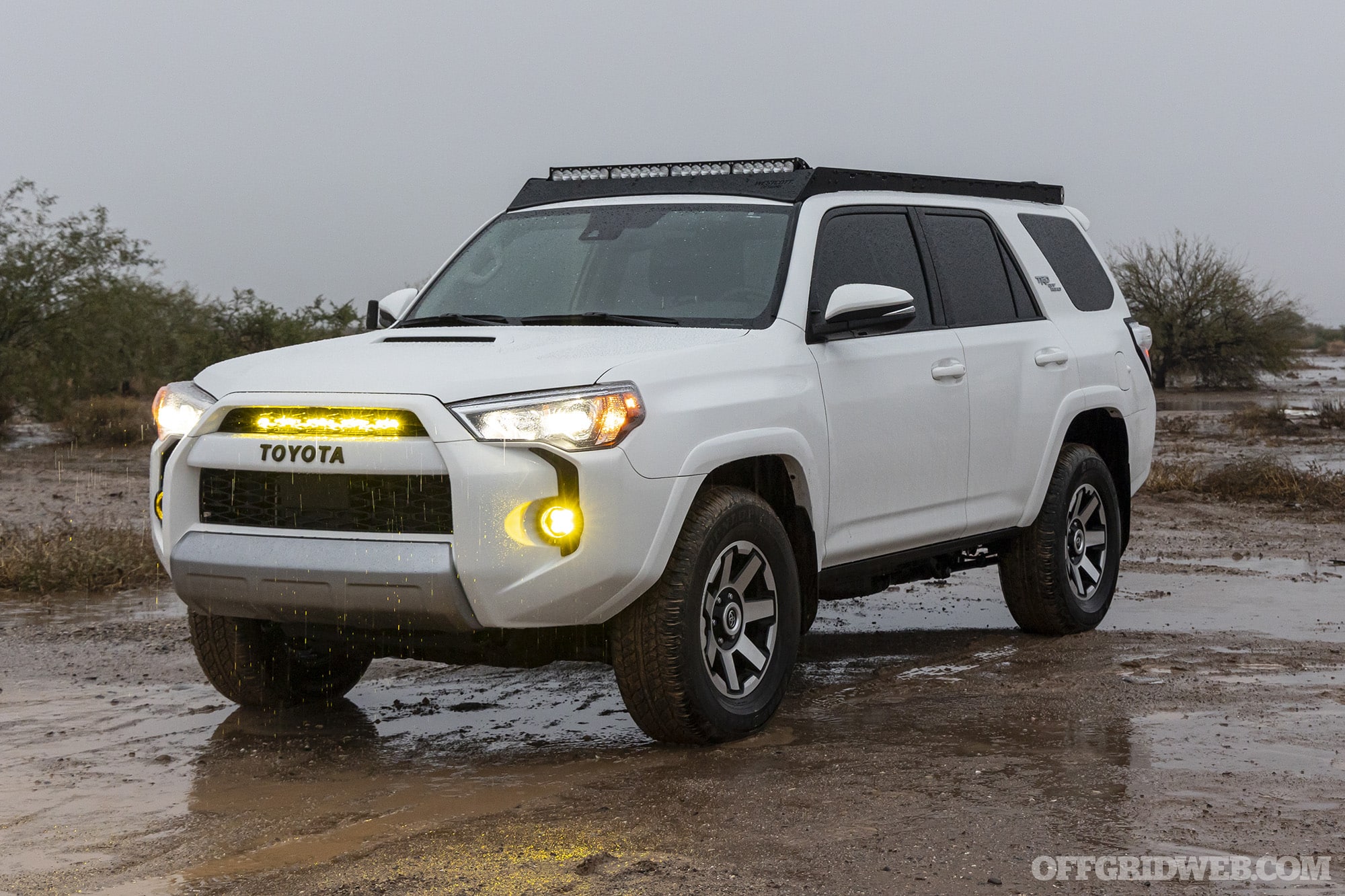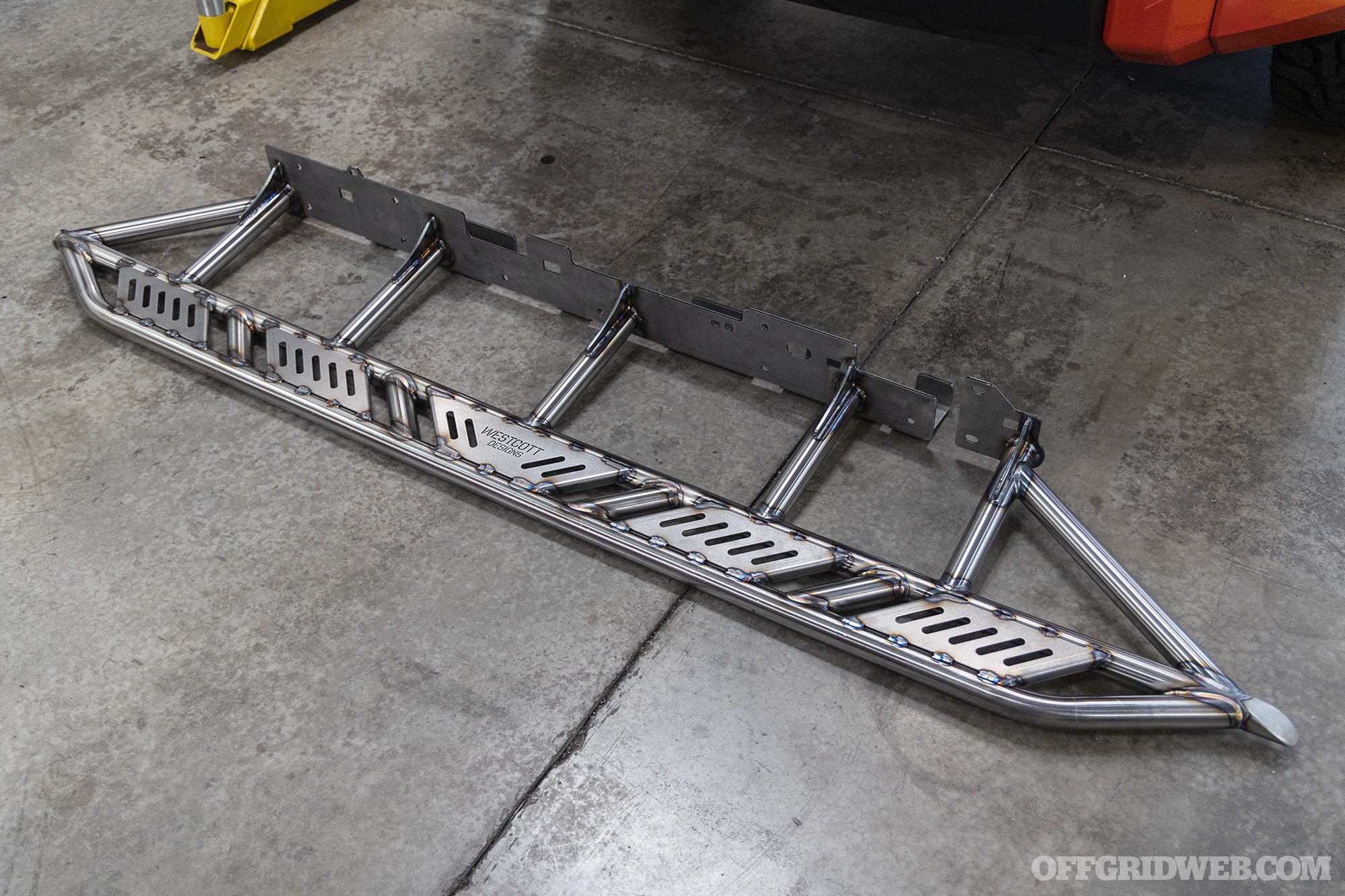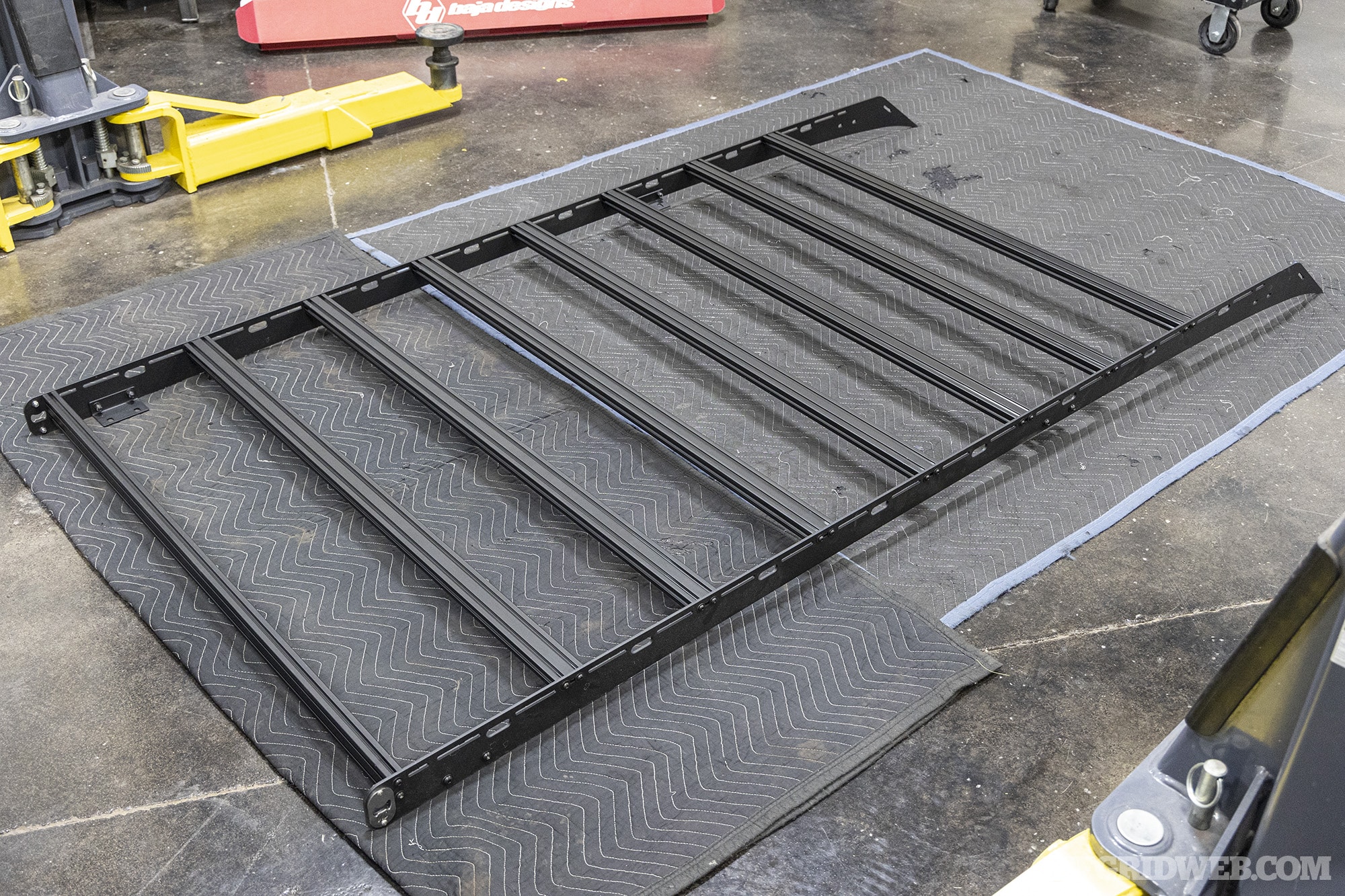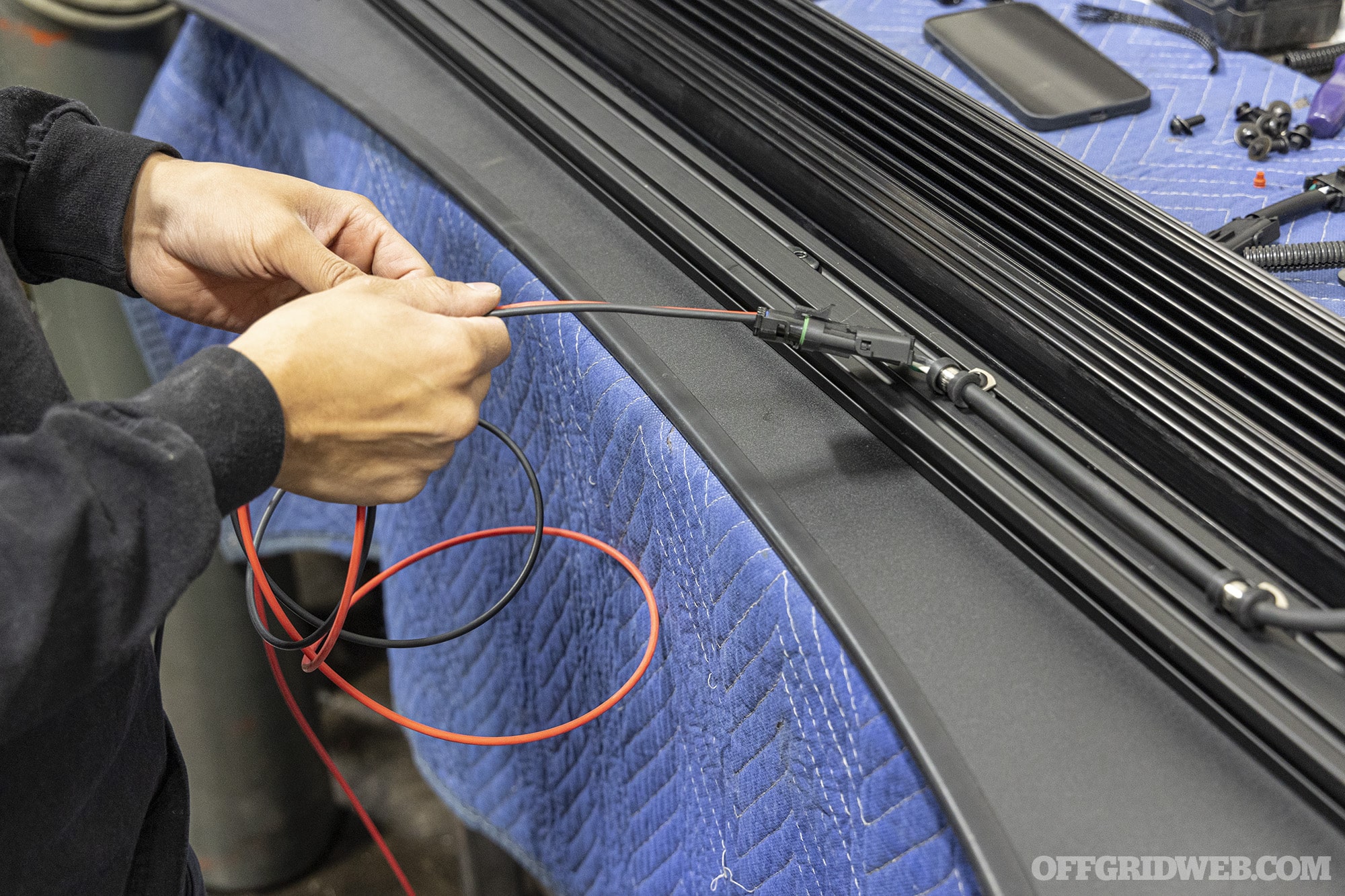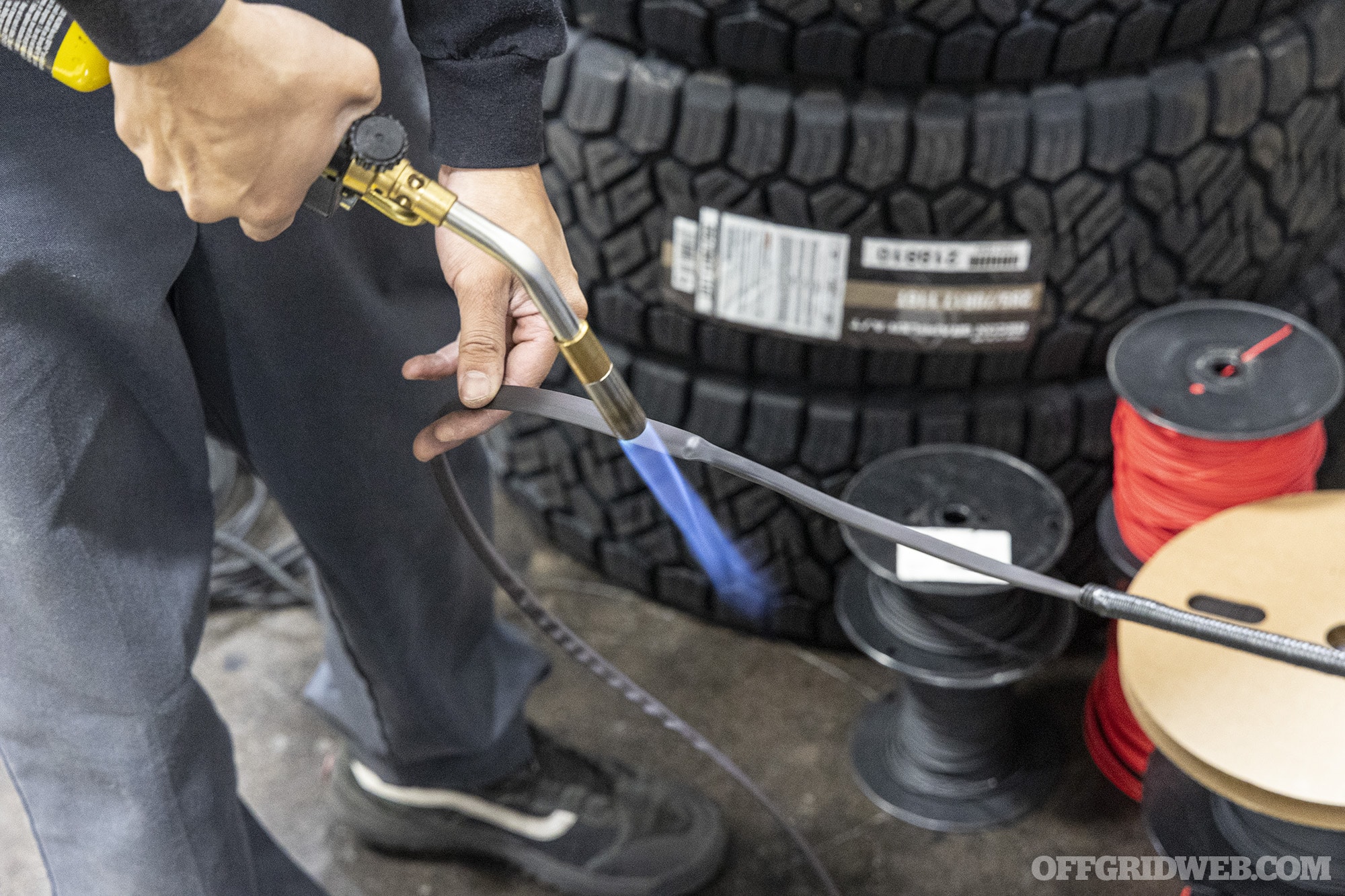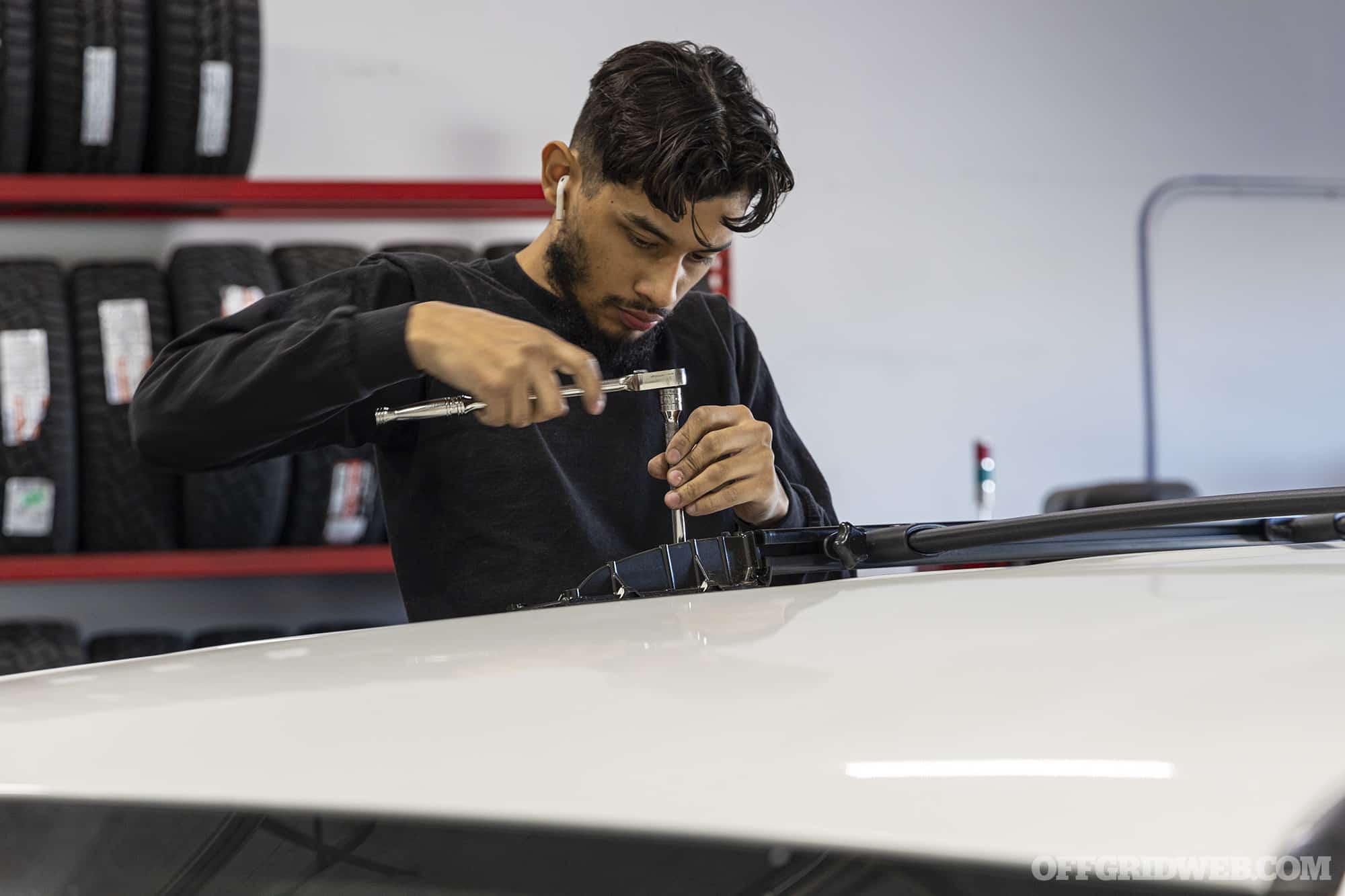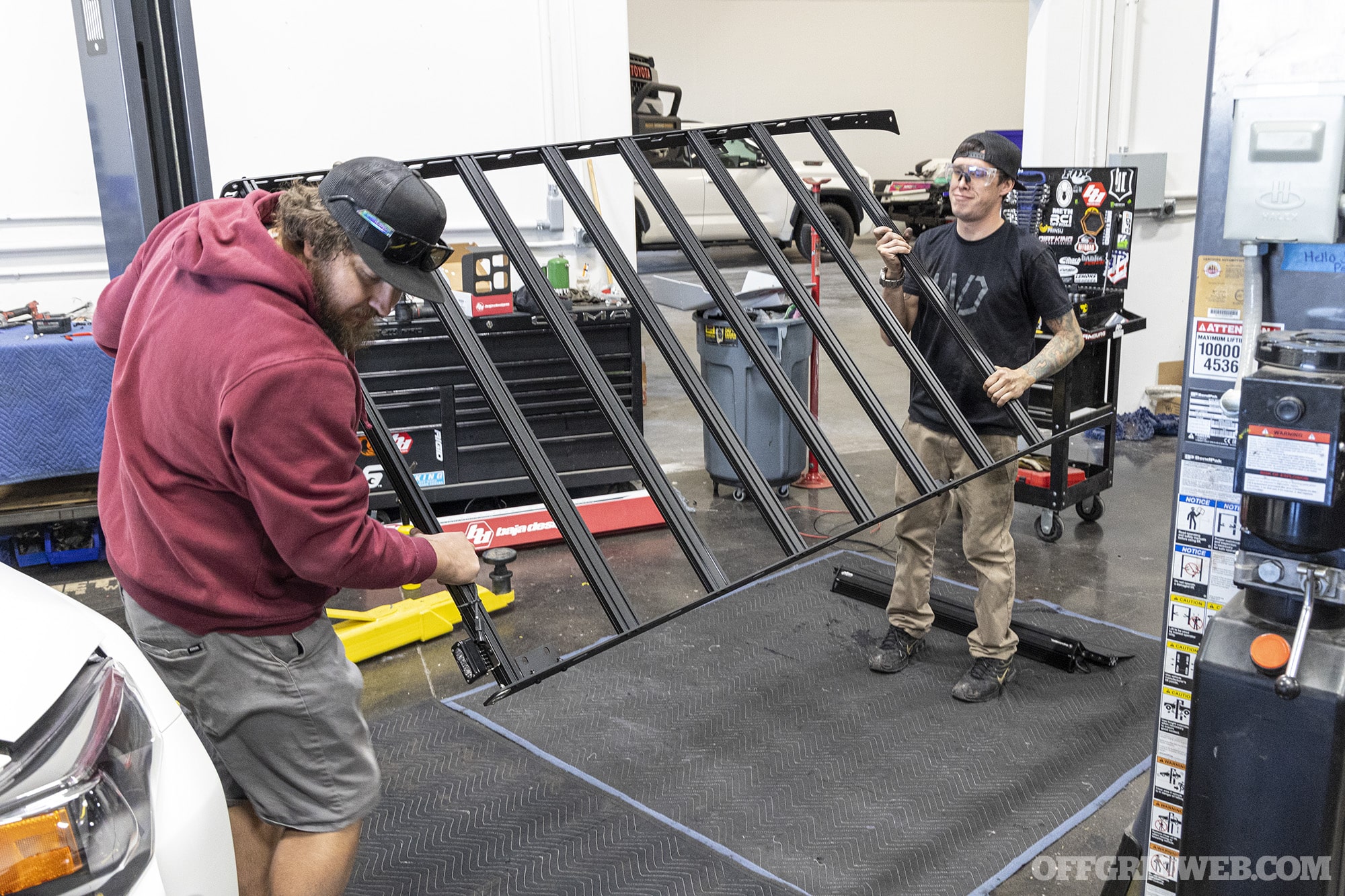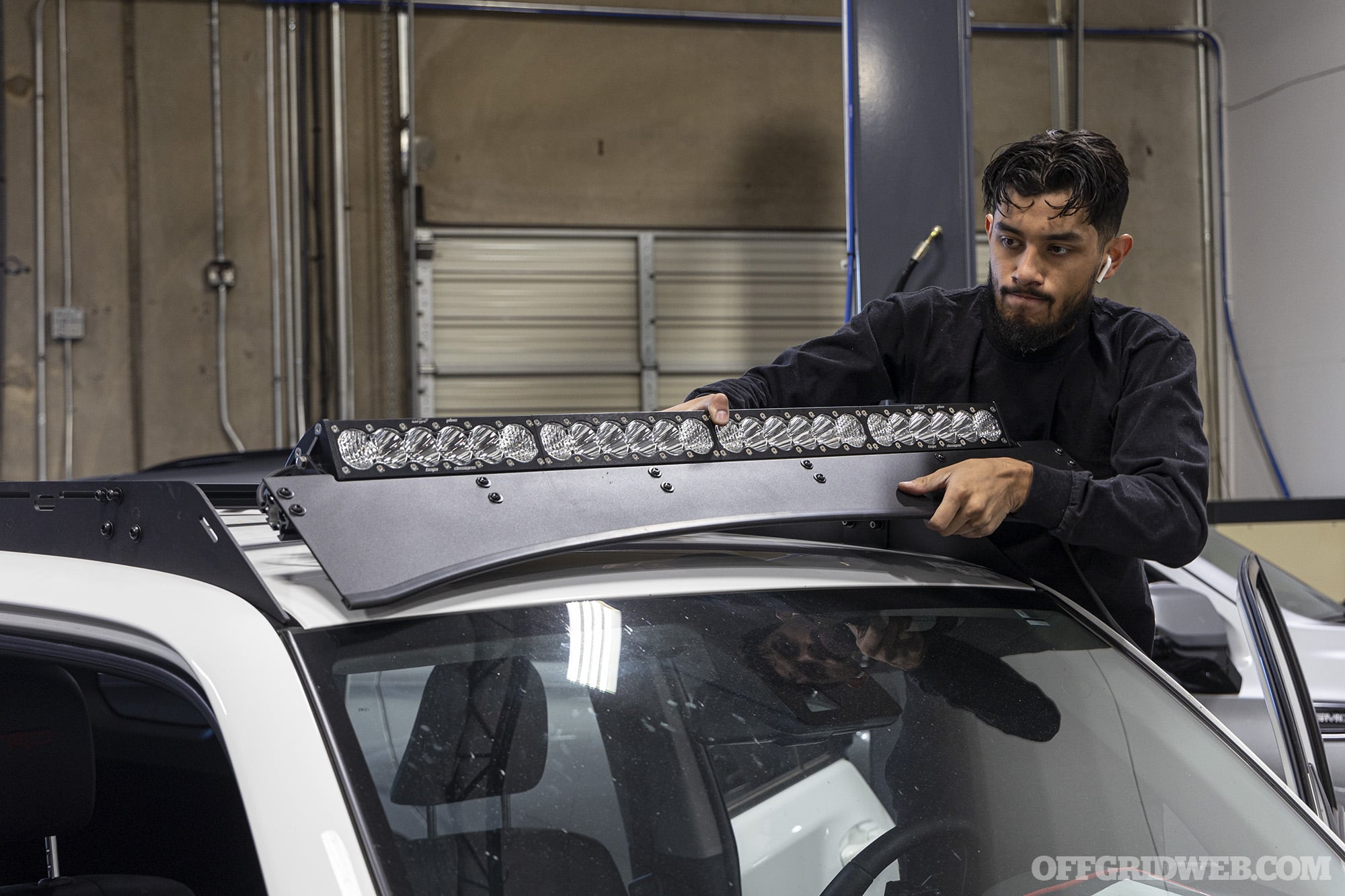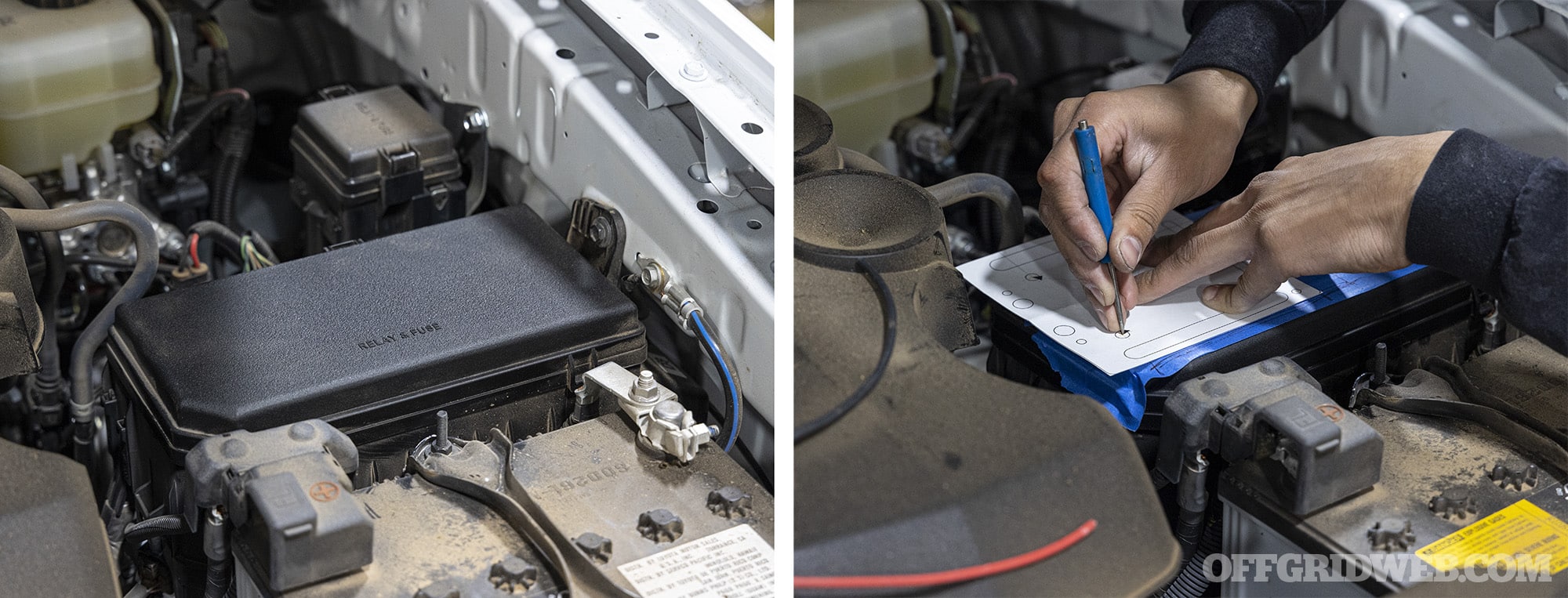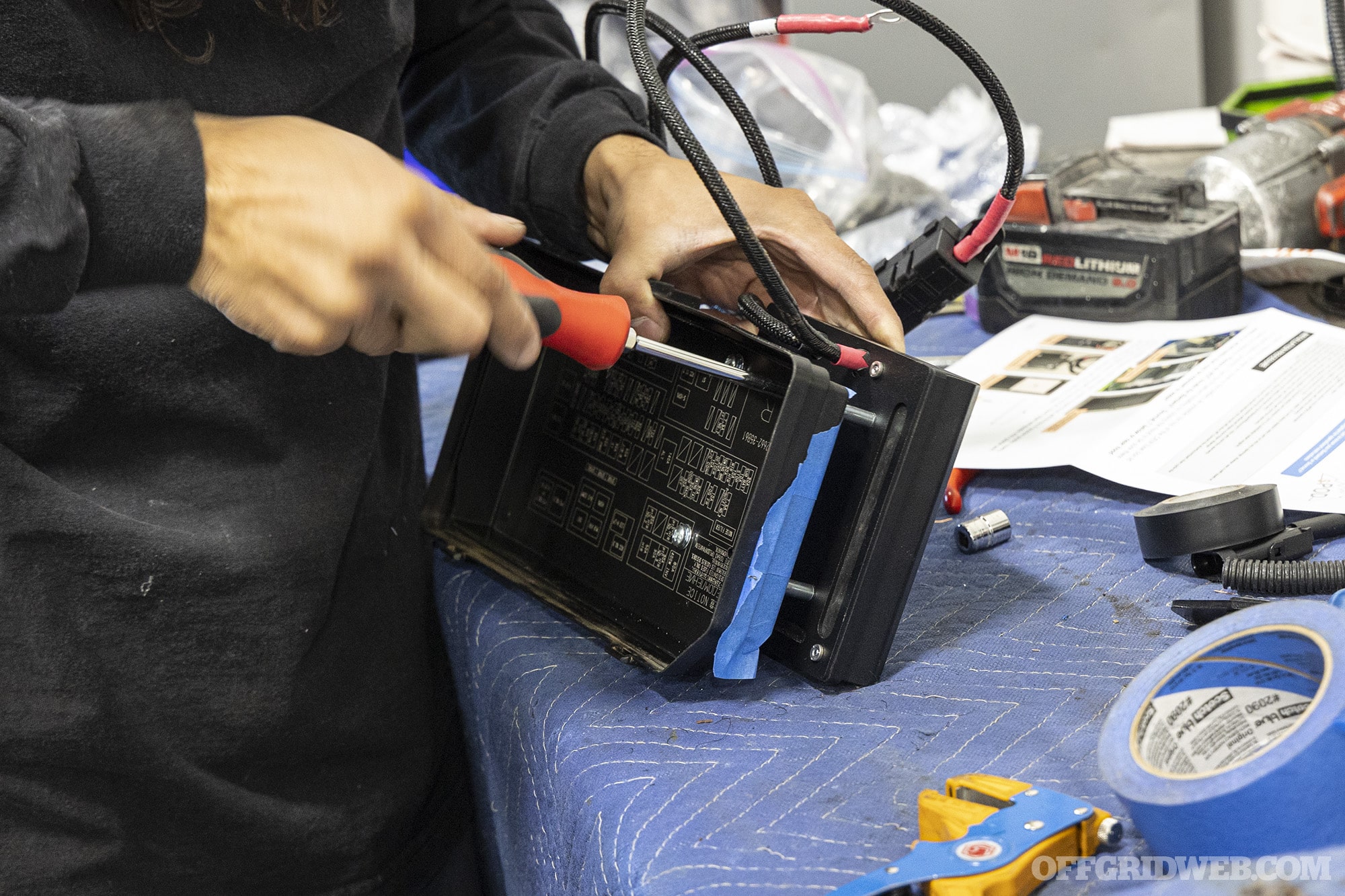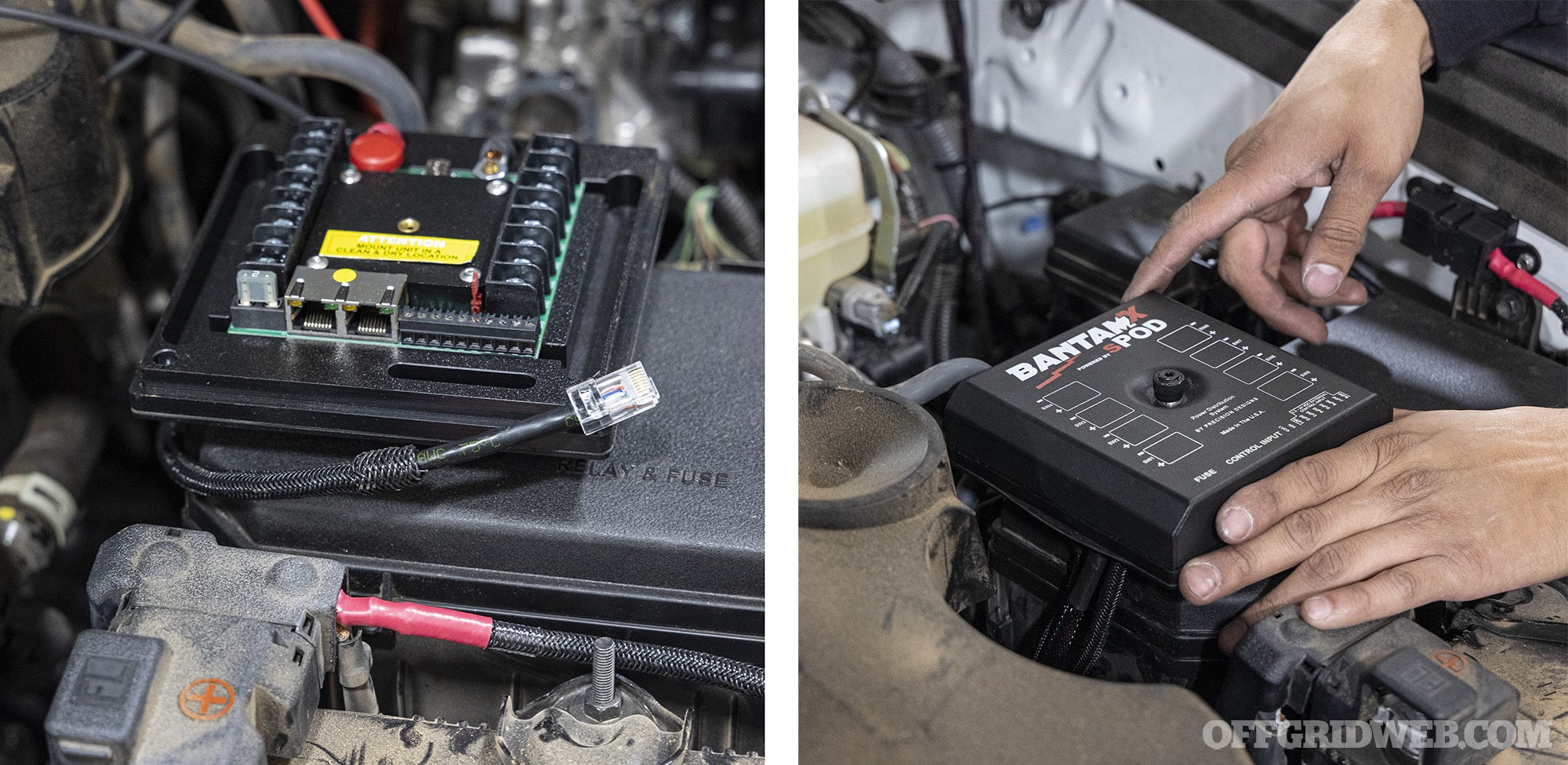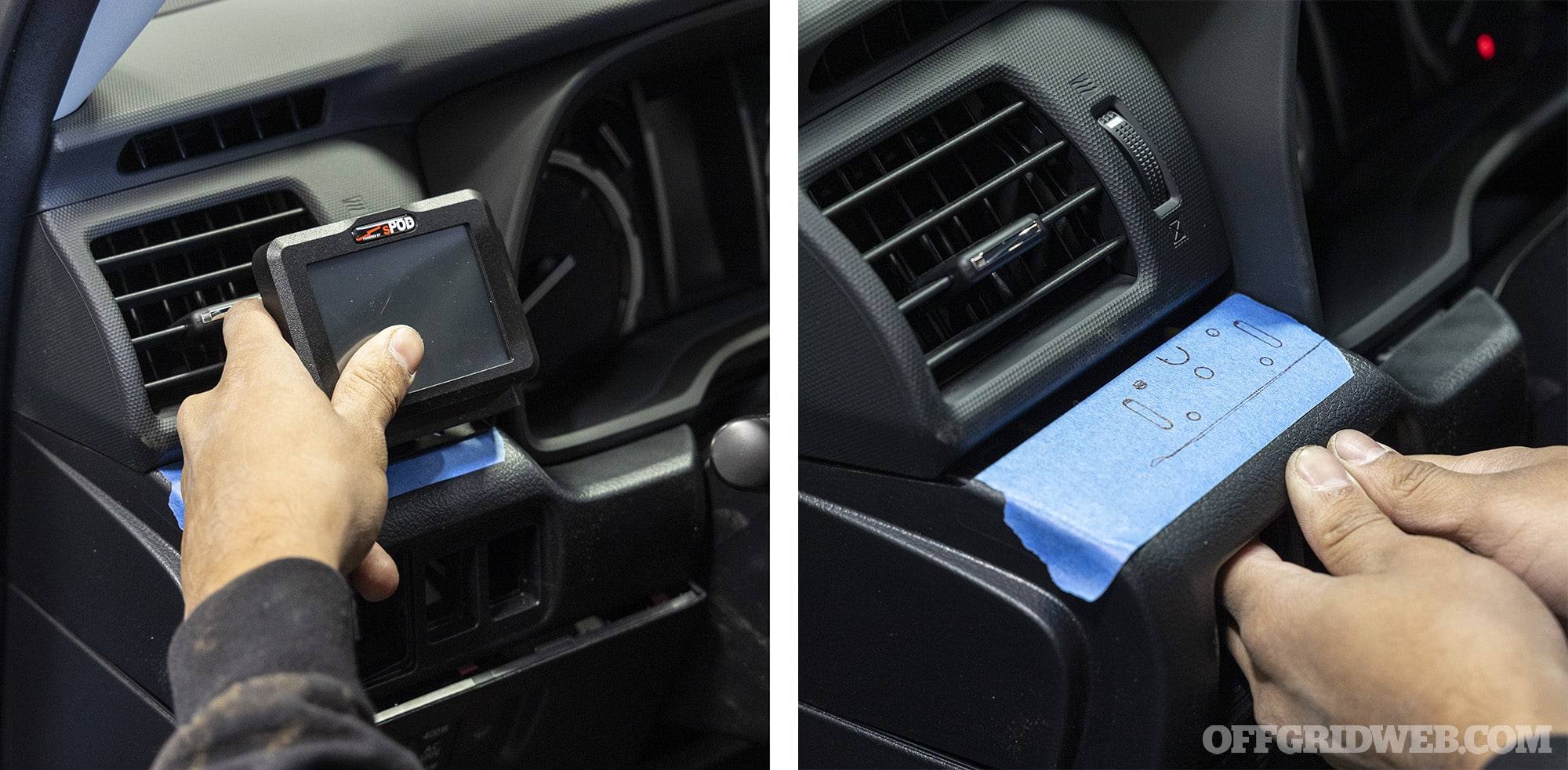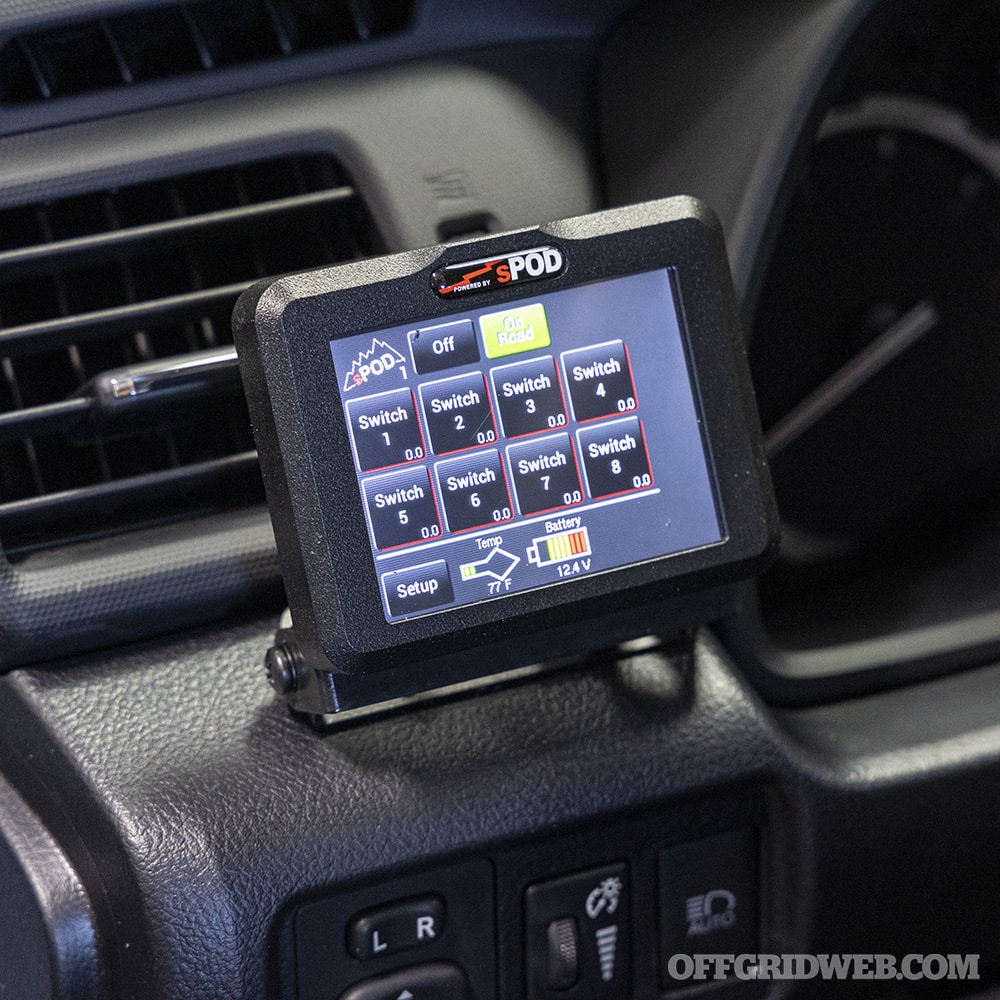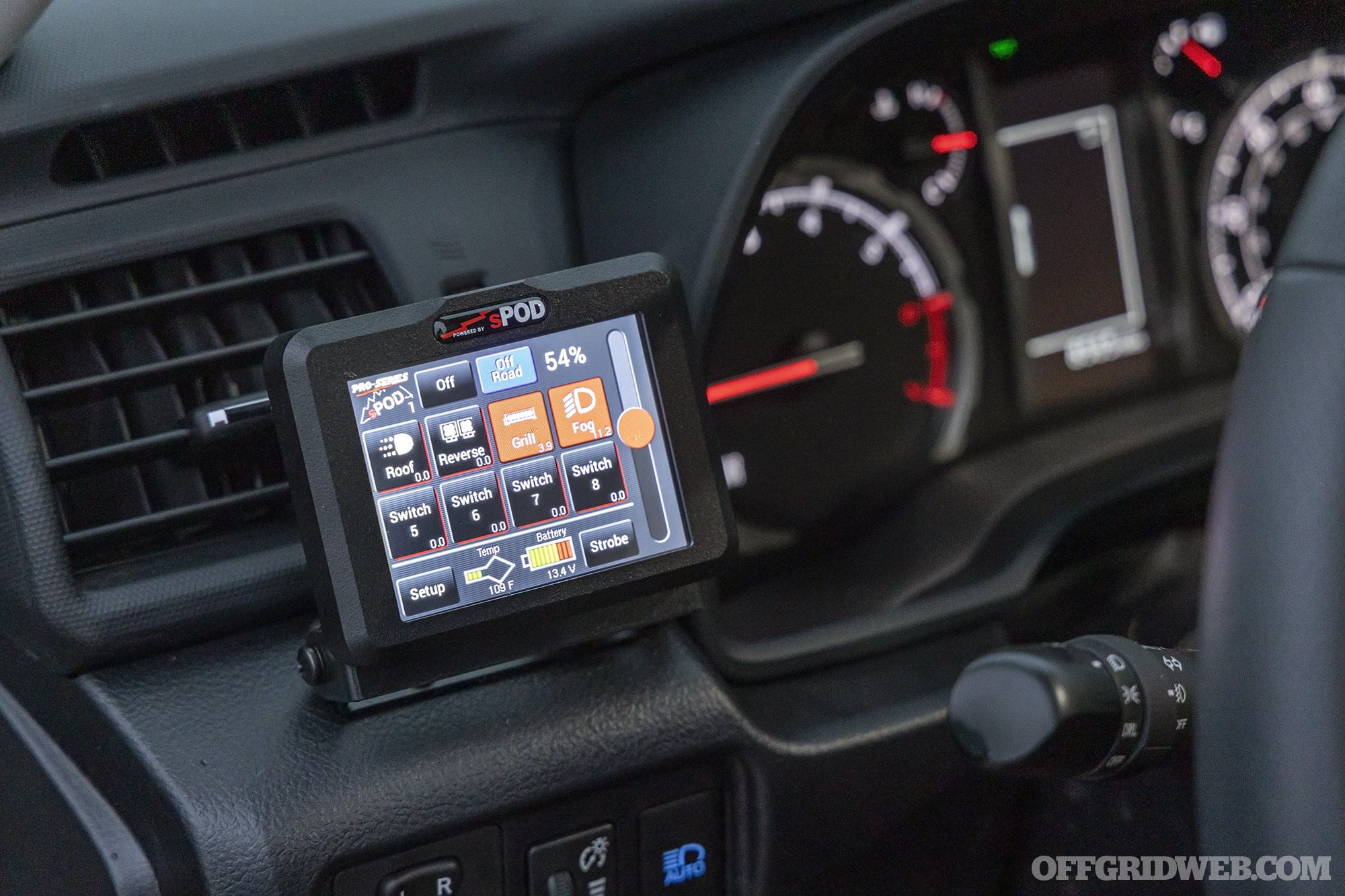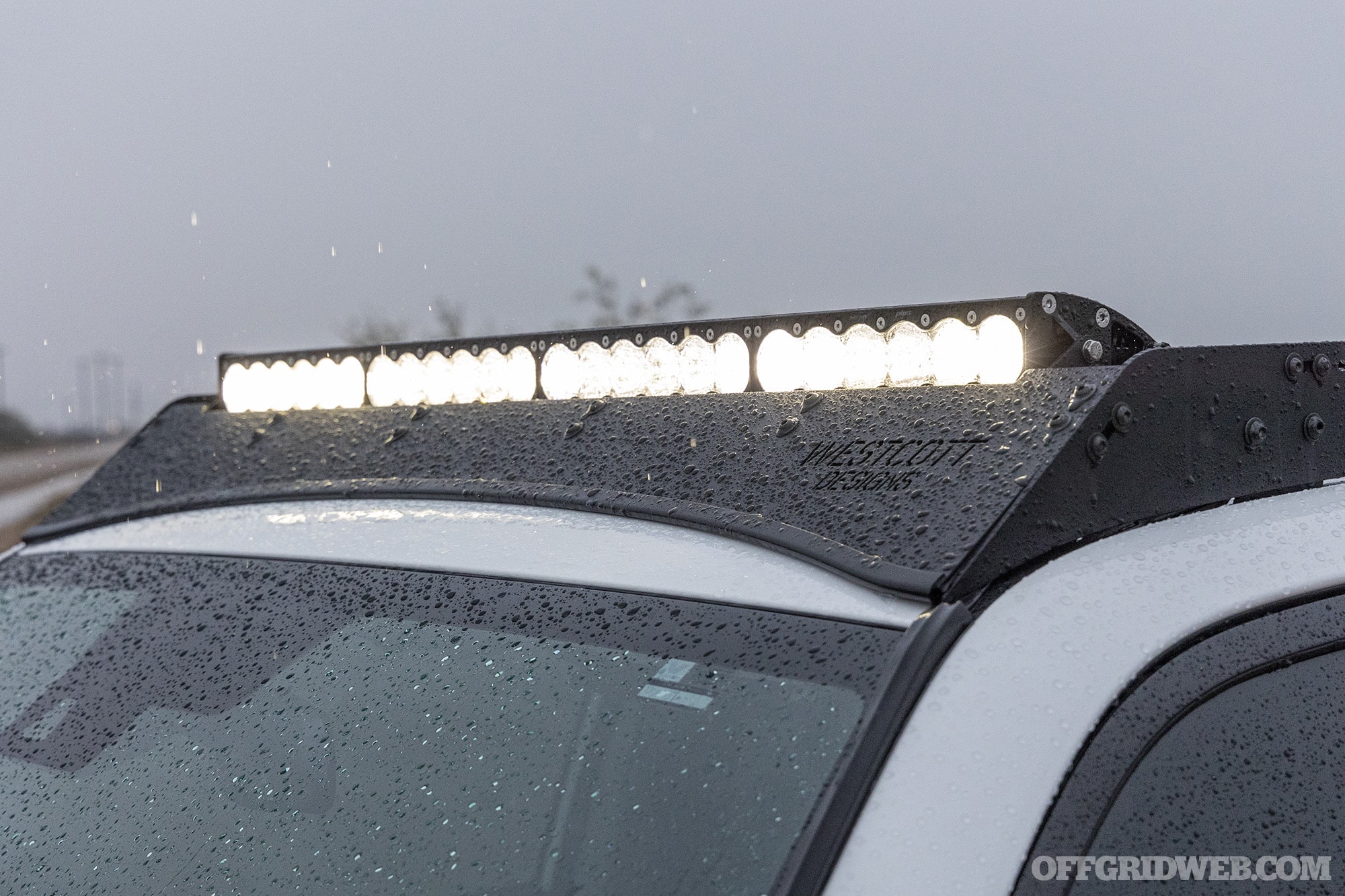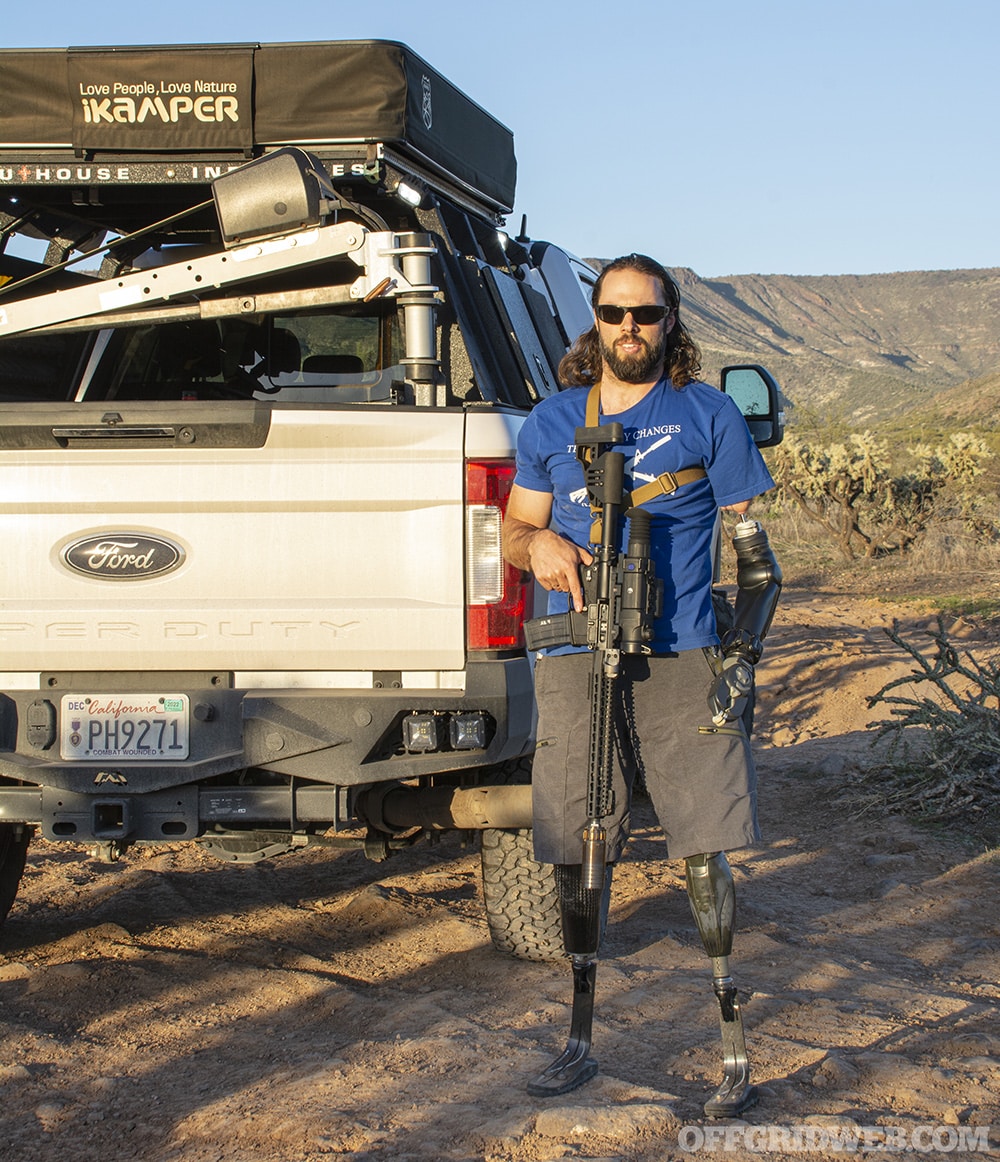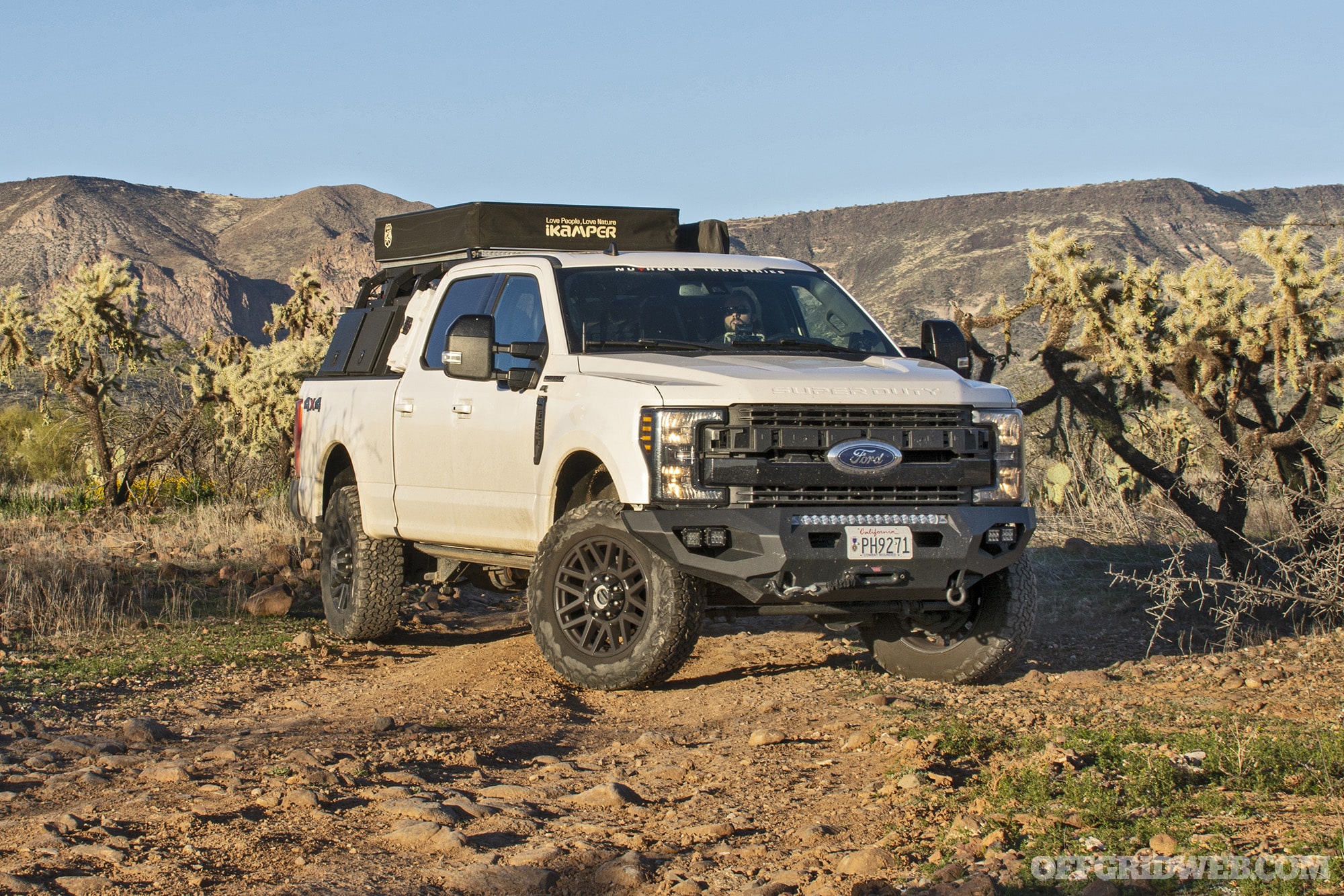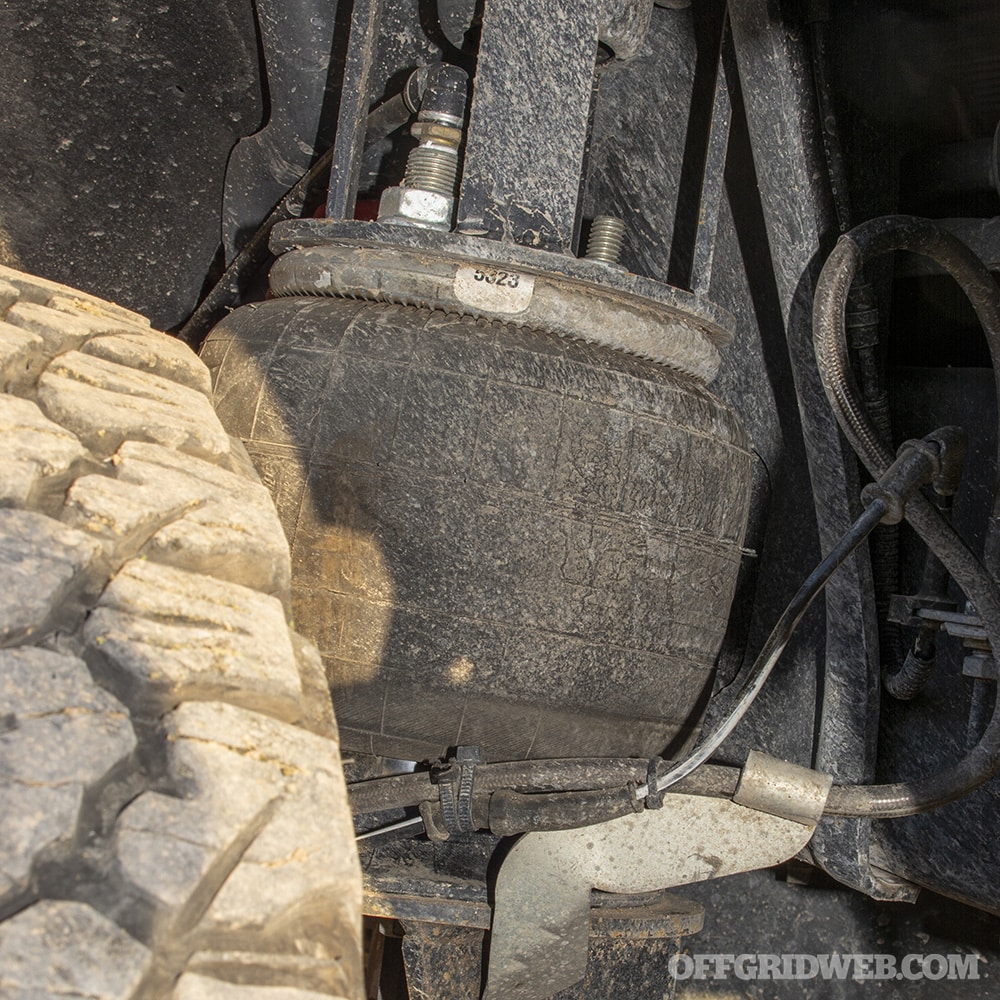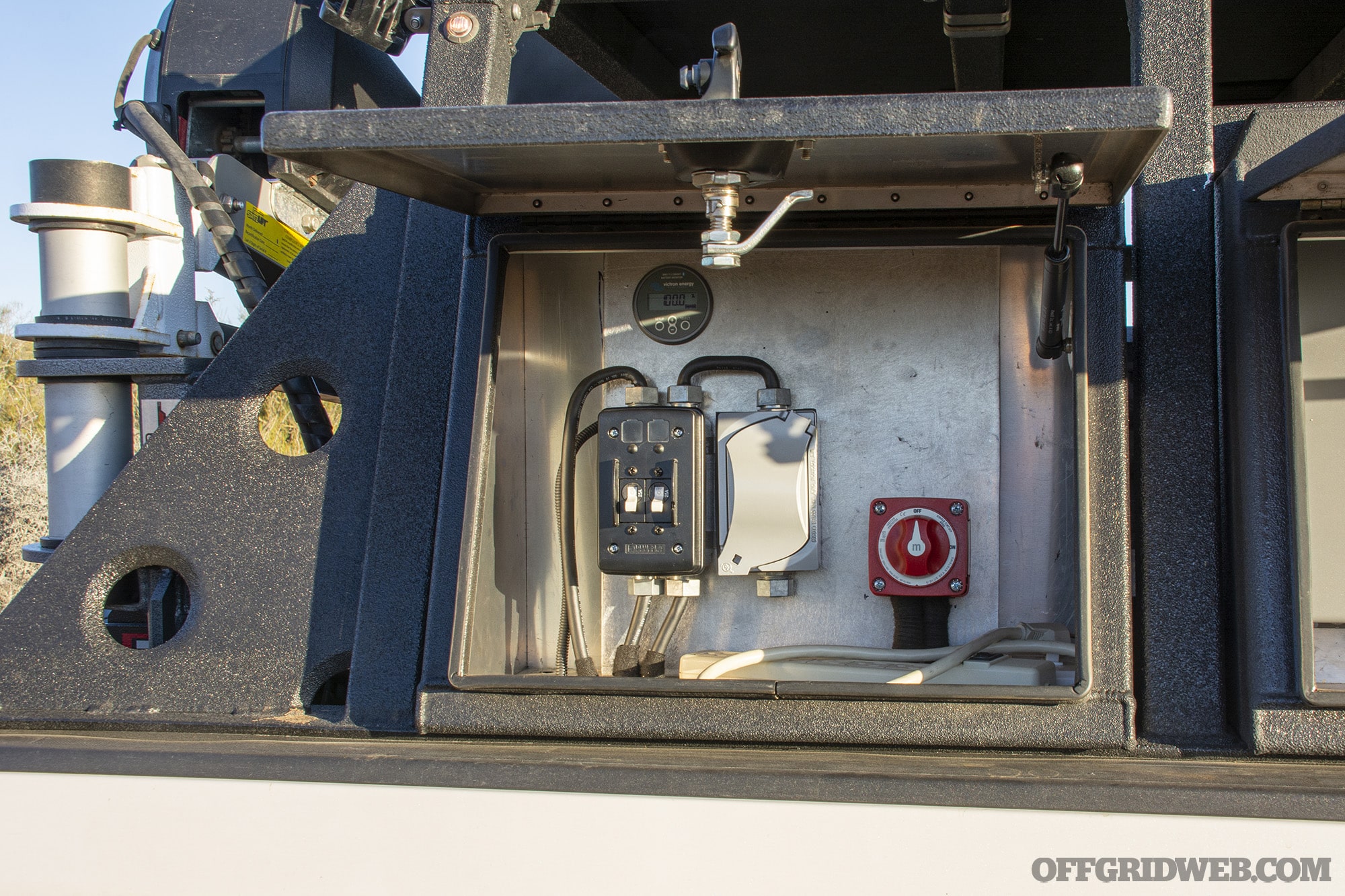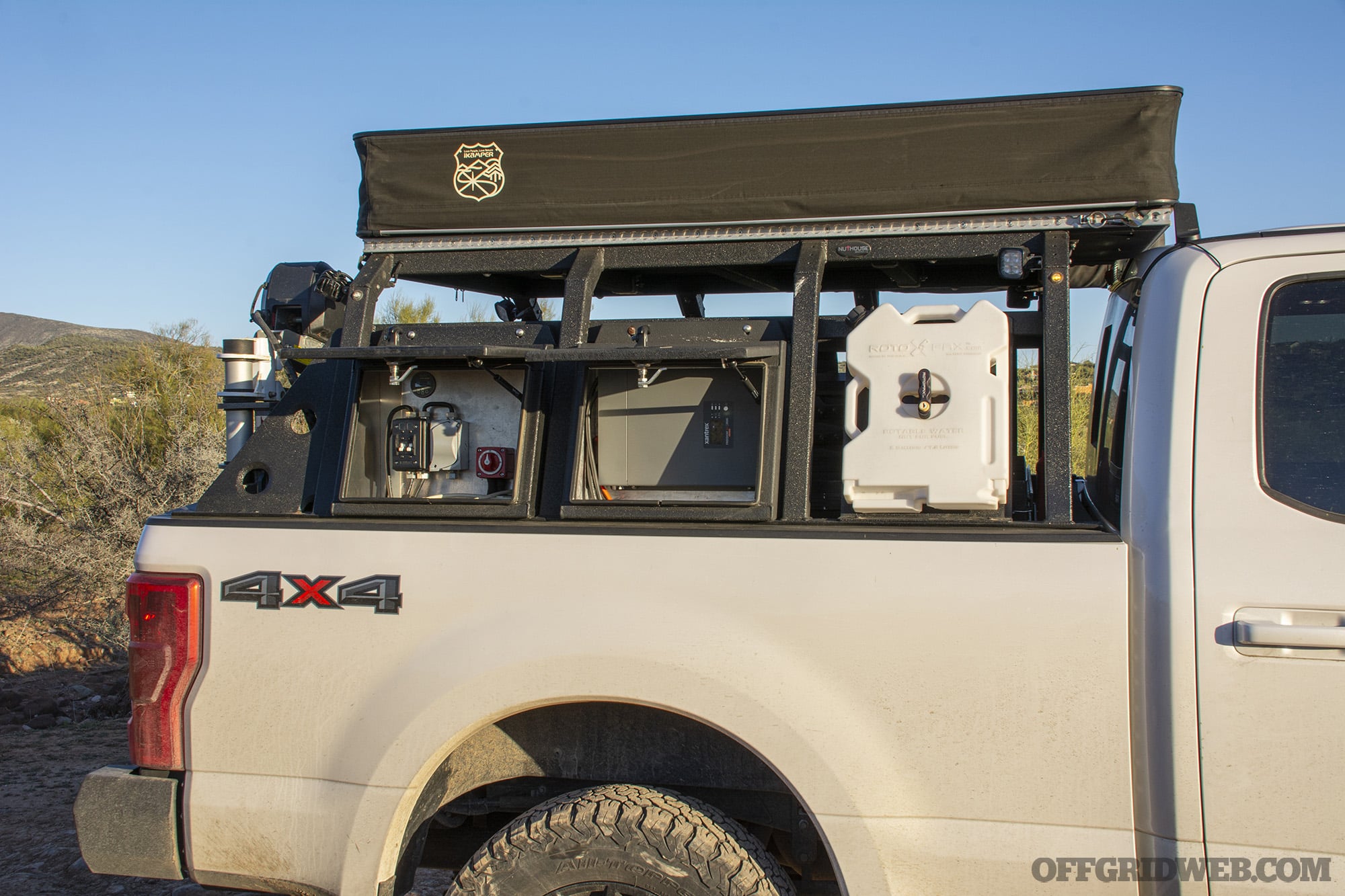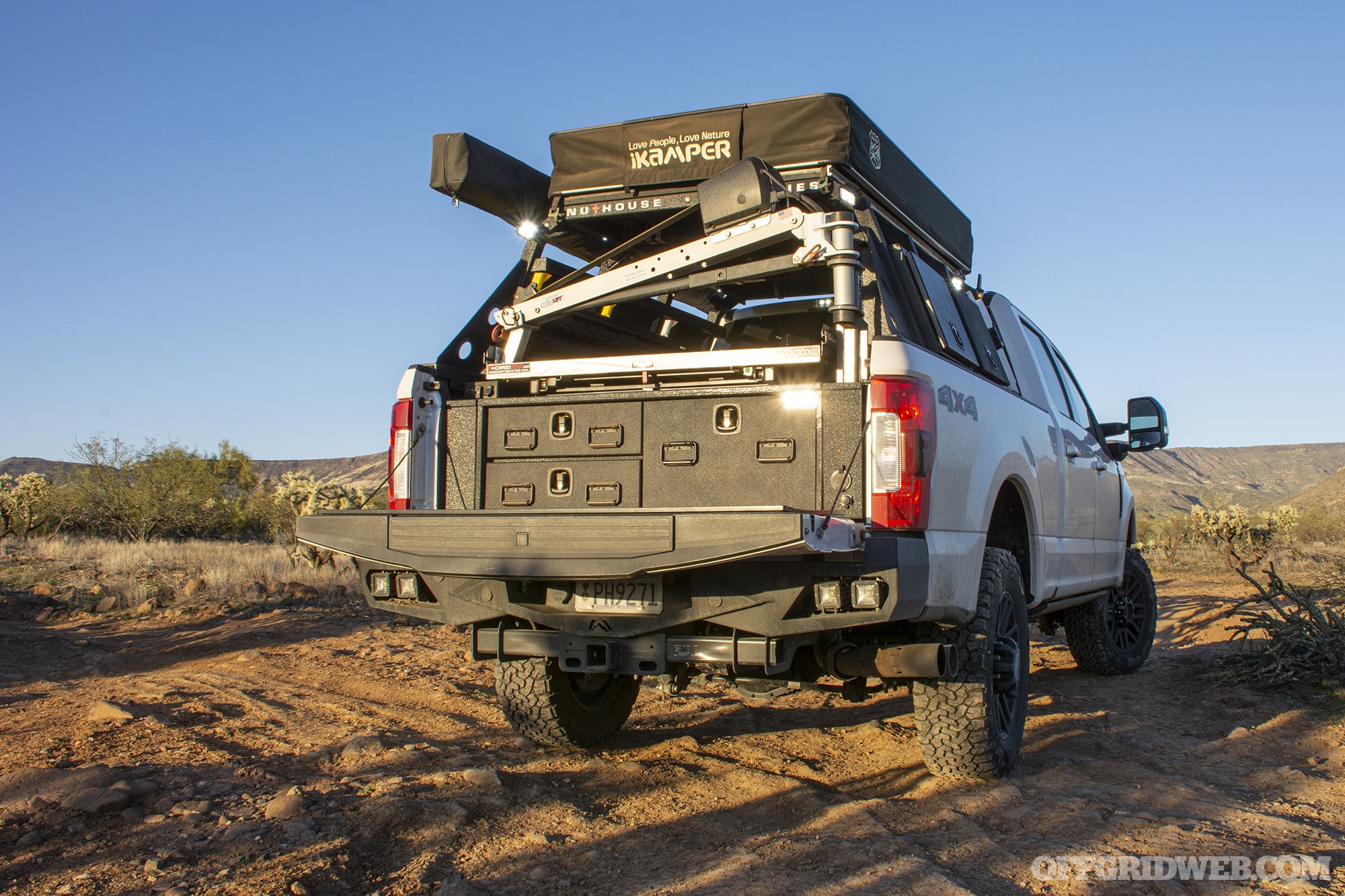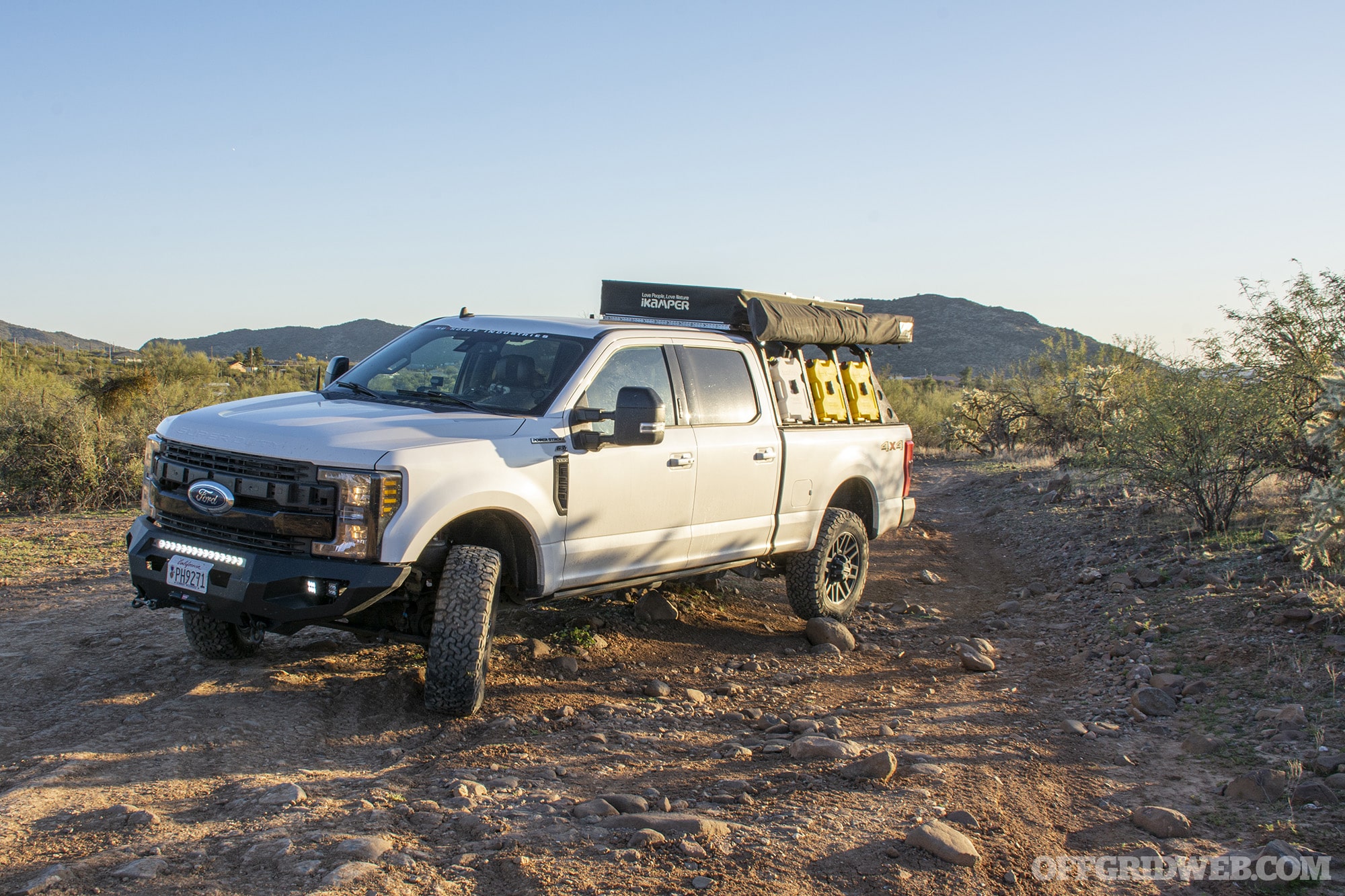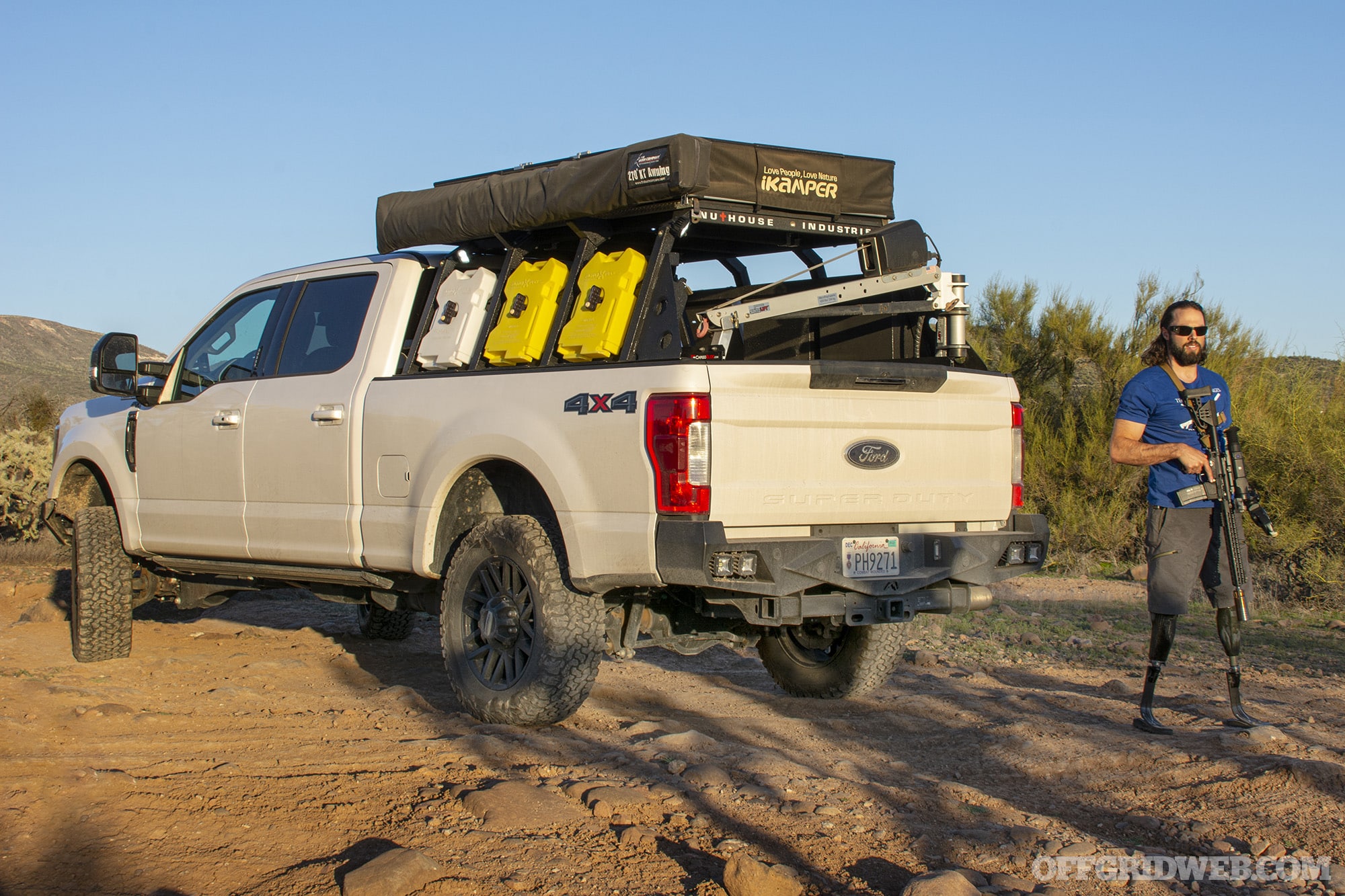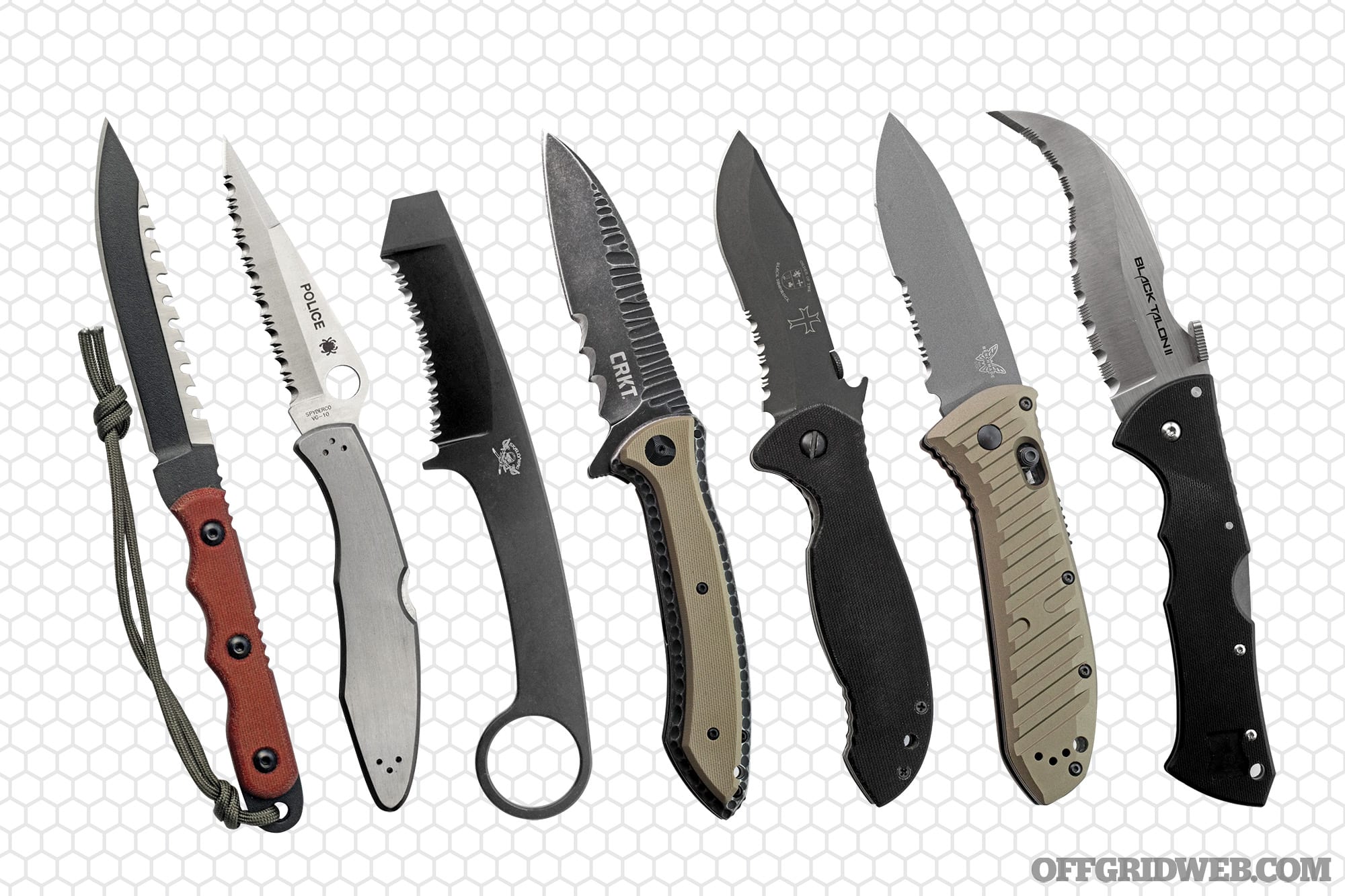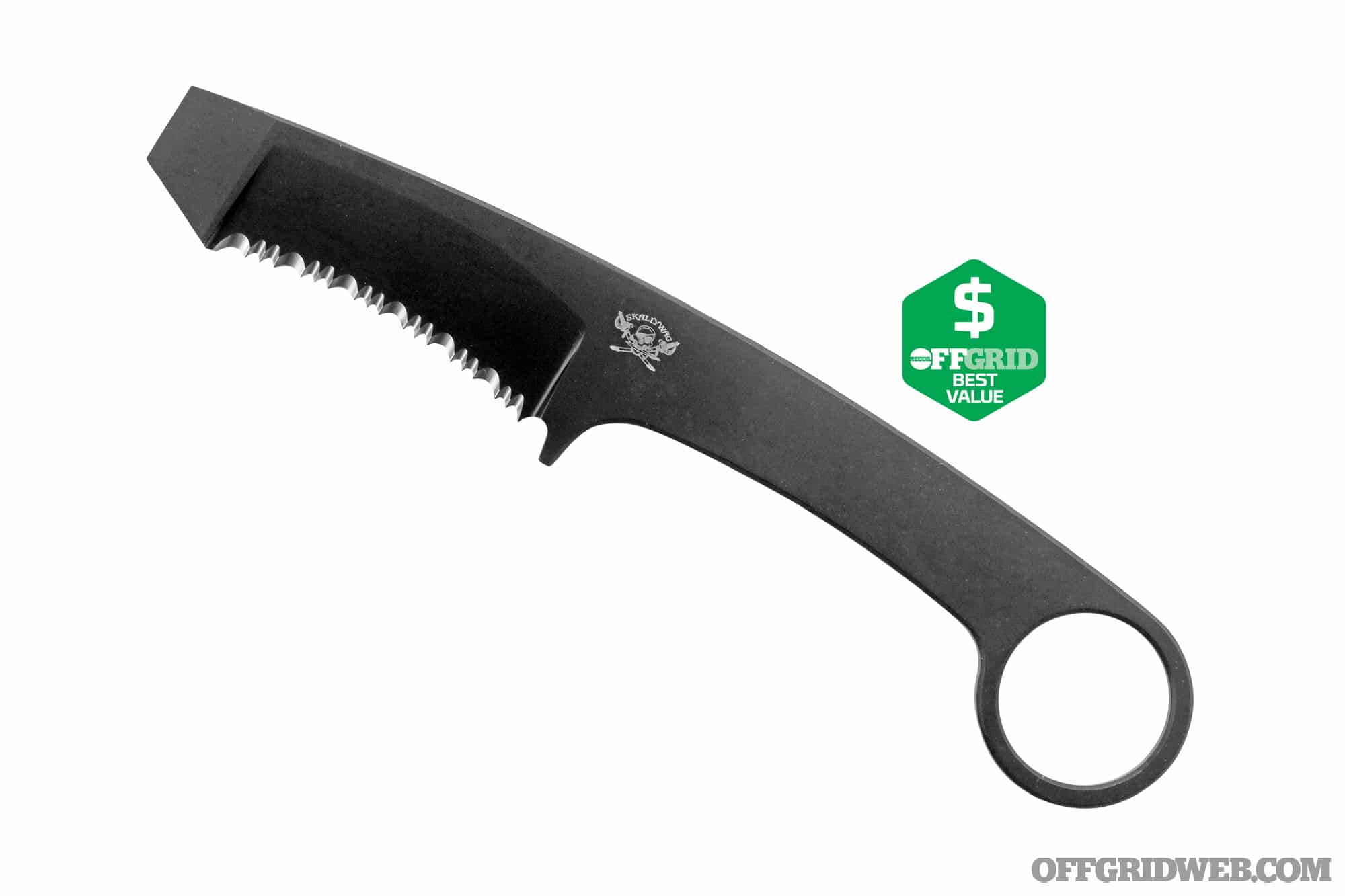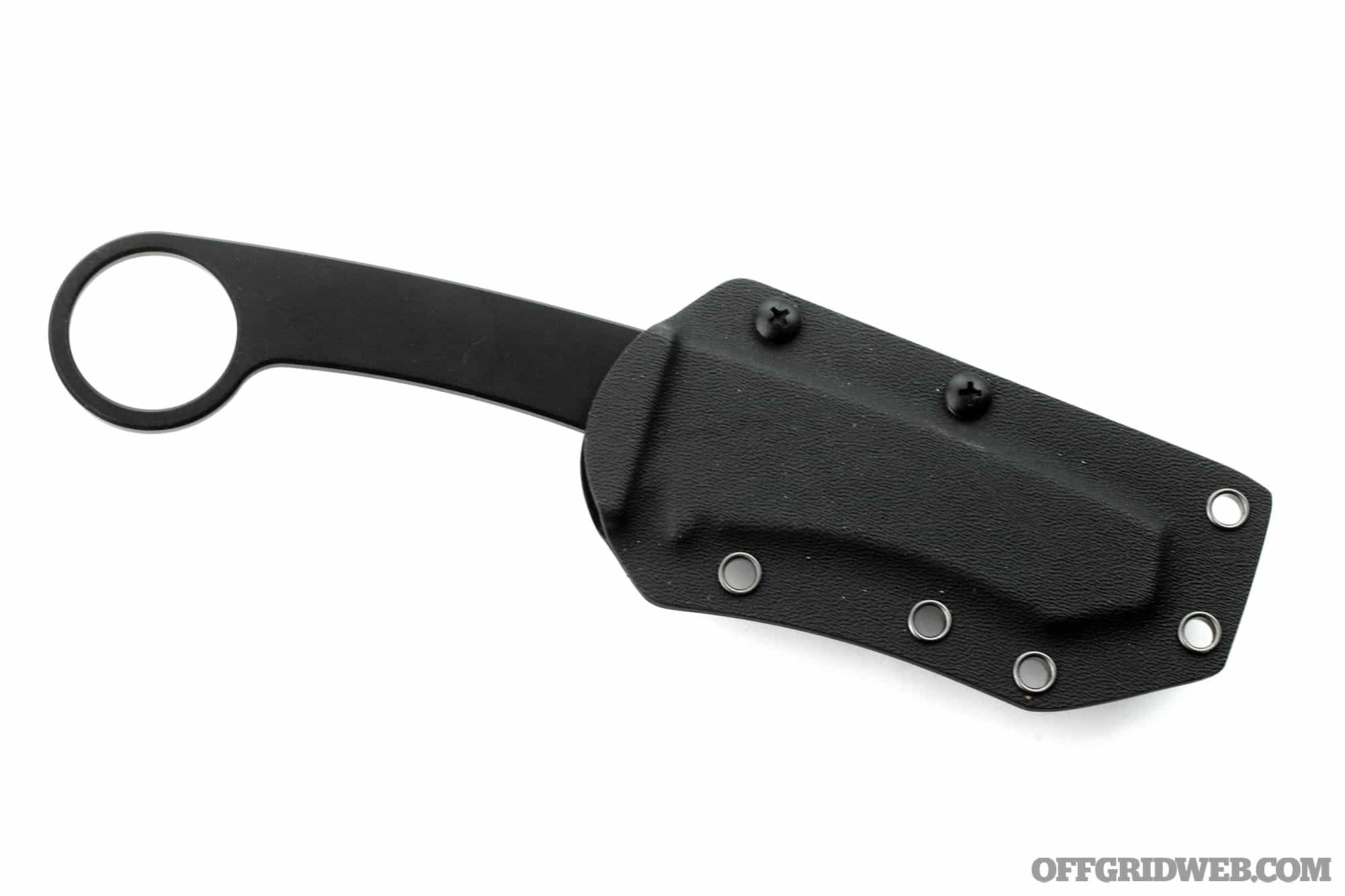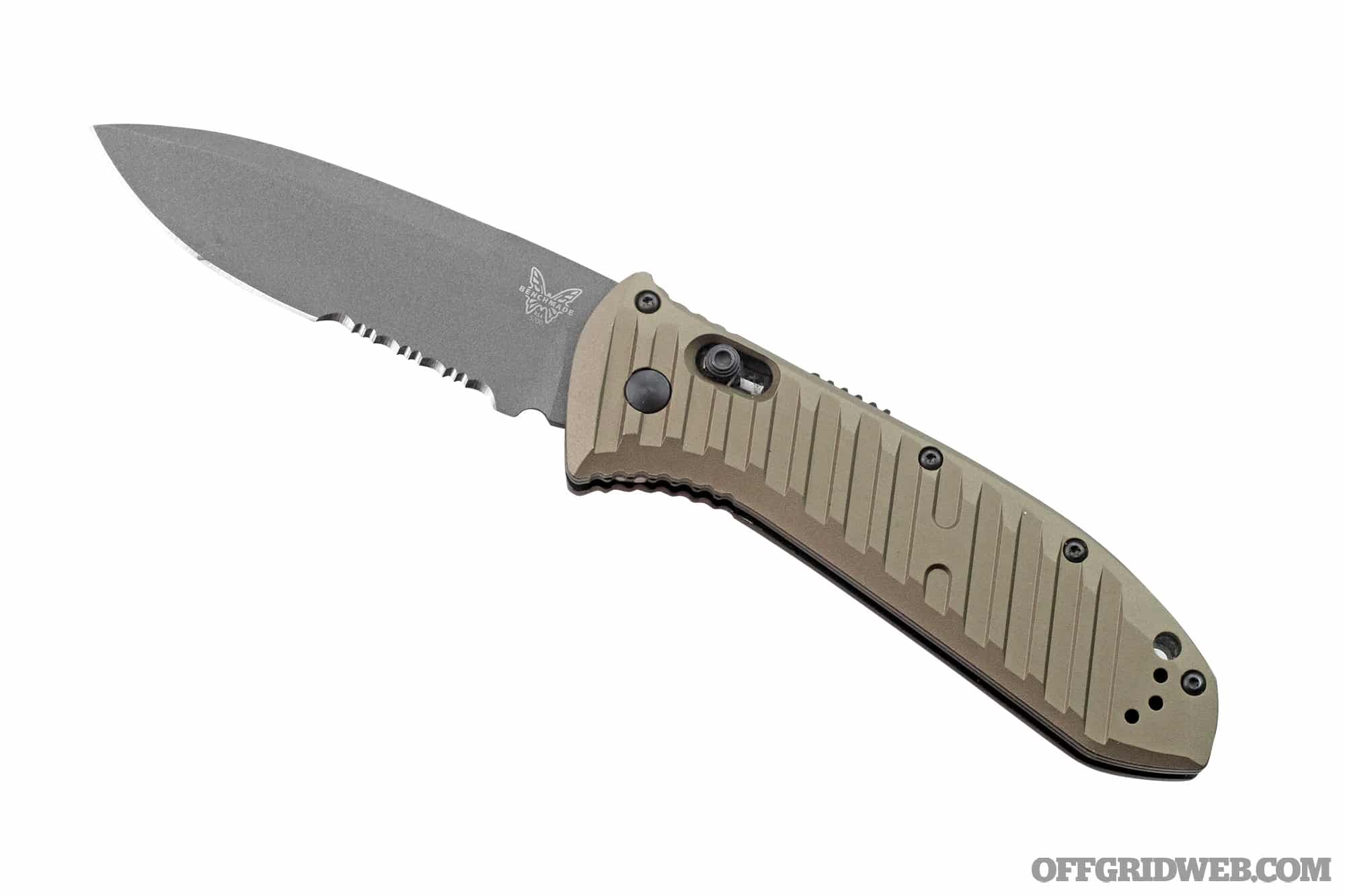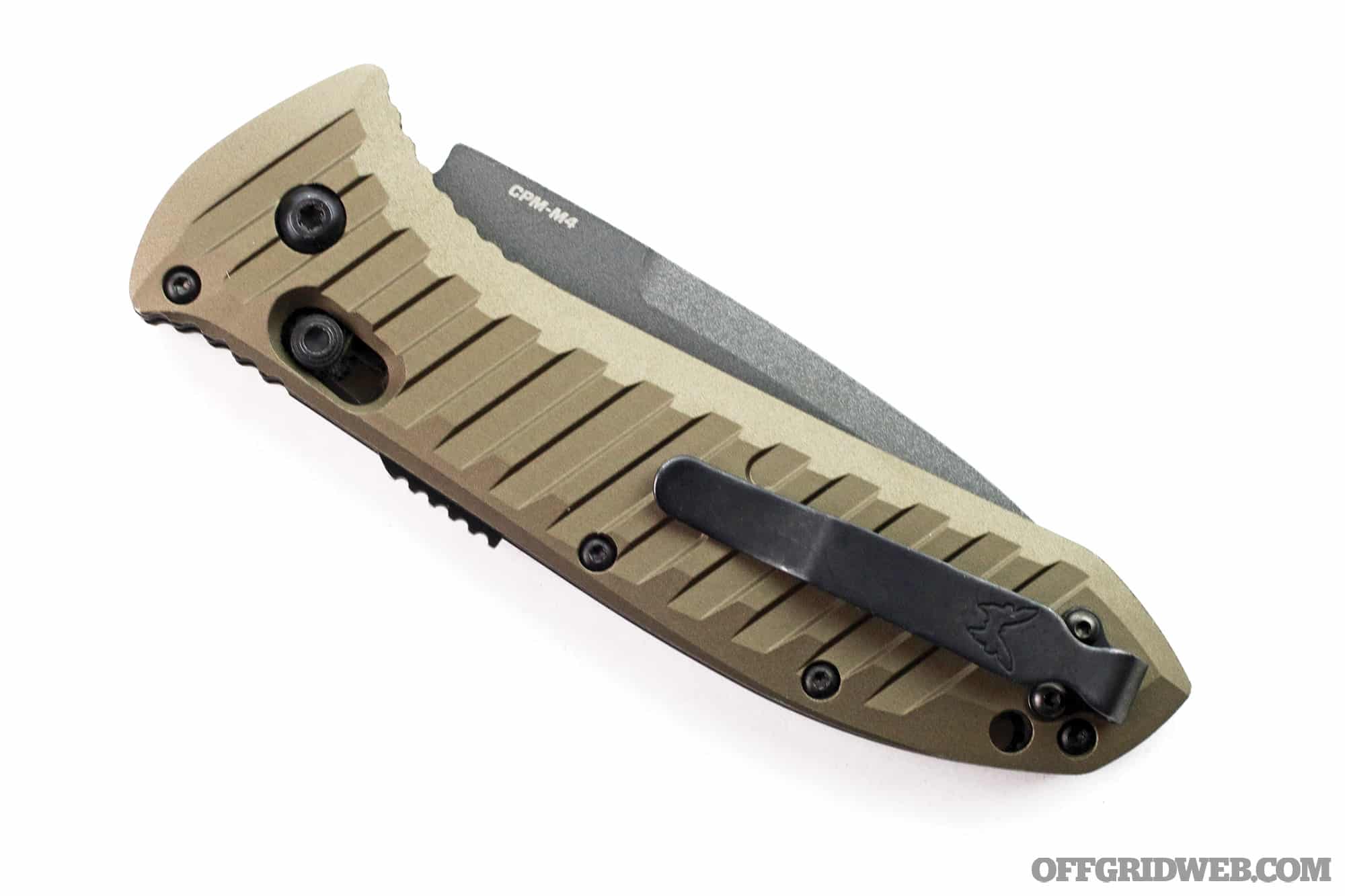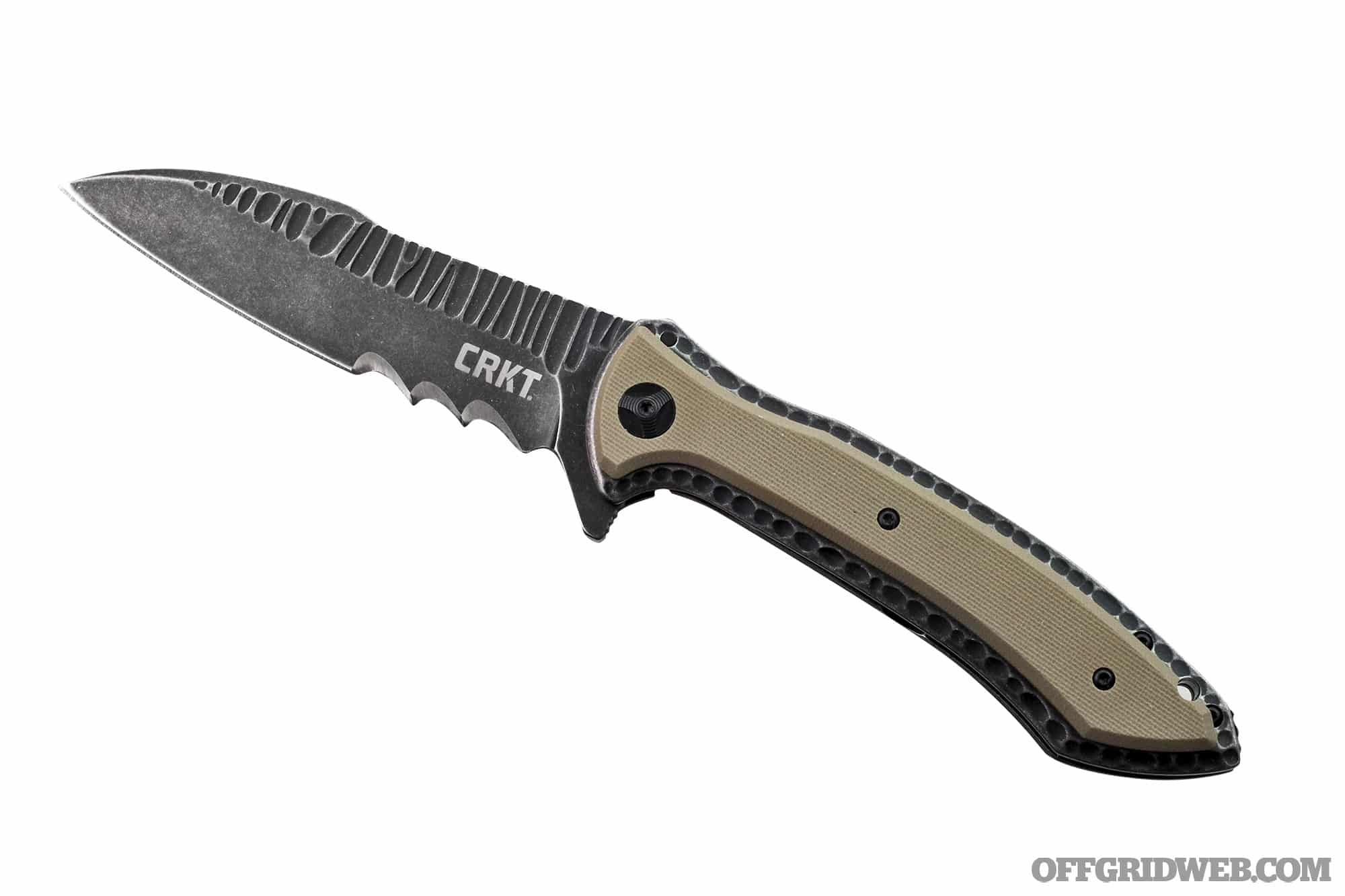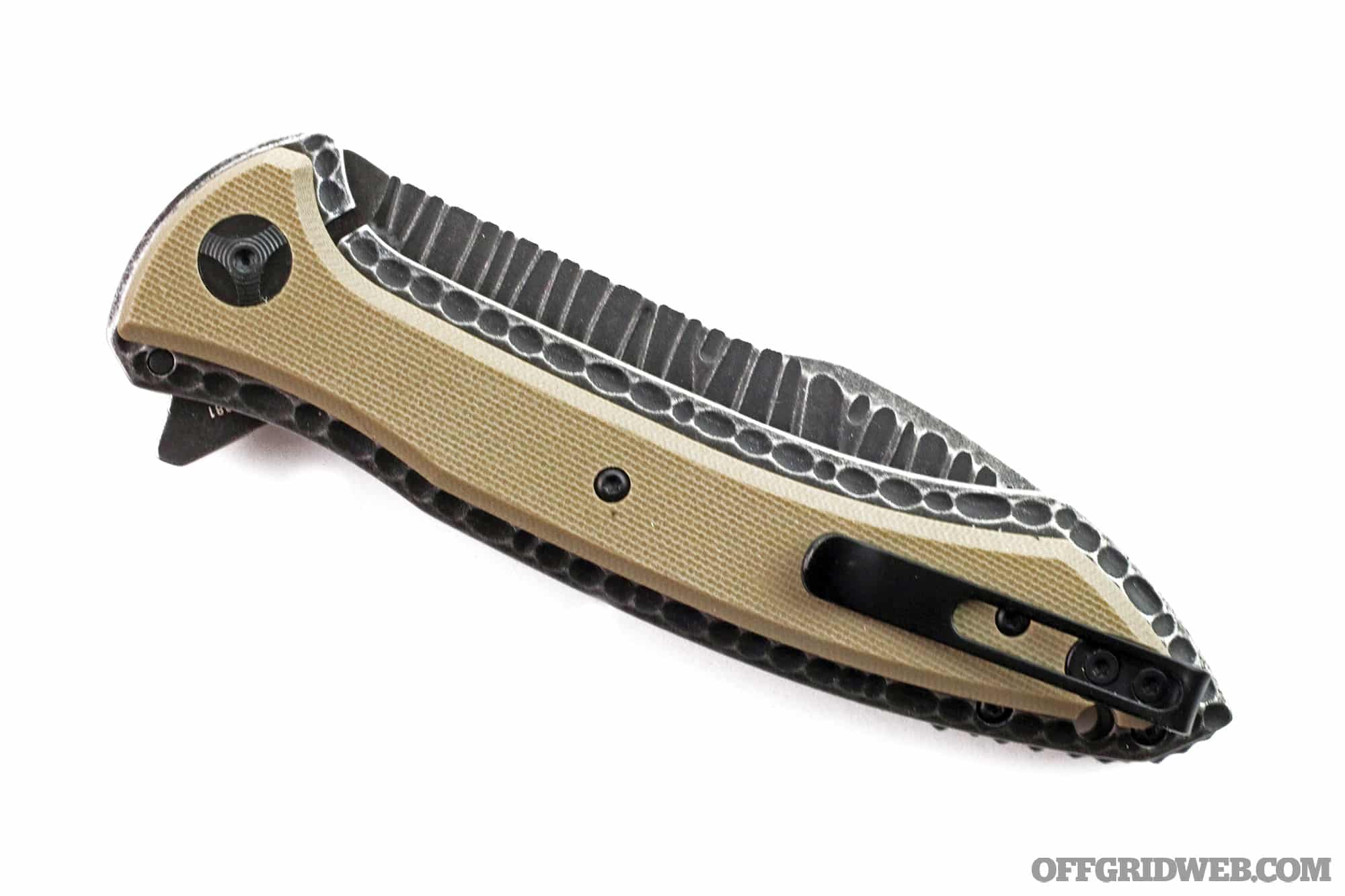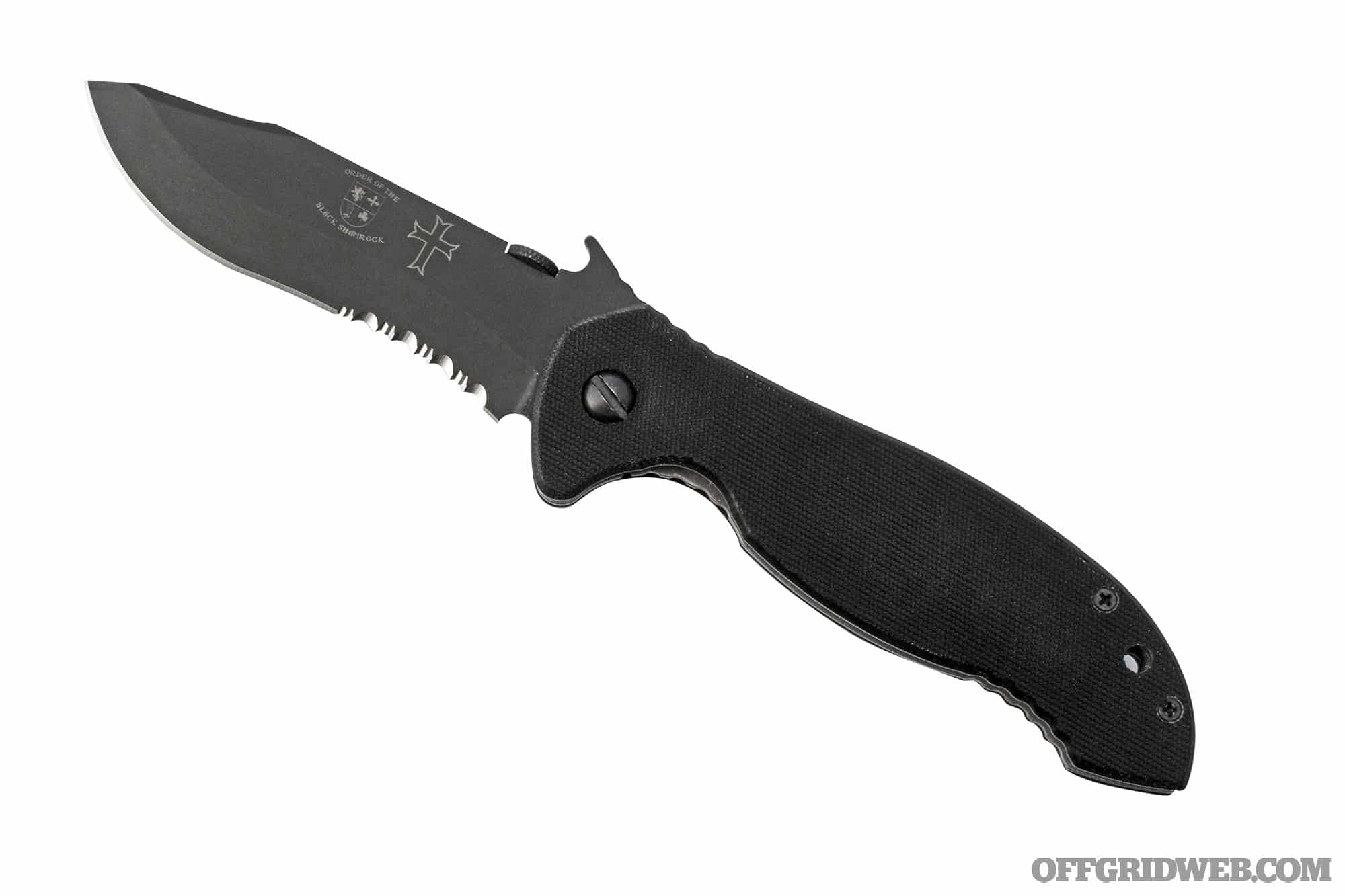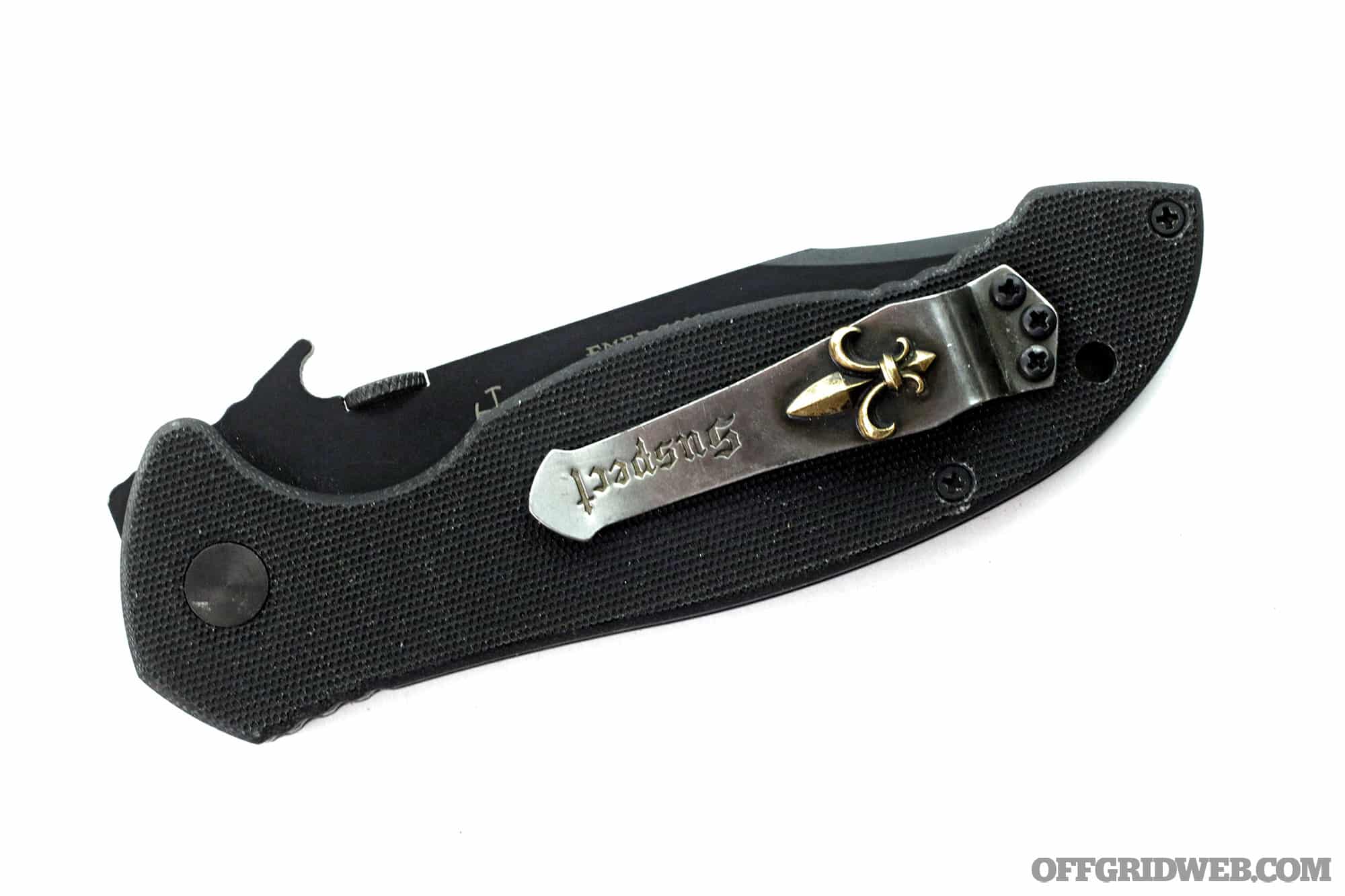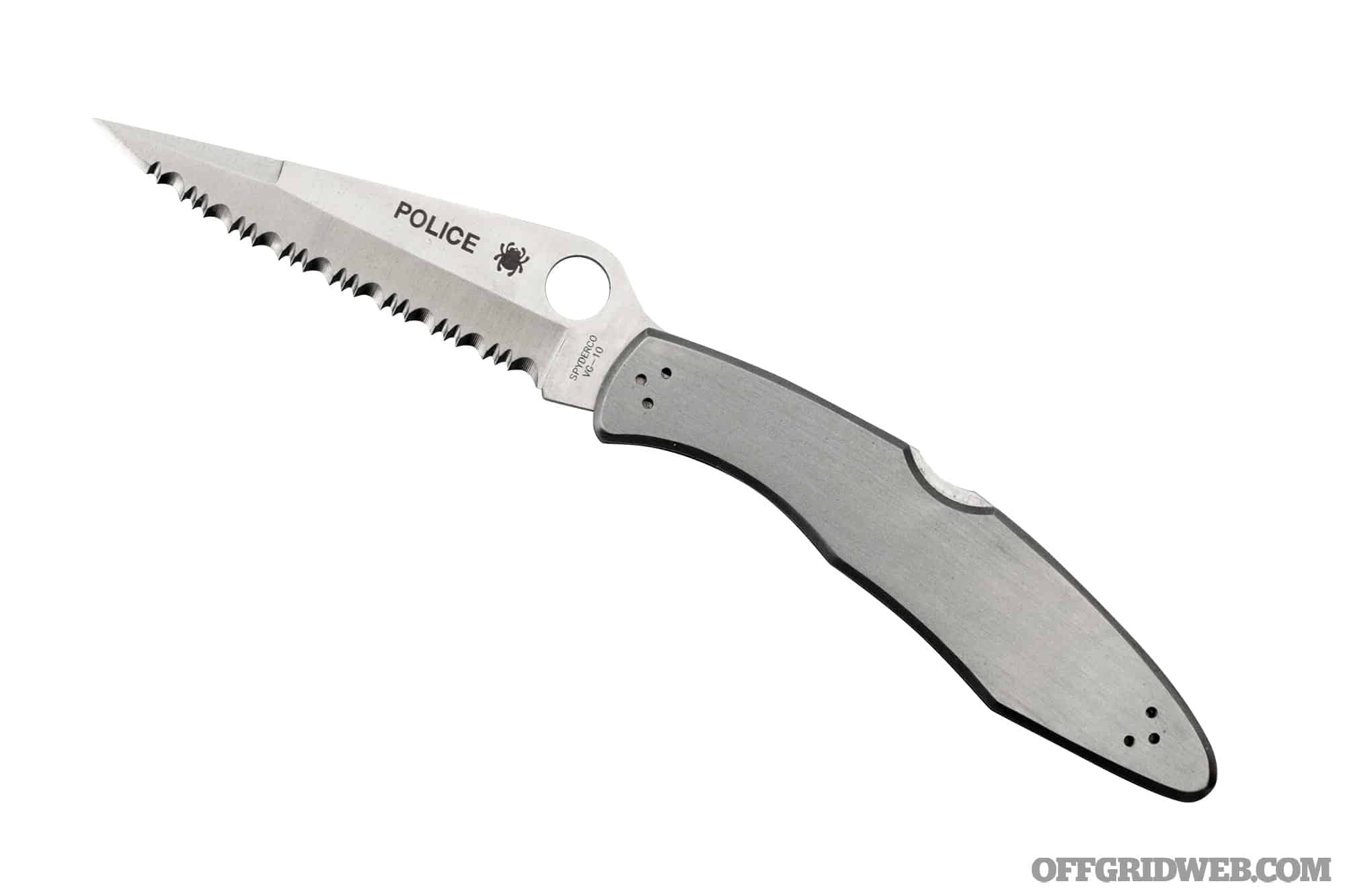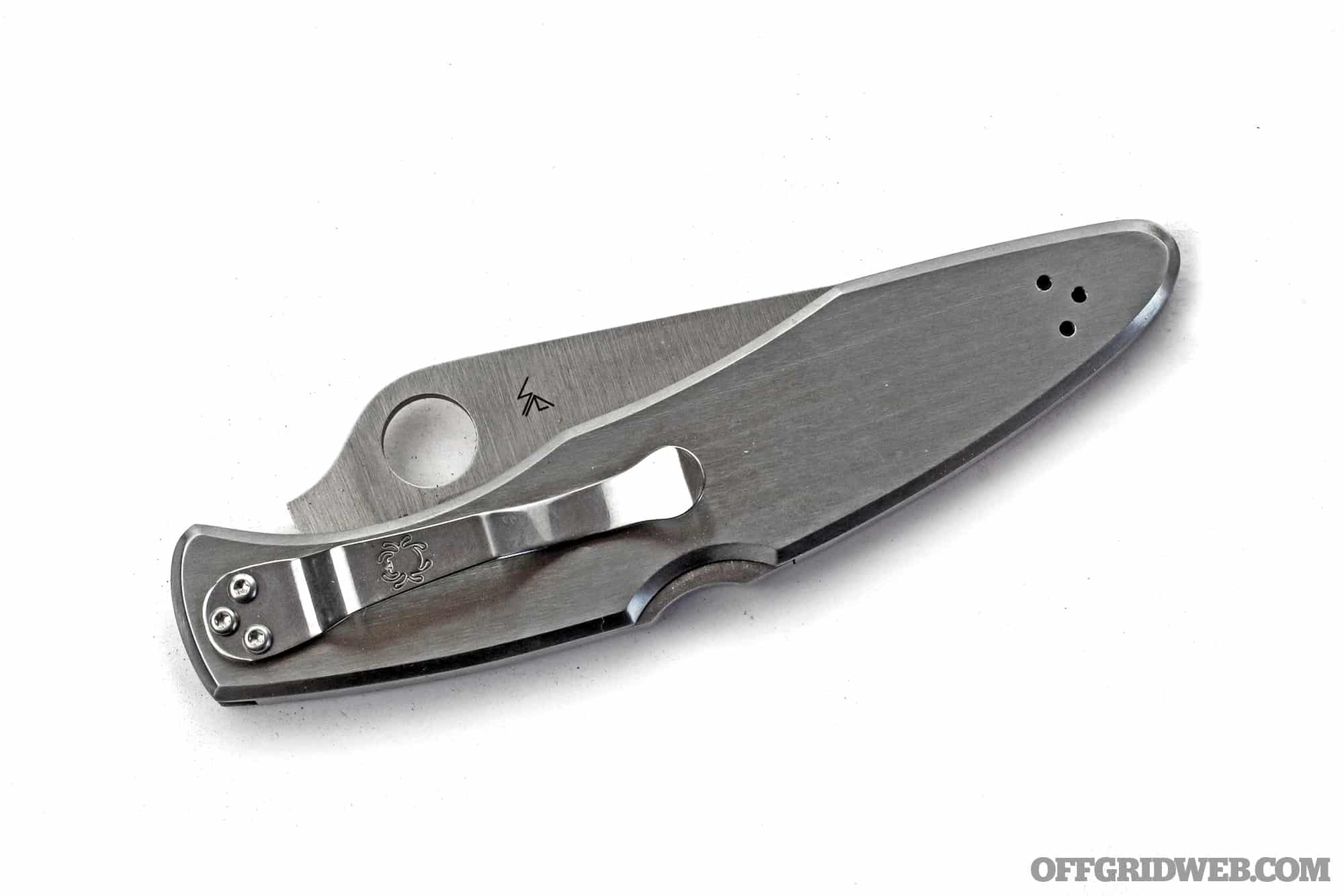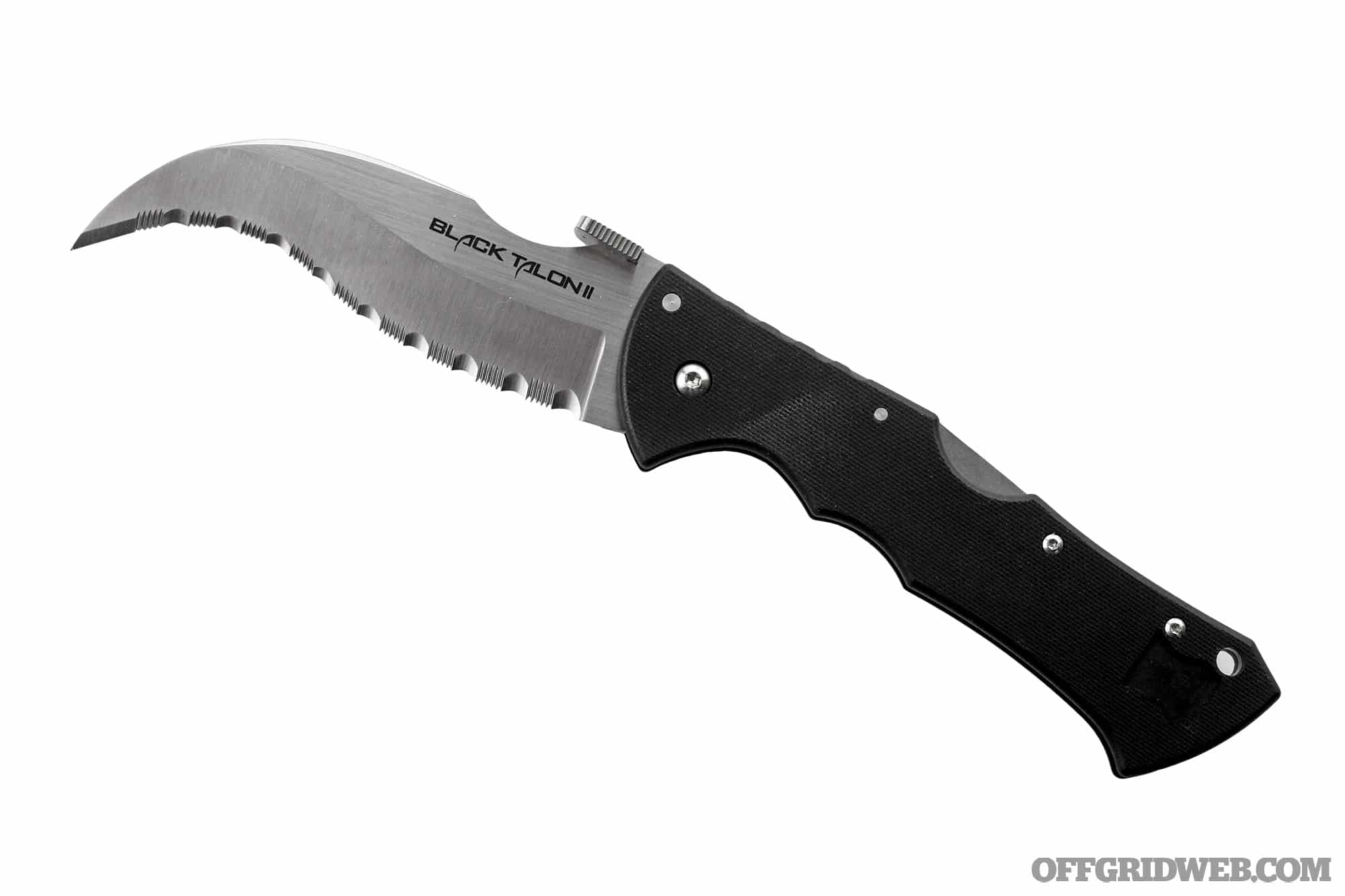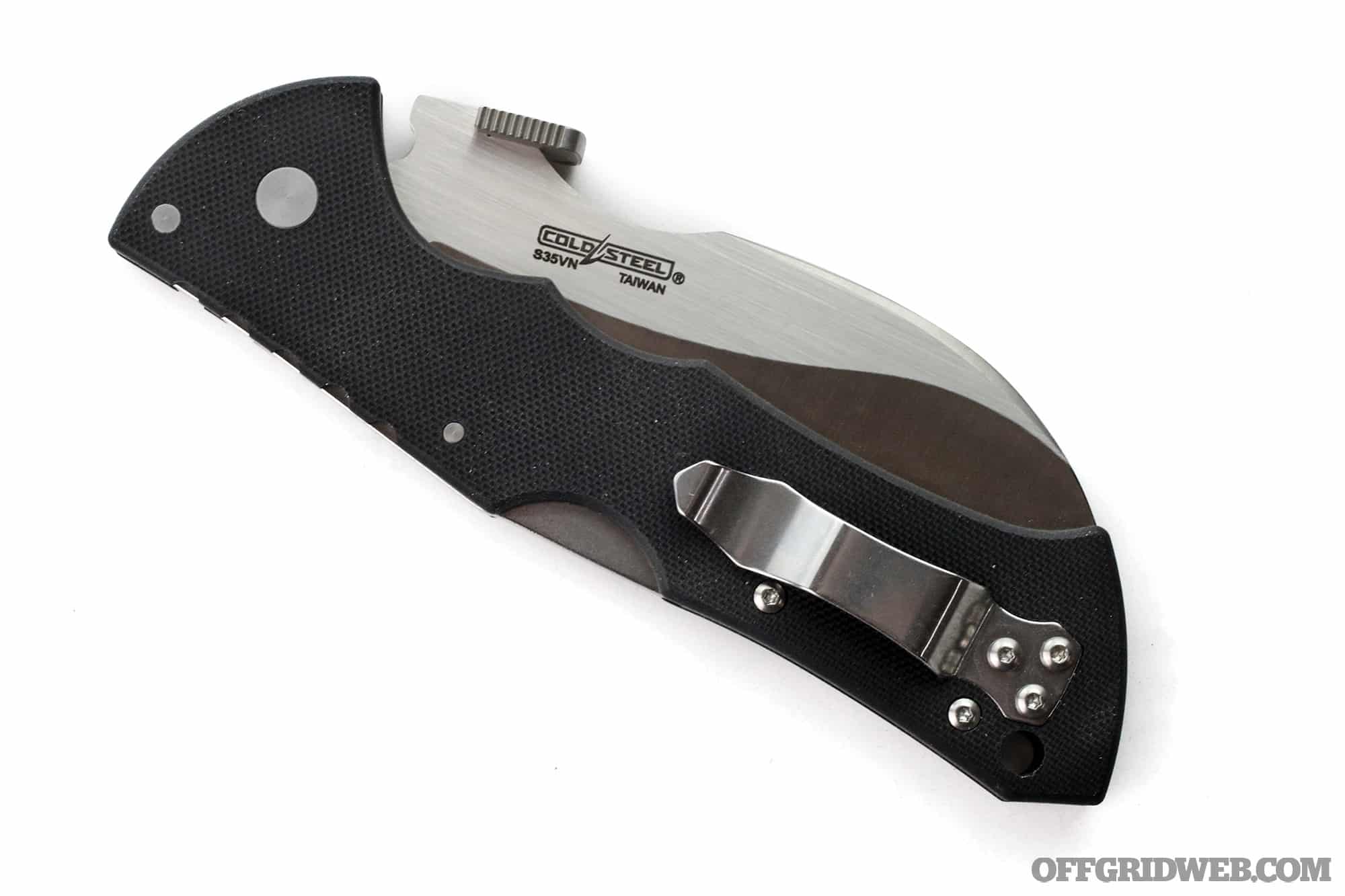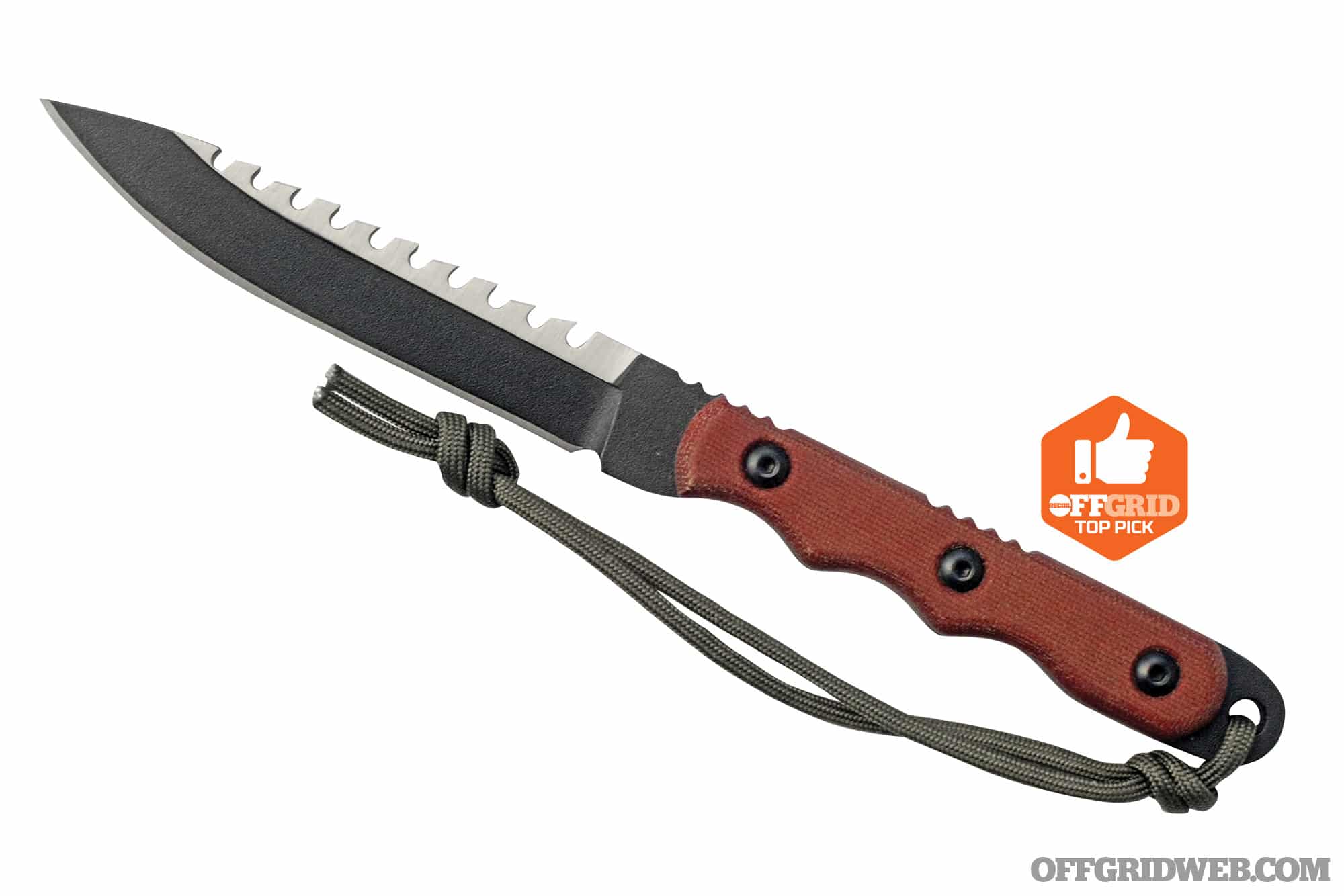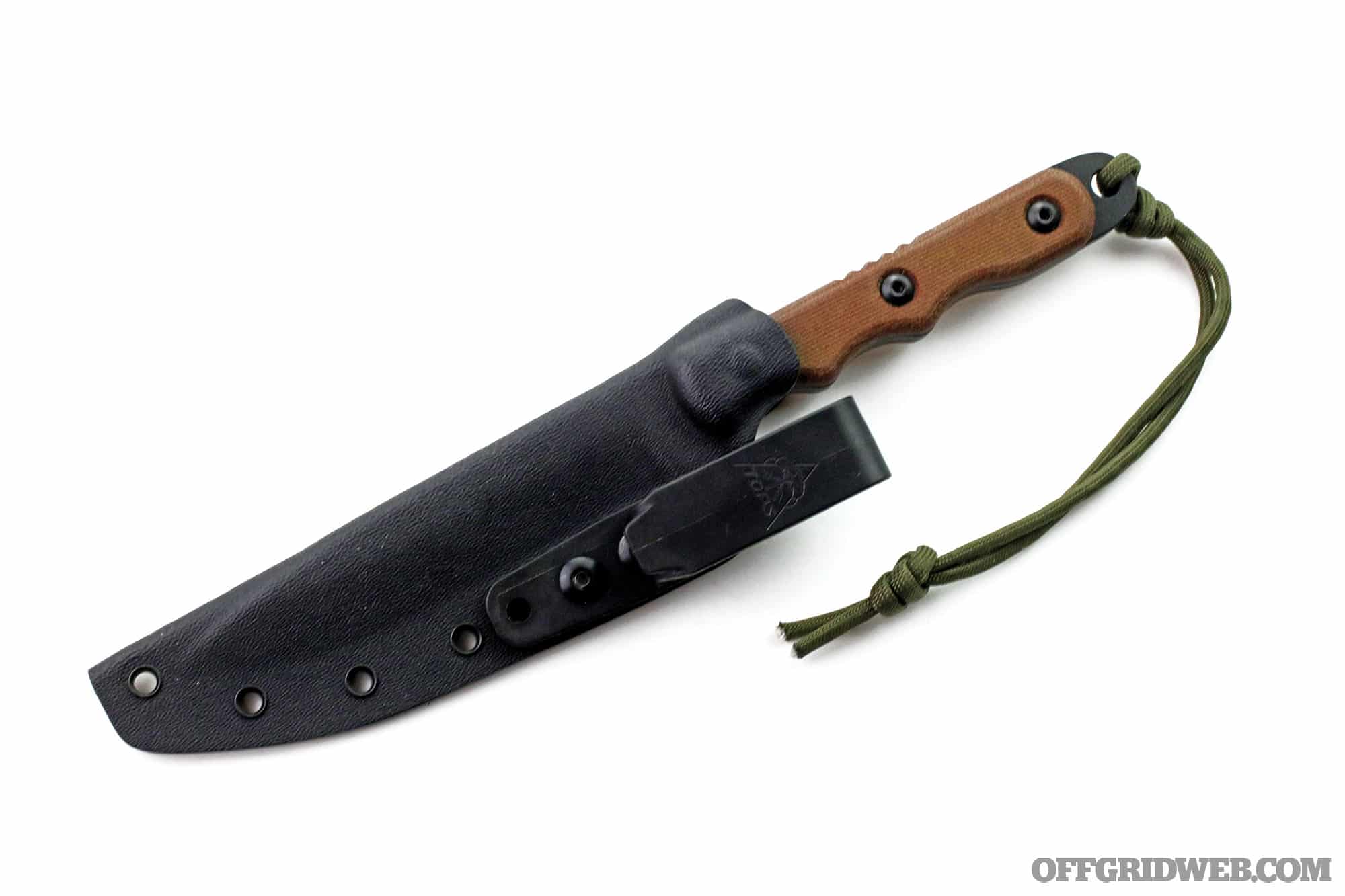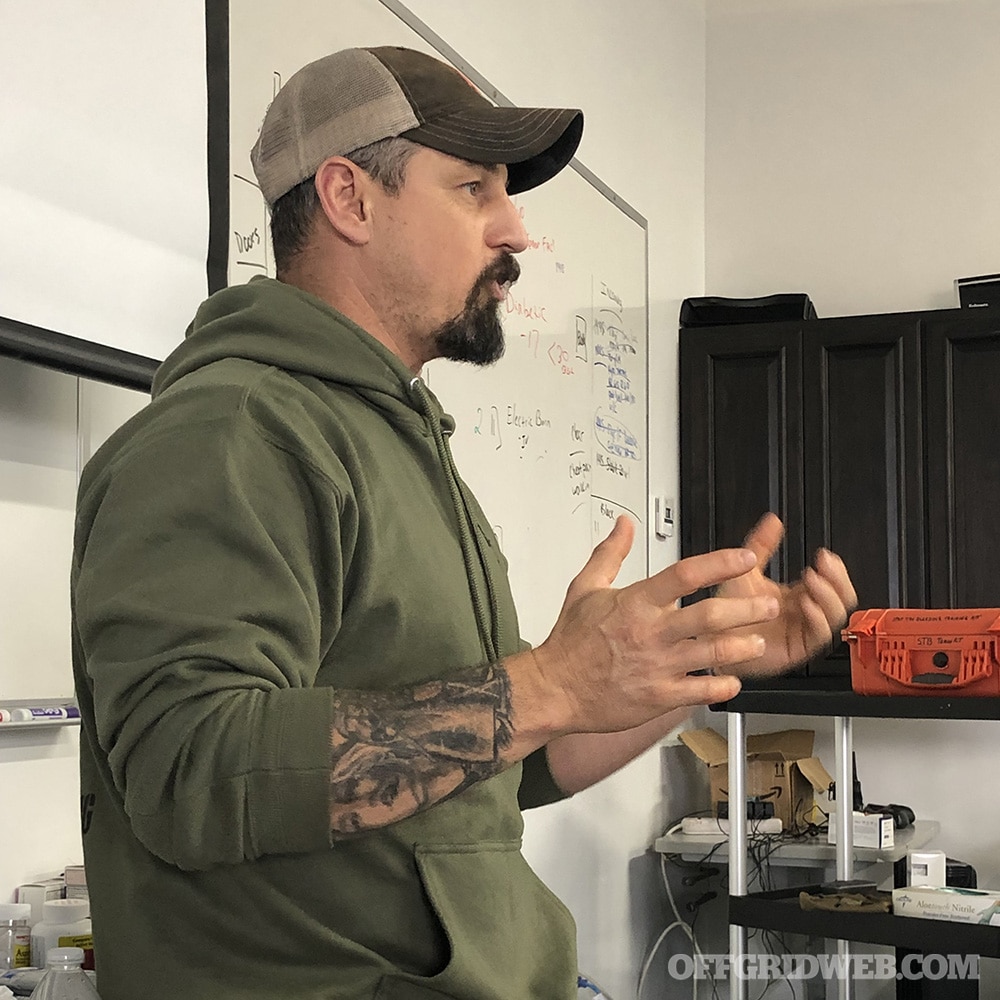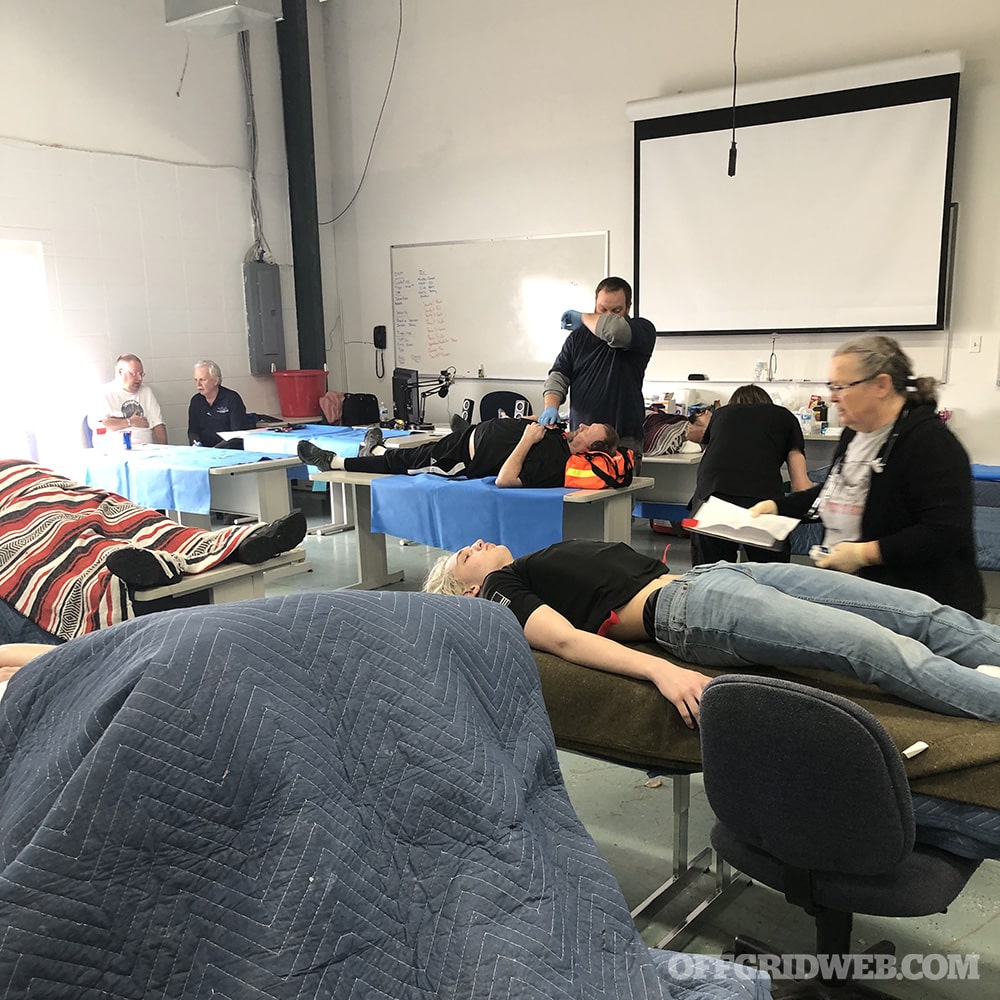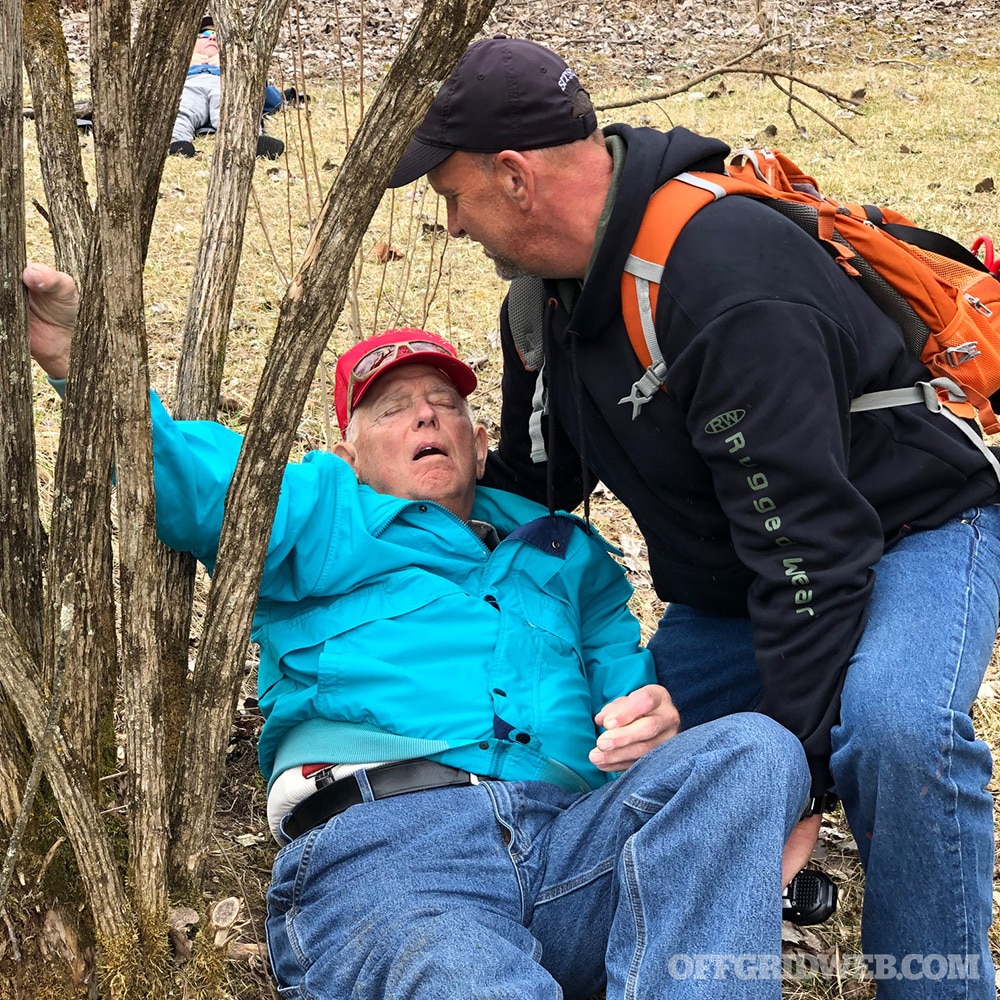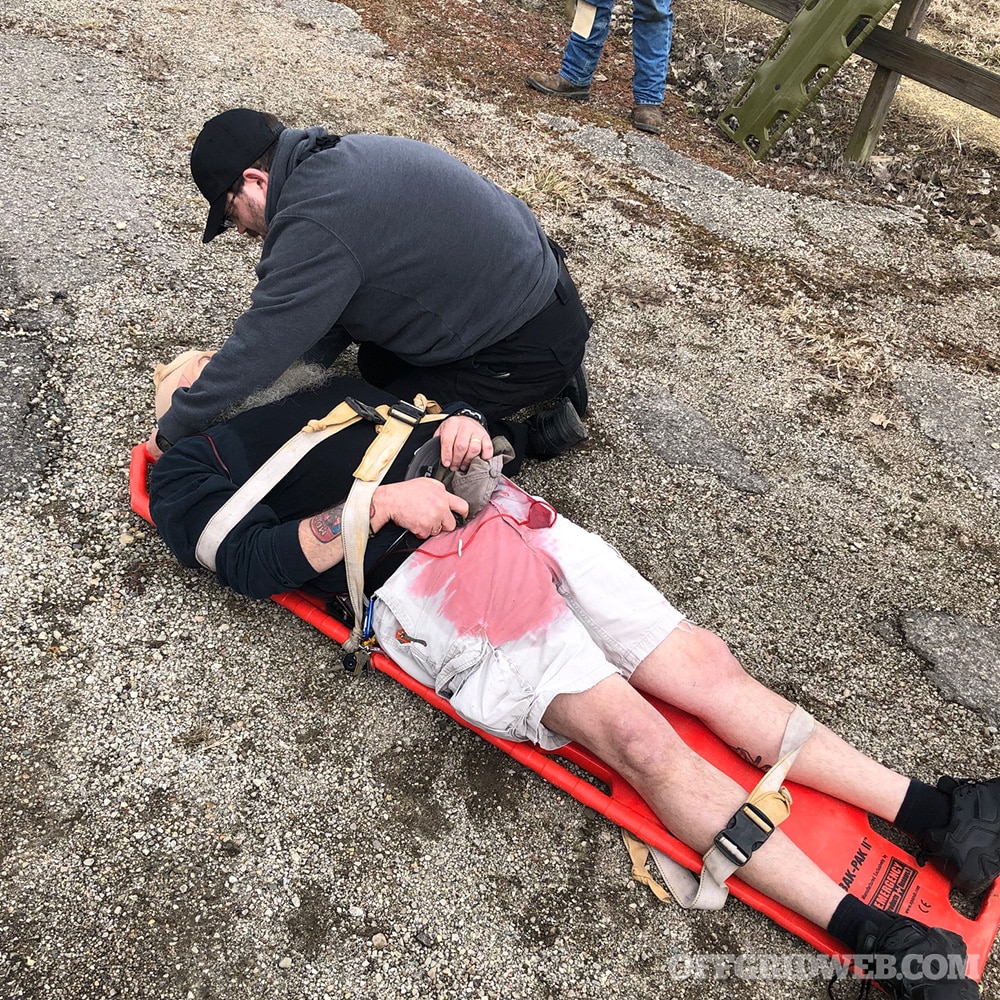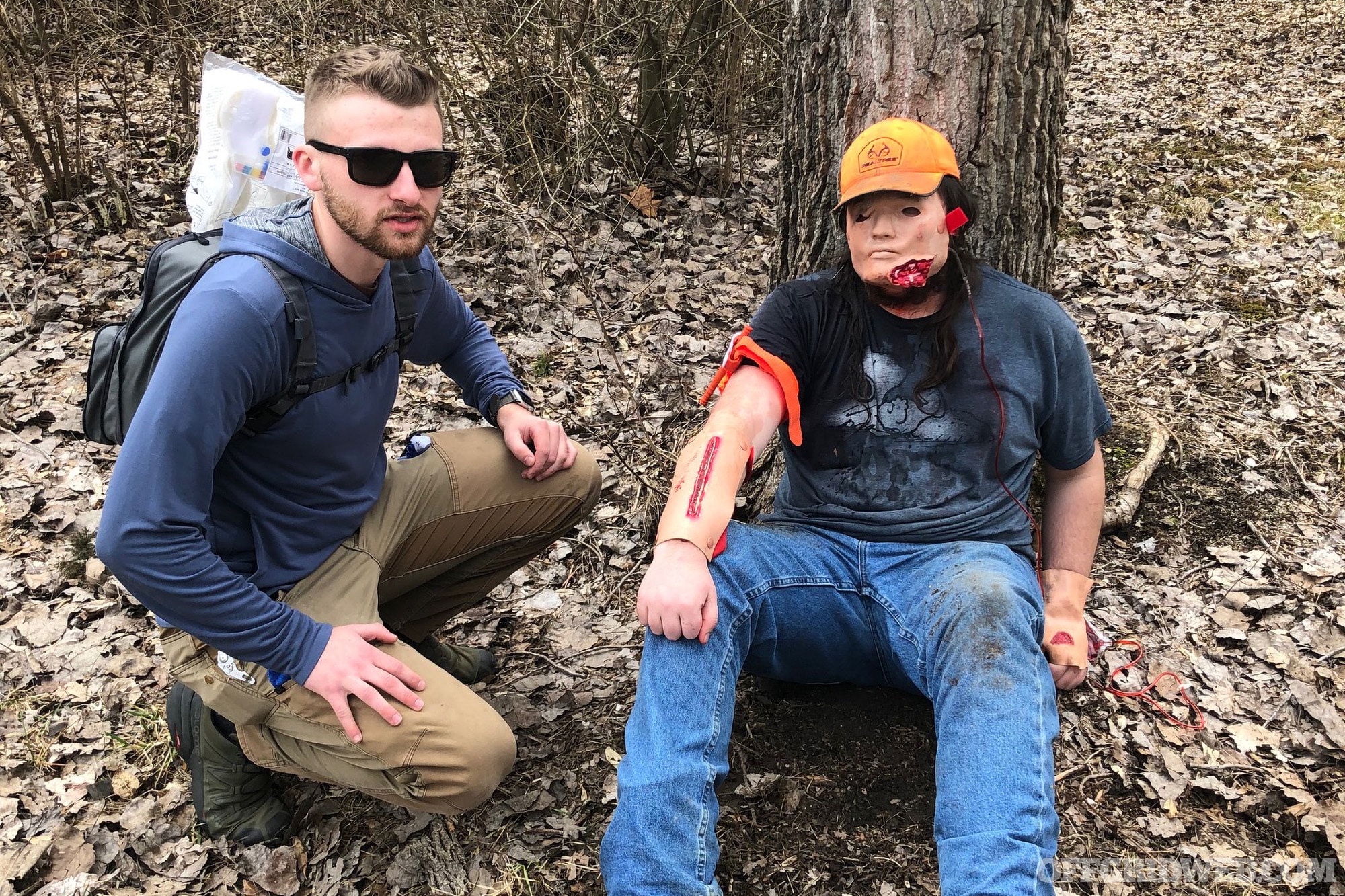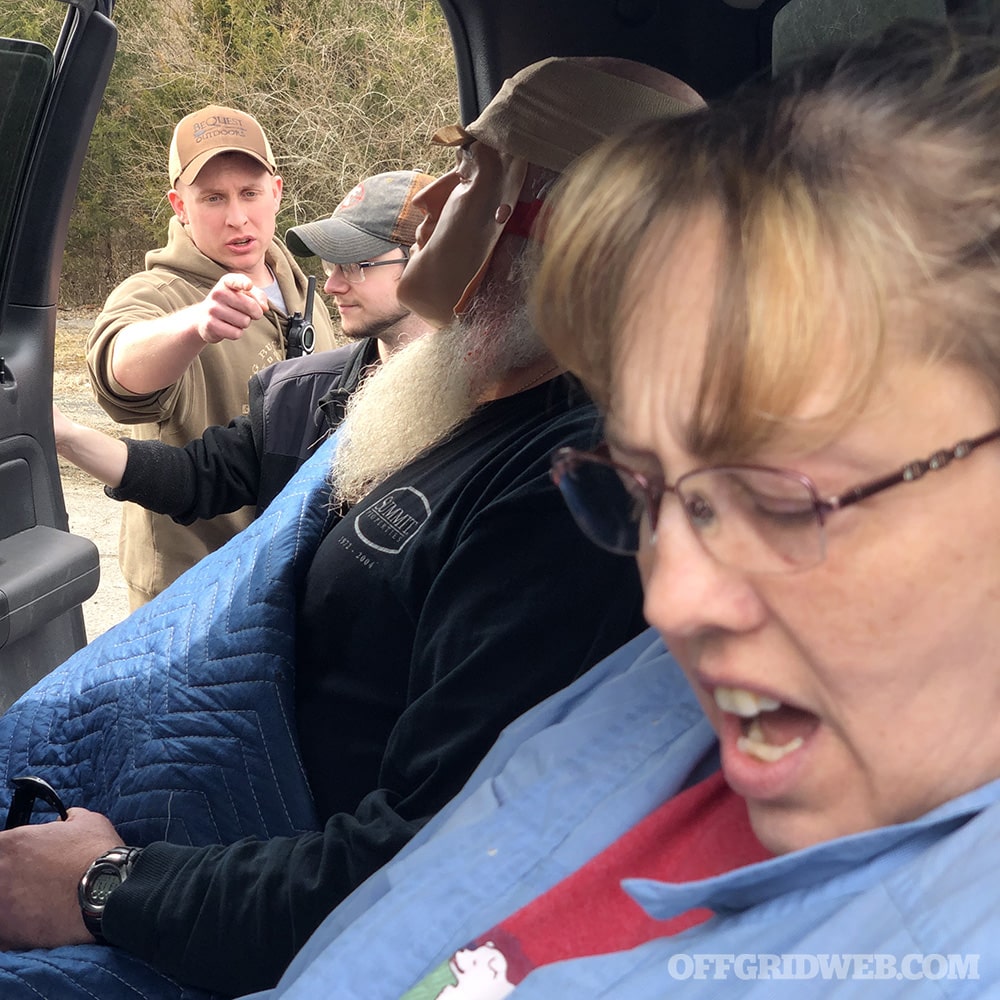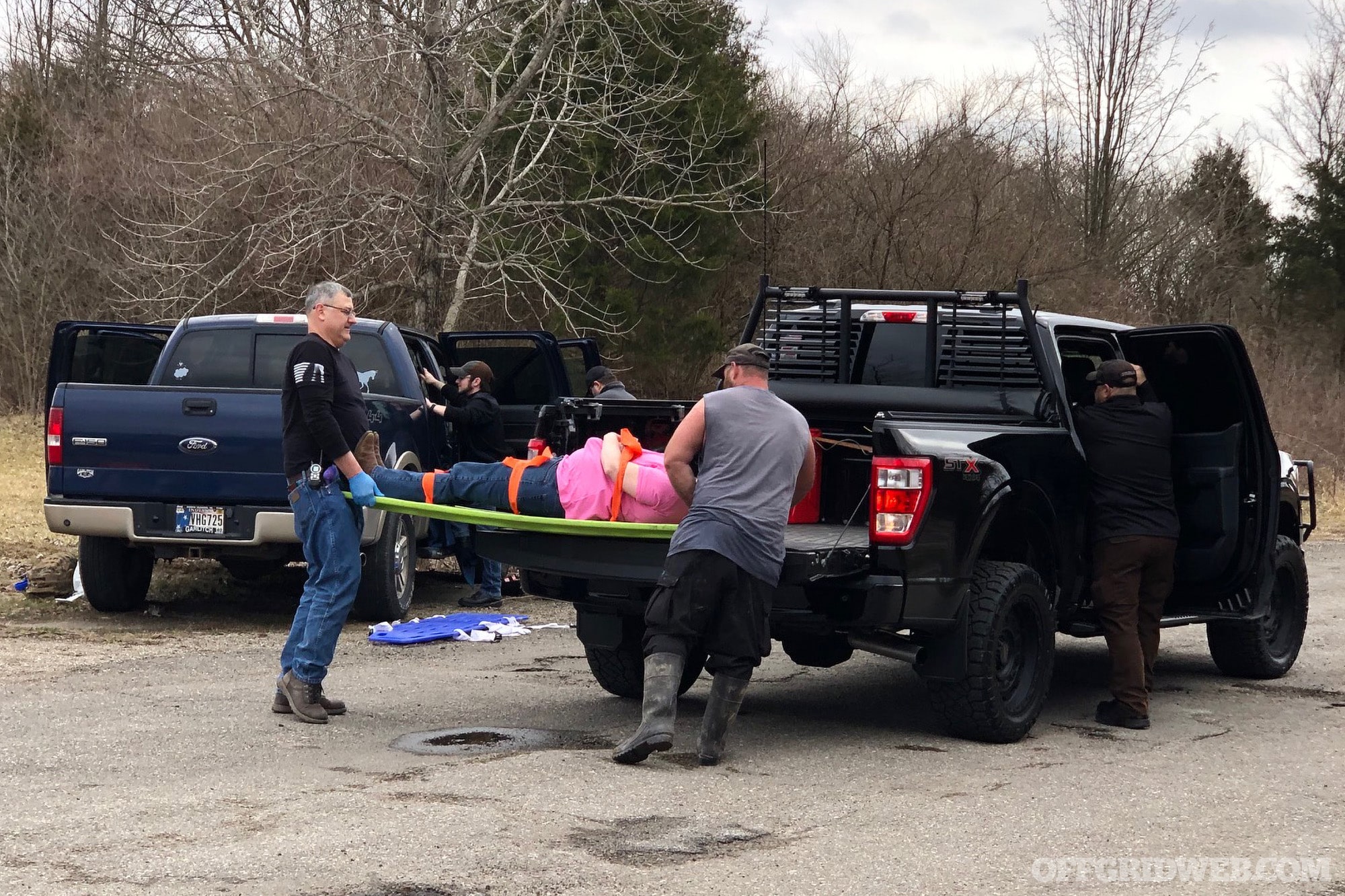In This Article
- CRKT Provoke
- Grayman Brief Hip Pocket Brief
- Stone Glacier Chilkoot 32° Quilt
- GRAYL 16.9 fl. oz. UltraPress
- Streamlight Pocket Mate USB
- Wiley X Paladin Gloves
- Q30 Innovations Q-Collar
- Salewa Rapace Gore-Tex
- Sitka Jetstream Jacket
- Corvus Survival Carrion
- Uncharted Supply Co The Seventy2 Pro Survival System
- Wazoo Cache Beanie
- Read More
Welcome back to our dive into the world of gear! In this edition of Gear Up, we explore the latest innovations and reliable classics that are key to staying prepared for any challenge. From cutting-edge technology to time-tested tools, our focus is on equipping you with insights and information that keep you one step ahead wherever the journey of life may take you. Whether you’re bracing for the unknown or fine-tuning your preparedness kit, join us as we unpack the must-haves for this month.
CRKT Provoke
NOTES
Creator Joe Caswell and Columbia River Knife and Tool (CRKT), a company renowned for high quality blades, has released a futuristic spin on a centuries-old tool. Like many blades whose origins derive from Asian culture, the karambit was used to harvest grains, such as rice. Should the need arise, it could be conscripted into martial service. Flash-forward to modern times, and we have the Provoke, engineered to take up the least amount of space, and then quickly deploy into its functional position. The ability to transform makes this knife a great option for EDC applications, since it can be attached to places that cause conventional knife profiles to become unwieldy. Made from D2, a high carbon, high chromium steel, the blade is extremely durable and resistant to corrosion. Combine that with its custom Boltaron sheath, and you have a lethal combination of durability and versatility.
BLADE LENGTH
2.41 inches
MSRP
$200
URL
crkt.com
Grayman Brief Hip Pocket Brief
PAGES
20
MSRP
$19
NOTES
Ever contemplate how time is spent in between the activities that fill your daily life? Standing in lines, riding on some form of transportation from point to point, or lulls during work can consume hours each day. This is time that could be frittered away engaging in nonsense (thank you, smartphones), or it could be used learning something useful and potentially lifesaving. Military folks might remember spending their downtime doing something called “hip-pocket training,” when someone who had some knowledge to pass along gave everyone a short class on whatever that knowledge was. Grayman Brief does just that and has put together a handy book loaded with quick tidbits of advice that can help you maintain your everyday situational awareness. Each page covers a topic to get you thinking outside the box and attempts to cue you in on your own potential physical security shortcomings. Forty short training sessions are included in a booklet no larger than a wallet and can be used for your own personal use or shared with anyone who is interested.
Stone Glacier Chilkoot 32° Quilt
R-RATING
32°
MSRP
$425
URL
stoneglacier.com
NOTES
Sleeping outside, without modern climate control, is tricky business. One-size-fits-all sleep systems can be cumbersome and have a loft distribution that’s less than ideal for staying warm. Conversely, form-fitting sleep systems may overheat the user or lose its heat retention simply by rolling the wrong direction. Stone Glacier addresses both of these concerns with its Chilkoot 32° Quilt. Engineered for backcountry autumn hunting, the quilt is lightweight for its temperature rating and compresses to a size ideal for most rucksacks. The unique feature about this particular sleeping system is its absence of a zipper, instead utilizing cinch straps that allow the user to adjust both warmth and ventilation, depending on how fickle the fall weather is. This opening is meant to face an appropriately R-rated sleeping mat, which also means that no matter how much you toss and turn in your sleep, you’ll have all of the Chilkoot’s insulation right where it needs to be.
GRAYL 16.9 fl. oz. UltraPress
EDITIONS
Nature, Covert
MSRP
$90
URL
grayl.com
NOTES
Water is the most important supplement a human body requires to stay healthy, and being active in the outdoors can quickly work up thirst. There are a couple options to slake that thirst: carry the extra weight of several liters of water or filter water from natural sources. Most savvy outdoor enthusiasts choose the latter. In the case of filtering, much time is spent digging around in a pack for tubes and filters, getting it set up, then pumping, or physically sucking the water through the filter. GRAYL eliminates many of these steps with their UltraPress water purifier bottle. Simply find the clearest source of water nearby, fill the outer reservoir, then press the inner filter sleeve down to the bottom. In approximately 10 seconds, you’ll have 16.9 ounces of water that has been filtered of 99.99 percent of viruses, 99.9999 percent of bacteria, and 99.9 percent of protozoan cysts, ready to drink. Each filter is capable of 300 presses, which comes out to nearly 150 liters of clean drinking water throughout its life cycle.
Streamlight Pocket Mate USB
COLORS
Blue, Pink, Red, Silver
MSRP
$24
URL
streamlight.com
NOTES
Illumination in the dark is a wonderful thing, especially for those times you weren’t expecting to need it. Hand torches of innumerable size and lumen output are all over the place, but they take up a ton of room, and most folks don’t want to carry one in their pocket all day just for the off chance they might need it. Most phones have a dedicated light, but trying to point a phone light with your hands full of anything else is a recipe for a cracked screen. Having a dedicated light that’s small enough to become a part of your EDC offers many advantages, and the Pocket Mate fits this bill. Clip it easily to a key ring, zipper pull tab, or D-ring, and you have a light source that ranges from a subtle 45 lumens to as bright as 325. Weather-resistant, impact tested to 1 meter, and a run time up to 1 hour, the Pocket Mate is an affordable source of reliable illumination. Being able to charge via USB is another plus, since it eliminates the need to crack it open and replace specialty batteries.
Wiley X Paladin Gloves
COLORS
Coyote Brown, Foliage Green
MSRP
$105
URL
wileyx.com
NOTES
Finding gloves to keep your mitts warm and dry is easy. Doing this while offering protection from physical damage and maintaining agile dexterity is not. This is where Wiley X comes in with their Paladin glove. Padded knuckles and reinforced goatskin guard your hands against potential impacts, abrasions, and cuts. Lightweight DRIFIRE fleece insulation wicks away moisture and keeps things dry, an important feature when operating in colder weather. Nomex on the back of the hands provides further ventilation and makes the Paladin gloves flame-resistant. These gloves strike a Goldilocks balance between warmth and agility, perfect for field work or a cool weather shooter.
Q30 Innovations Q-Collar
SIZES
11-18
MSRP
$199
URL
q30.com
NOTES
Much attention has been given in recent years to athletes and servicemen and women suffering from traumatic brain injury (TBI). The effects of TBI can vary widely, ranging from recurring headaches to life-changing cognitive impairments. Sufferers from head injuries may end up spending a fortune in medical bills to treat the symptoms. So when Q30 Innovations released their Q-Collar product, it offered an affordable way to mitigate the effects of head trauma. Using the Q-Collar is simple: measure your neck size, purchase the corresponding collar, and wear it. While it’s worn, it prevents the rapid movement of blood in the brain during a sudden impact to the head, reducing the physiological stress that would normally occur. There’s enough data to back up the collar’s effectiveness, and it’s cleared by the FDA. Athletes competing in high impact sports, shooters, or anyone who may be subjected to explosive atmospheric pressure would benefit from wearing this.
Salewa Rapace Gore-Tex
FUNCTION
Alpine Hiking
MSRP
$300
URL
salewa.com
NOTES
Salewa is an international mountaineering company with a history that goes way back to the 1950s and a philosophy inspired by the Dolomites. The Rapace boots reflect this industry-leading vision by offering features that any climber or hiker will appreciate. For starters, the boots come with durable climbing laces, Vibram soles, and Gore-Tex lining. Since no two feet are the same, they also come with a Multi-Fit-Footbed (MFF) liner that can be altered to achieve the perfect fit. Salewa also uses the 3F System, which connects the insole with the toes and heels with steel cables that provides support exactly where it’s needed during a climb. The lugs are designed to grip rock and skree like a bona fide mountain goat. Top it all off with abrasion- resistant outer material and you have a boot that was made for exploring the high places of the world.
Sitka Jetstream Jacket
COLORS
Blaze Orange, Deep Lichen, Eclipse, Elevated II, Granite, Mud, Optifade Open Country, Optifade Subalpine, Sitka Black, Waterfowl Marsh, Waterfowl Timber
MSRP
$379
URL
sitkagear.com
NOTES
Famous guidebook author Alfred Wainwright famously said, “There is no such thing as bad weather, only unsuitable clothing.” This is especially true when something as simple as the wind can drive a comfortably cool day into harmful windchill territory. To combat this, Sitka has released the Jetstream, a jacket that features a 100-percent windproof Gore-Windproof technology. It isn’t a hard plastic shell either, but a soft, rain-resistant polyester fiber. Micro-grid fleece keeps the inner jacket toasty, and armpit vents can open wide to expel any uncomfortable excess heat. The Jetstream is a lightweight jacket, weighing in at 26 ounces, making it ideal for being physically active when the temperature outside begins to drop. It also comes in enough colors to suit the needs of both hunters and outdoor recreation enthusiasts.
Corvus Survival Carrion
BLADE LENGTH
2.6 inches
MSRP
$275
NOTES
Developed and engineered by Corvus Survival’s legendary Jerry Saunders, the Carrion is a blade with the primitive scavenger in mind. Forged from 80CrV2, aka Swedish Saw Steel, the blade is easy to maintain and resistant to the elements, and the Scandi grind makes quick work of a robust variety of cutting tasks. An ambidextrous Kydex sheath allows the blade to be drawn and stowed from either direction. The Carrion’s size and shape lends to its strength and versatility, capable of bone-breaking cuts or slicing through a woody stem with finesse. The Carrion has even proven itself capable of shredding through the exterior of a car door. The primary ways to handle the blade are with a 3.5-finger forward grip or a four-finger reverse grip. Its handle is wrapped in specially treated hemp, making it easy to manipulate in tight spots and further adding to its primal aura. Handmade under the skillful eyes of a formidable bladesmith, the Carrion is built to endure.
Uncharted Supply Co The Seventy2 Pro Survival System
COLORS
Black, Olive, Orange, Red
MSRP
$589
NOTES
Preparedness organizations, such as the Red Cross and FEMA, have published lists of items they recommend every household should have on hand in case of an emergency. They’re not referring to the often-contemplated SHTF scenario either. These emergency experts want the average citizen to be able to fend for themselves in much more common situations. Wildly fluctuating weather patterns and a less than adequate energy infrastructure has humanity across the globe scrambling for life-saving gear. To meet this rising chaos, Uncharted Supply Co has put together a pack that literally has it all. Nestled within the durable, 36L waterproof backpack is everything needed to support two or more people until the utilities come back online or help arrives. Food, medicine, shelter, clean water, warmth, power for devices, and even clean air, it’s all packed ergonomically and efficiently into The Seventy2 Pro Survival System. High-quality items, all collected and packed, eliminate the need to hunt for gear from a multitude of sources and makes being prepared a simple endeavor.
Wazoo Cache Beanie
COLOR
Charcoal Grey
MSRP
$90
URL
wazoogear.com
NOTES
Wazoo has been changing the way people think about EDC, survival, and overall preparedness for a while now, especially when it comes to their Cache gear, clothing, and accessories that hold micro-sized gear that will keep you alive when it counts. Not to be outfoxed by winter weather, the Cache Beanie is here to keep your noggin toasty and hold on to those vital pieces of kit. This watchman’s-style beanie is made from 100-percent Italian Merino wool, by the talented Wazoo team in Colorado. The fleece inside panel also doubles as a pocket, perfect for stashing a few fire plugs, cash, cards, or anything else you deem useful. One of the coolest aspects of Wazoo gear is that nothing is designed haphazardly. Everything has a reason, or a purpose for being there, including include the Wickett & Craig leather tab, which can be removed and used for other purposes and even has some common unit conversions on the back.
Read More
Subscribe to Recoil Offgrid’s free newsletter for more content like this.

